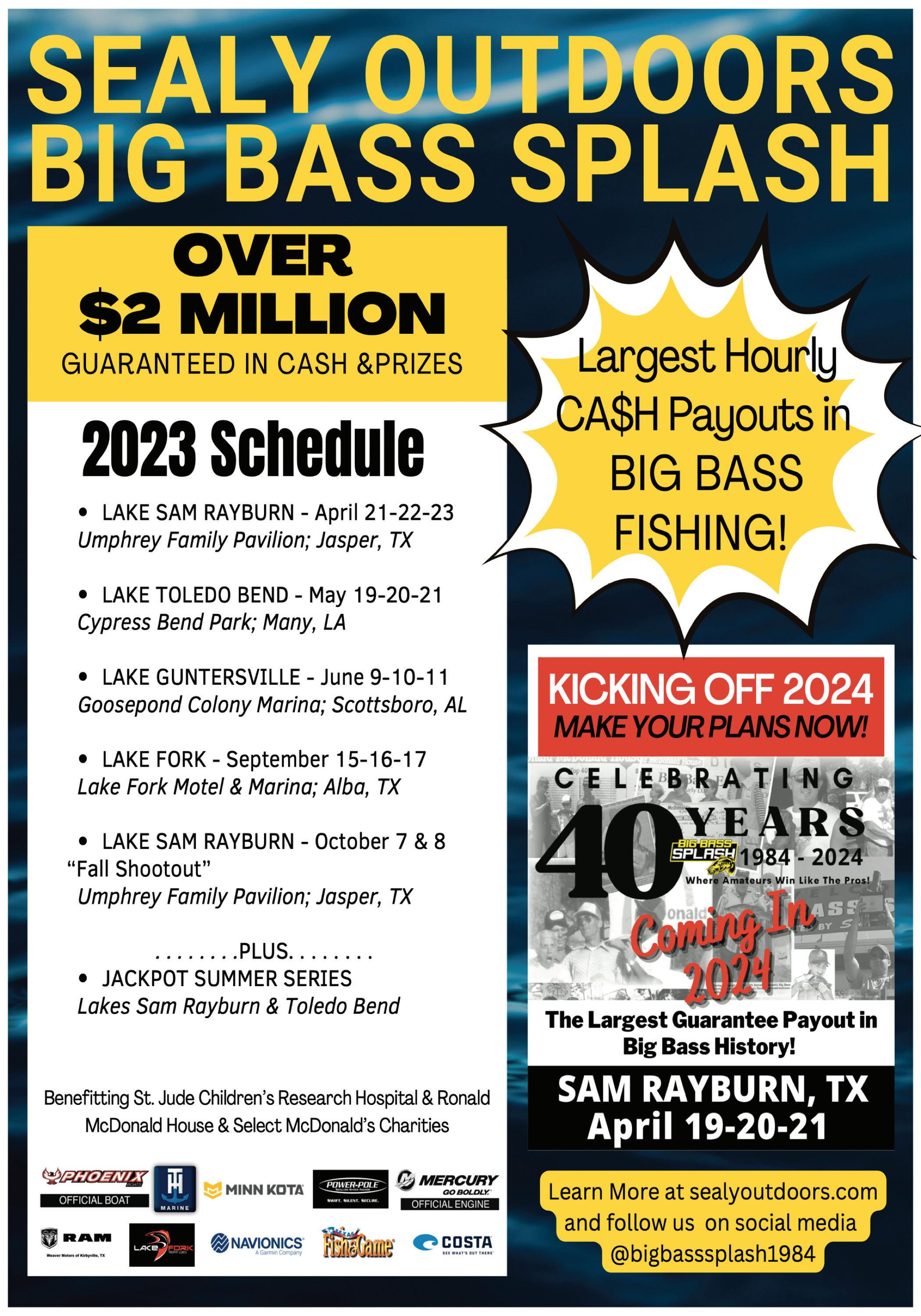














:: by ROY & ARDIA NEVES





















THE GOOD NEWS FIRST: GAS prices at the pump are ge ing back to pre-insanity levels (thankfully, not low enough to make Texas oilmen start biting their nails). Meanwhile, runaway in ation appears to be running out of steam.

e bad news is, in ation is still at a 40-year high and even when the rate drops to half its current level, it will still mean prices are going up faster than most people have seen in their lifetimes.
It costs more to buy, and do, just about everything now. e prospect of lling a boat’s gas tank probably killed more shing trips these past two years than the worst weather pa erns could have.
Fishing gear has been harder to nd and more expensive.
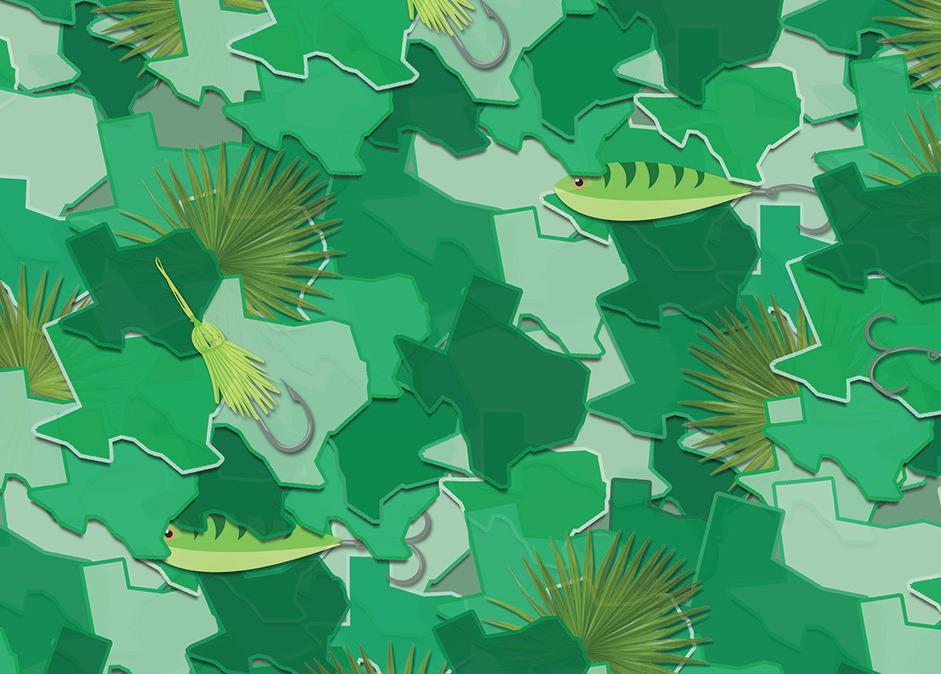
en, of course, there’s boats. Boats ew (sailed?) o dealer lots faster than builders could make them during Covid lockdowns. Great for dealers, not so great for shoppers looking for a deal. But with li le else to spend money on, few quibbled. We just wanted to get out of the house and on the water. en the lots emptied, and overseas shipping came to a halt. Sure, 99% of our type of boats are built in the USA... but motors and a boatload of components aren’t, and that created a bo leneck that still persists, along with higher pricing. Once rising interest rates elbowed their way into the in ation free-for-all, boat shopping got really fun.
Supply shortages and hyper-in ation also hit hunters and sport shooters. Holy cow... for most of the pandemic months, ammo was harder to nd than a Boone & Crocke buck. Now that supplies are showing back up on store shelves, they’re sporting shiny
new in ated prices.
Meanwhile, anyone looking to buy—and nance—land for hunting, or a place at a lake or on a beach, has had to endure interest rates that no one has had to pay since the Bush Administration.

All other categories of spending related to hunting and shing are also su ering the same experience as the general economy, with prices for everything from lures and deer corn to shing shirts and hunting boot socks running a lot higher than a year ago.
Still... it’s safe to say that life for all of us, as we enter this new year, is vastly improved over the pandemic-darkened days of 2020 and the political and economic turmoil of ‘21 and most of ‘22.
Yes, prices are higher. But as we’ve said, they have stopped skyrocketing, and gasoline has taken a sharp downward turn. And at least in the nal weeks of 2022, those interest rates that were shooting for the sky all year have slowed their ascent.
An $80,000 bass boat is nice—who wouldn’t love scooting between hotspots at Autobahn speeds and spying on sh with NSA-level surveillance gear?—but it’s not a requirement to enjoy a day of shing.
As for sporting in the eld, day hunts are available all over for hog and varmints. Texas Parks & Wildlife has done a great job providing access to public land for all sorts of hunting, from birds to big game.
Outdoor in ation... “out ation” ...may be a pain we all have to bear, but there’s still plenty of value in ge ing outdoors and nding ways to keep shing and hunting.
uEmail Ardia at aneves@fishgame.com

Email Roy at rneves@fishgame.com

TEXAS FISH & GAME (ISSN 0887-4174) is published bi-monthly by Texas Fish & Game Publishing Co., LLC., 3431 Rayford Road, Suite 200-408, Spring, TX 77386. ©Texas Fish & Game Publishing Co., LLC. All rights reserved. Content is not to be reprinted or otherwise reproduced without written permission. The publication assumes no responsibility for unsolicited photographs and manuscripts. Subscription rates: 1 year $24.95; 2 years $42.95; 3 years $58.95. Address all subscription inquiries to Texas Fish & Game, 3431 Rayford Road, Suite 200-408, Spring, TX 77386. Allow 4 to 6 weeks for response. Give old and new address and enclose latest mailing address label when writing about your subscription. POSTMASTER: Send address changes to: TEXAS FISH & GAME, 3431 Rayford Road, Suite 200-408, Spring, TX 77386. Address all subscription inquiries to TEXAS FISH & GAME, 3431 Rayford Road, Suite 200-408, Spring, TX 77386.





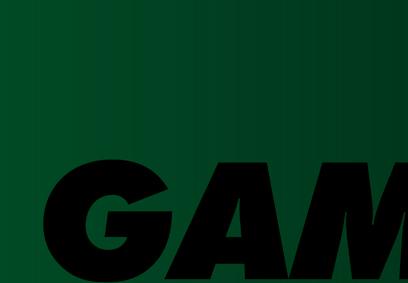
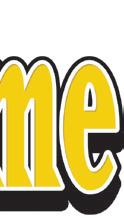
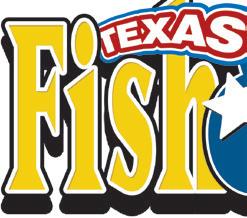
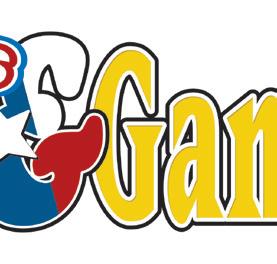

Email change of address to: subscriptions@fishgame.com. Email new orders to: subscriptions@fishgame.com.










Email subscription questions to: subscriptions@fishgame. com.
Periodical postage paid at Houston, TX 77267-9946 and at additional mailing offices.
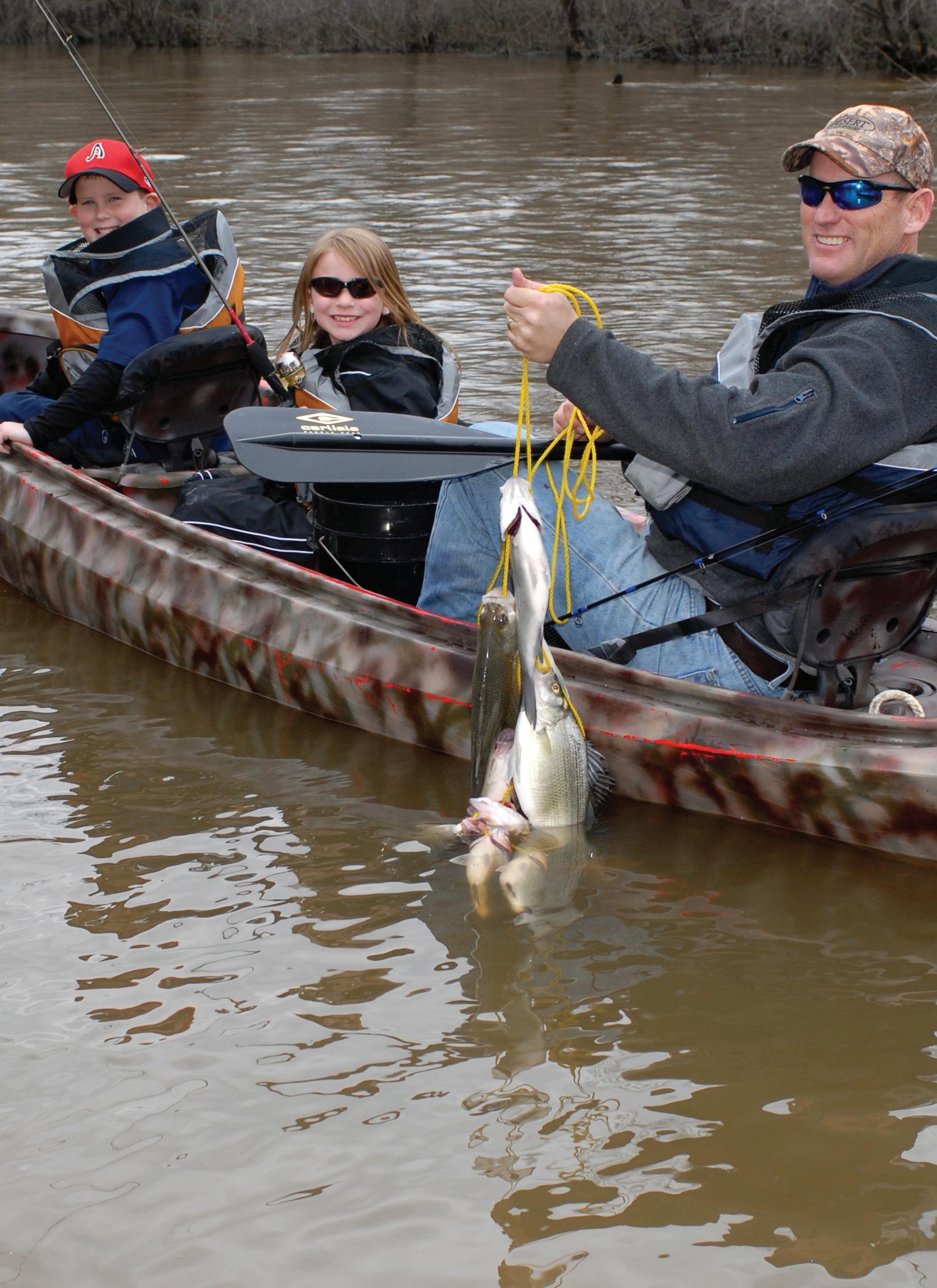

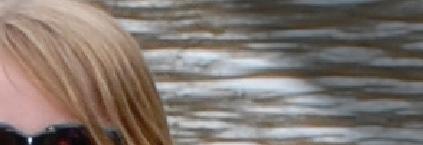










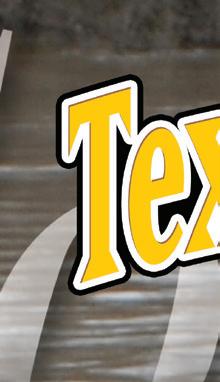


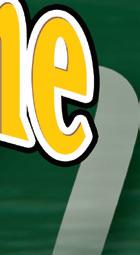

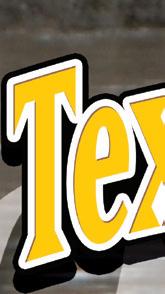



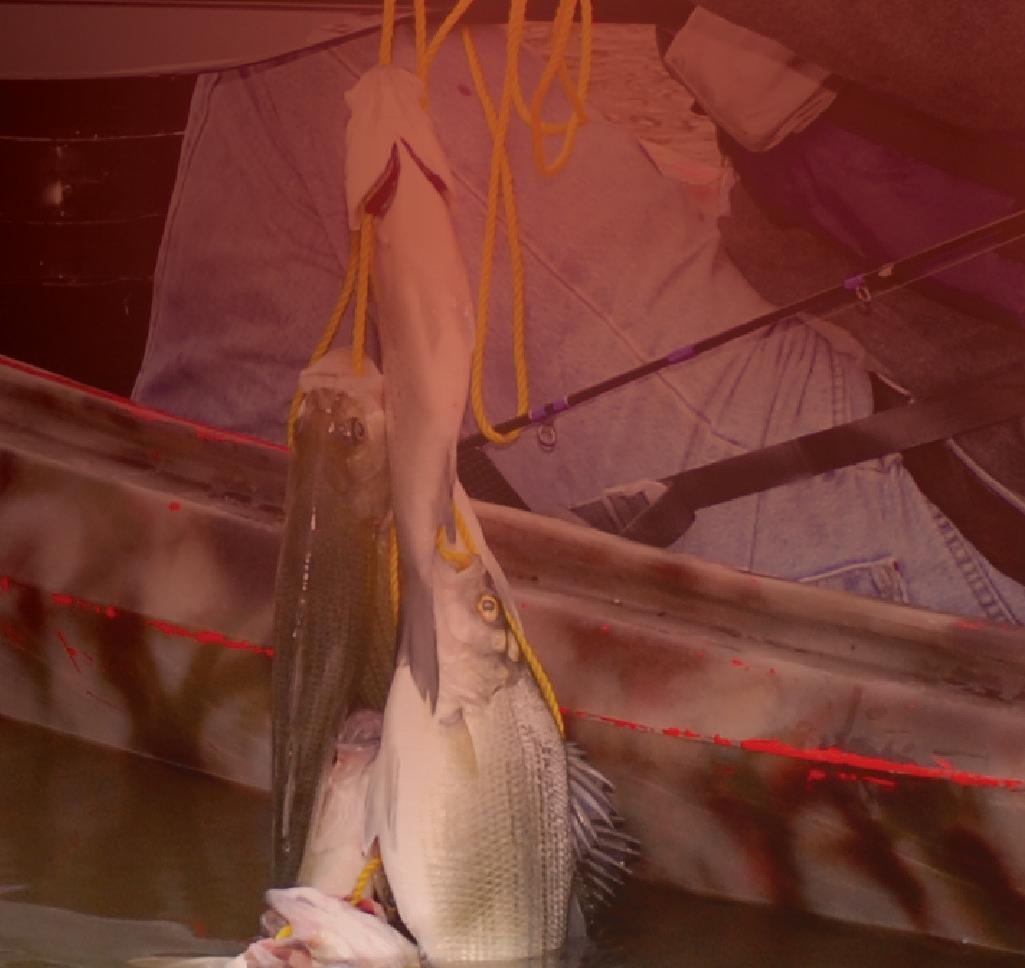



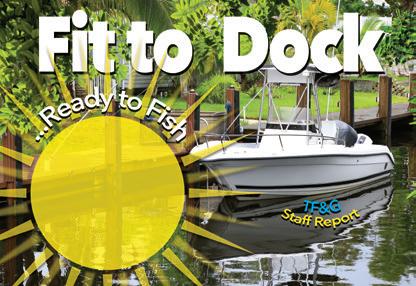

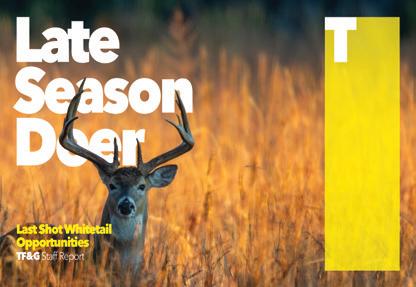

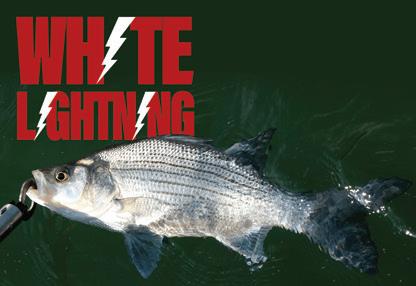






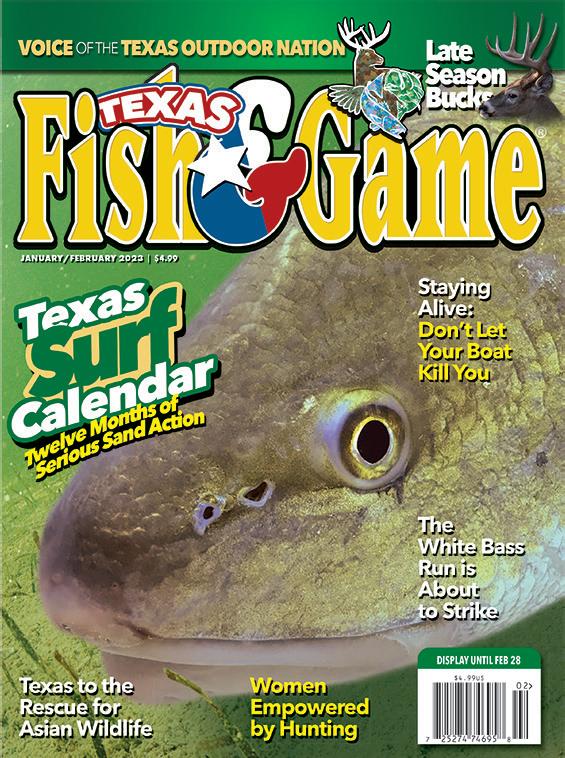


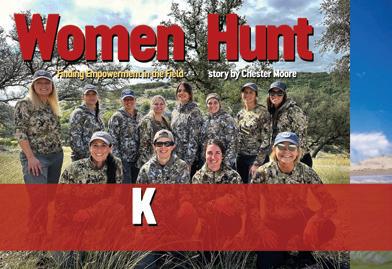


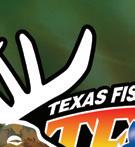









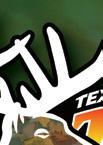
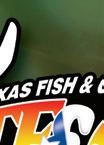

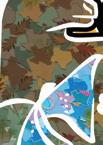









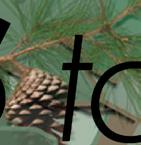

I LOOK FORWARD TO GETTING MY TF&G Report every week. It’s great for you guys to keep us on top of such important issues and to give us all of the top-notch how-to stories. ank you!
 Rick Bell
Rick Bell
I LOVE THE FACT I CAN GET MY outdoor news that ma ers to me through Texas Fish & Game in the newsle er that arrives in my inbox. ank you for not only showing us what’s going on in Texas but wildlife issues that ma er around the nation.
 Warren Crosby
Warren Crosby
Editor: It’s our honor and privilege. e TF&G Report takes a lot of work but it’s well worth it when we hear testimonies like this.
IS IT TRUE THERE ARE CAPE BUFfalo in Texas? I have heard reports, but wasn’t sure.
Larry TalbotEditor: ere are limited numbers of Cape bu alo on a few ranches in Texas. We recently heard of one taken on a ranch. From what we’ve heard you could go on several safaris in A ica for the price of one limited opportunity at a Cape bu alo in Texas.

CHESTER, I HAVE READ ABOUT your Higher Calling Wildlife project for kids and it sounds amazing. I was wondering if you could give me the quali cations and some of the projects you’ve done this year.
Elen Kates

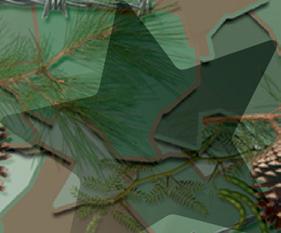

Editor: Higher Calling Wildlife is all about taking teens on expeditions and teaching them to use media for the sake of wildlife conser-
Colorado. In the past we have taken catchand-release trips for Guadalupe bass in the Nueces River and have partnered with Texas Parks & Wildlife and the National Wild Turkey Federation on le ing kids help release wild turkeys. In 2022 we also took a young lady on a photo expedition of YO Ranch Headquarters and she shot photos to use as reference for art.
vation through the North American model. Our focus is primarily on teens facing special challenges such as parental loss, living in the foster system and critical illness. is year we took a young man named Elijah Whiley om Colorado on a photographic expedition for bighorn sheep, mule deer and elk in Estes Park,



If you know of a teen who quali es, shoot me an email at chester@chestermoore.com
Email Your Comments to editor@fishgame.com




SAYING I WAS EXCITED TO go to South Padre Island was an understatement.

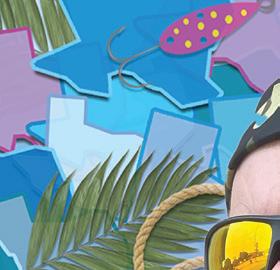
For the last four years, I have been mentoring a teen named Nathan Childress through our Higher Calling Wildlife program and we were headed down south to sh for reds, specks, and snook with Capt. Luis Flandez and Capt. Brian Barerra.
Nathan wants to be a game warden and establish a sporting life that puts conservation at the forefront.
We were 7 days out from leaving so I logged onto my favorite weather app to check out the 10-day forecast.
My heart sank.
e day of our arrival showed a high of 21 degrees and a low of 17. e next day was worse with a 19-degree high and 14-degree low.
As my mind immediately raced to the tragic coastal freeze of 2021 and the untold numbers of dead sport sh I could look no further. How would the coast, particularly the Middle and Lower Coast handle another tragedy so quickly?
Suddenly, I realized I downloaded an update for this app. e last time there was an update the temperatures went from Fahrenheit to Celsius and I had to manually adjust the se ings.

And that’s exactly what happened this time.
Whew.
e temperature was going to be 69 degrees, not 21. Much be er.
But this incident got me thinking about the 2021 freeze, future events, and the status of not only the coast, but Texas wildlife habitat as a whole.
We are facing unprecedented pressures on our natural resources through population growth. From 2010-2020 we added four million people to the state. at’s people who take up wildlife habitat with homes and businesses and put pressure on resourc-
es such as water and yes, even our wildlife. e pandemic sent people into the outdoors in record numbers, which means more people vying for the same sh, ducks, and deer.
a decade that we must directly confront hab-







I have been sounding the alarm for nearly a decade that we must directly confront habitat issues, not only on land, but in the water. It has been great to see CCA, Flatsworthy, and others respond to put pressure on Texas Parks & Wildlife to make changes in how and where oysters are harvested.
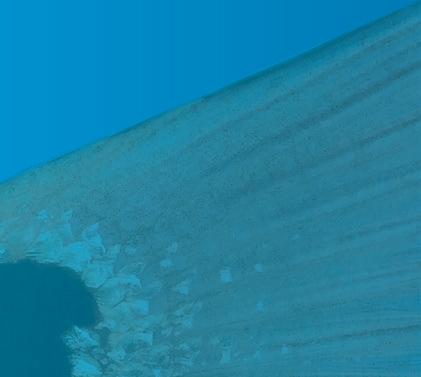

I salute Texas Parks & Wildlife for making the moves they did in 2022. Oyster reefs are crucially important to Texas bay health and are vital habitats for everything from bait sh to bull drum.
e Texas Bighorn Society is responding to drought conditions in the Trans Pecos by pu ing our water-collecting guzzlers. is not only aids beloved desert sheep, but mule deer, javelinas, and other native species.
I could go on down the list of the positive response by organizations, but the place it needs to take hold is with the individual. Someone has to get mad enough at the status quo to become a next-level agent of change. ey need to be inspired enough to make positive strides that bene t our wildlife and sheries.
e next freeze will come. I hope it will not be this year or anytime in the next decade, but it will happen.
We also have to consider drought.
My friend Todd Jurasek lives near Tulsa, Oklahoma. is year, he saw streams dry up where he had caught smallmouths and brown trout for years. Fish populations are devastated in the areas he shes in the Kiamichi Mountains.
e same thing has happened in parts of the Texas Hill Country, Panhandle, and the Trans Pecos. It doesn’t get the same kind of publicity as stacks of dead specks lining a shoreline, but it’s a loss nonetheless.
I have been studying this drought out West and o cials with the National Weather Service say we’re in another La Nina pa ern. is means a dry winter.
How much will it impact our resources? Frozen axis deer in a pile in the back of a truck caught our a ention during the freeze, but what about areas where turkey nesting
:: by CHESTER MOORE, JR. TF&G Editor-in-Chief
was negligible this year due to drought?
What about quail?
When is the last time you saw a bobwhite? I haven’t seen one where I live since I was a teenager, and it’s been 17 years since I saw one at all in East Texas.
It’s time we all get involved where we can. It’s time we support conservation groups that share our values. It’s time we help push back the tide of habitat loss and resource degradation.
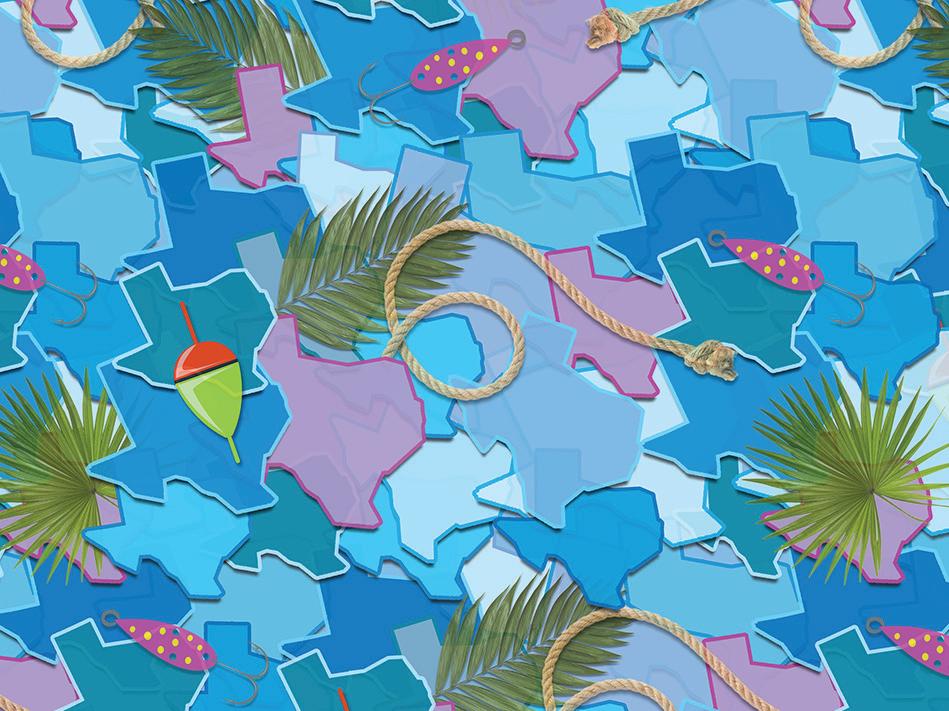
Amazing things are happening in Texas.
e fact the whitetail numbers have risen back to ve million when four million new people have entered the state is astounding.
e recovery of red sh is historically significant, and the tarpon shing of the last few years has shown great promise.
ere is no reason we can’t see more breakthroughs or at least stop the loss of wildlife and sheries from ge ing any worse as human populations skyrocket.
e key is not waiting until the next freeze to get involved. e time to take action is now. I promise you the pursuit of this cause will bring you focus in your life—and joy.
Nathan, the young man I mentor, had an opportunity to dart and move an ibex with a friend of mine on his ranch near Rocksprings. It was part of his learning about game management and captive wildlife breeding.
“Mr. Chester, when you do something like this you want to make sure wildlife conservation keeps moving forward. Other people need to be able to experience things like this,” he said.
Yes, they do Nathan. Yes, they do. u


Email Chester Moore at cmoore@fishgame.com
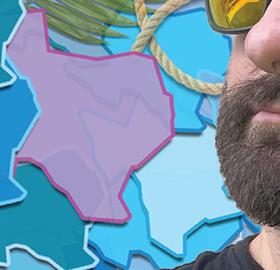
runs through February 26, and the upcoming weeks can provide some of the best potential for “birds” — both bobwhites and blues.
e thick ground cover that frustrated dogs and gunners during early season has been thinned by Old Man Winter. Also, the “bumblebee” quail from late-summer hatches now are mature and fully feathered.
Finally, since quail do not migrate, the surviving birds on a given range remain in residence. Unlike mourning doves or mallard ducks they are not blown into the next county by salvos of cold fronts.
Most of the classic quail hunting in the Lone Star State occurs in South Texas, with the best of it on rolling terrain of grass interspersed by mesquite mo es and brushy fence lines and tank levees.
e Panhandle and West Texas—with blue (scaled) quail showing in greater numbers—can be outstanding, but ying under the radar, so to speak. Sadly, East Texas is so-so, with sca ered pockets of worthwhile gunning usually associated with grain elds and levees.
Regardless of region, most quail hunting occurs on seasonal leases, so for the hunter on the outside of a posted gate it pays to cultivate privileged friendships. Either that or be prepared to ante up big bucks for a serious bird lease — it’s expensive, requiring plenty of acreage and serious support equipment.
Here are a few tips for the lucky individual invited on a primo quail hunt:

Be mindful of gun safety. Quail hunting is potentially dangerous. Moving hunters and handlers o en sca er amid screening brush, and many of the shots on ushing birds are taken at low angles (opposed to ducks and doves usually well above the horizon line).
Wild quail tend to stay low rather than vaulting into clear blue. ey are ground birds. In ight they tend to hug any available brush. is probably is a conditioned instinct
against hawks. A damp morning with heavy air encourages dangerous low trajectories.
Bright orange on the shirt and cap is — or at least should be — required on any quail hunt. Unlike other types of Texas hunting, camou age is not an asset. It is a liability. You’re trying to ush huddled game, not blend with nearby brush. You want everyone involved to know exactly where you are.
Brush safety also should be considered. High-topped boots complement the uniform of the day. ey should be able to turn big mesquite and pear thorns — or a set of ra lesnake fangs.
Ra lesnake encounters in real life are not that common, but chase enough Brush County quail and sooner or later a step will stir up an irritable specimen of Crotalus atrox — the dreaded western diamond-backed ra lesnake.
It is terrible irony that “Gentleman Bob” and “Mr. No-Shoulders” favor the same habitat. In fact, the bigger the lease, the bigger the ra lesnakes. Mature snakes survive best amid vast pastures with limited human interaction.
Sha erproof shooting glasses are another mandatory accessory. e proper yellow or light orange lenses help contrast buzzing birds against grey-on-grey brush.
More important, good quality glasses provide protection. e wide lenses might turn an errant pellet or a slapping thorn. e la er can be a real and present danger during the inevitable brush busting.
When a dog goes on point, the designated shooters (usually two, no more than three) approach at a brisk pace and in a straight line. e loaded shotgun is held in both hands with the barrels pointed up and out, away from the bug-eyed pointer — and the bloody safety is on!
Wild birds (opposed to pen raised) o en scoot ahead of a staunch point, so aggressive shooters might legitimately push past the dog. When the covey ushes, only then, as the stock is coming up to the shoulder, is it time to release the patient safety.
Don’t be in a desperate hurry to shoot. Despite the whirring commotion, the birds are close and launching from a dead stop — or at least a high-stepping gait. We’re not talking about a mourning dove or blue-winged teal blasting past on a 20-knot south wind.
:: by JOE DOGGETT TF&G Senior Contributing Editor




You have a second or two to plant your feet and select a bird and lean into the mounted gun for a clean swing at 20 to 25 yards.

is bit of deliberation also ensures that the immediate background is clear.

Shooting etique e dictates that each gun swings straight ahead or to the open side. A frantic sweep into another shooter’s airspace is rude at best and dangerous at worst.
Wild quail are, well, wild.
Running birds o en ush in a staggered rise — eight up ahead, now six to the le , and — oops! — a single from behind, that sort of thing. If the regimented advance breaks down, be extra cautious about turning to select a shot.
e same applies to chasing singles — assuming the lease allows shooting beyond the initial covey rise. Some well-managed properties do not, especially during late season a er many coveys are thinned from winter weather and hunting pressure.
On that note, the late Val Lehmann, longtime manager of wildlife resources on the King Ranch, o ered this advice in his 1984 book, Bobwhites in the Rio Grande Plain of Texas: Do not shoot into a sunset covey.
Quail moving to roost against the se ing sun huddle in a tight circle amid low grass, relying on the cluster of body warmth and beady eyes to stay safe. To bust and sca er the covey against darkness invites hardship and predation for the lonesome singles.
ese dapper li le birds so troubled by factors they cannot control deserve be er. Wild quail are a beautiful, but fragile resource. ey should be hunted with appreciation and respect.
It is a huge feather in Texas’s cap that this opportunity remains. u

Email Joe Doggett at ContactUs@fishgame.com
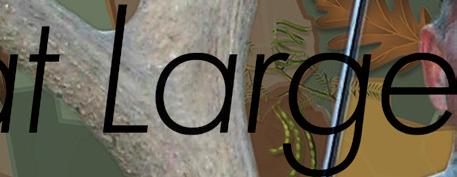


You’re trying to ush huddled game, not
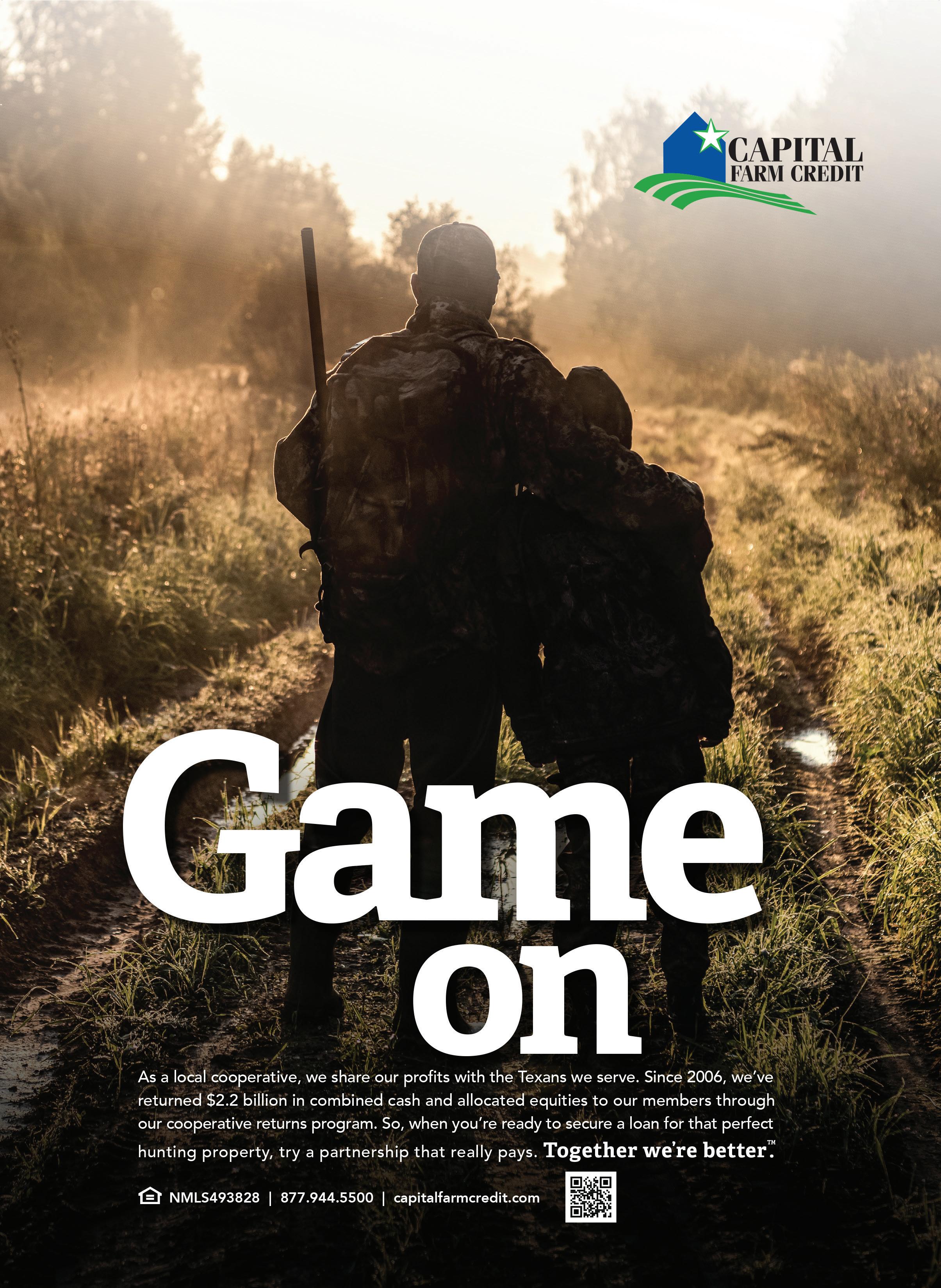
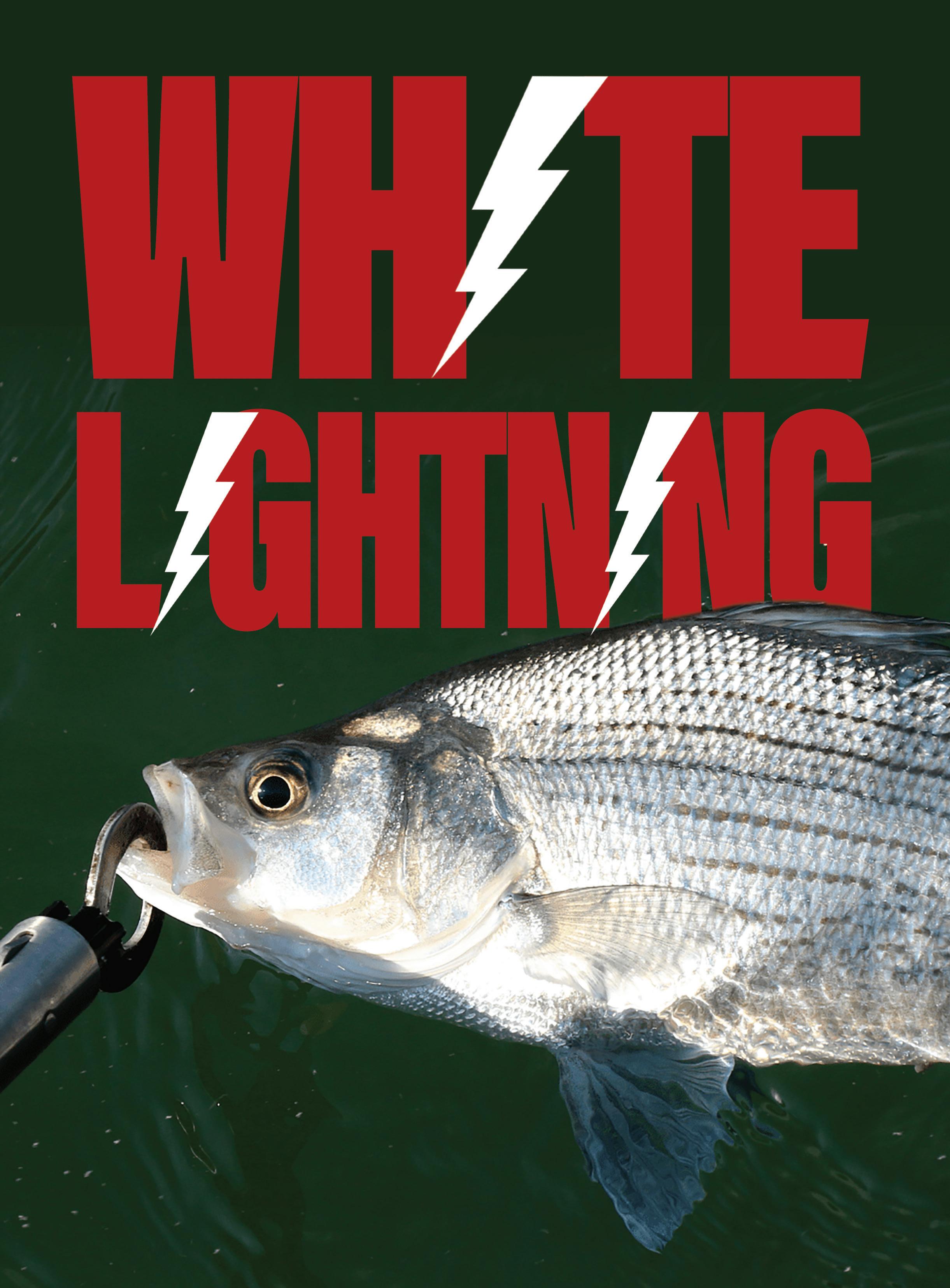
T’S JUST ABOUT GAME TIME ON SELECT RIVER SYStems across Texas. If this year is like most, opening kicko could happen around Super Bowl Sunday, possibly sooner depending on the venue and whether or not Mother Nature has any trick plays up her sleeve. e game in question is the white bass spawning run — an annual event that rolls around each winter and early spring on major rivers and other waterways that feed large reservoirs with abundant populations of the proli c sport sh.

It’s a hallowed a air that signals the beginning of another shing season and a great opportunity for thousands of recreational anglers to enjoy some of the fastest action of the year.


MAKING THE MOVE
White bass — also called sand bass — are among the rst freshwater sh to feel the itch to spawn. e urge spurs armies of the silver-sided sh to stampede upstream from major impoundments, against the current, o en in giant schools that may number into the thousands. It is not uncommon for sh to travel 20-40 miles when the right conditions are present on large river systems.
e males are always the rst to make the move, followed by larger females. e sh prefer to gather around deep holes, still-water eddies, channel bends, sandbars or in the mouths of creek channels and sloughs, where they await Mother Nature’s nal cue to perpetuate the species. Whites usually gravitate to shallower areas with sand or gravel bo oms in 2-8 feet of water to spawn.
Unlike black bass, white bass don’t build tidy nests for spawning. In fact, they are downright sloppy housekeepers.
When the timing is right, females randomly spew clouds of eggs from their
swollen ovaries into the water column. A two-pounder may produce as many as 900,000 eggs.

e guys follow close behind. Several males may fertilize the eggs before they se le to bo om and stick to rocks, logs and other underwater objects.
e eggs usually harden and hatch within 2-3 days. Newly hatched fry gradually make their way back to the reservoir from which their parents came. A portion of the o spring will eventually grow to maturity, continue the spawning cycle and become the next generation of white bass for anglers to catch.

Fisheries scientists believe the spawning run is triggered by a combination of factors. Water temperature, photoperiod (the length of days and nights) and river ow are among the big three.
River ow is an especially important piece to the puzzle. Spawning runs are always the most pronounced in years when good river ows coincide with water temperatures in the mid-to-upper 50s.
 White bass, a.k.a. “sand bass,” are among the earliest spawners each year.
PHOTO: JOHN N. FELSHER
White bass, a.k.a. “sand bass,” are among the earliest spawners each year.
PHOTO: JOHN N. FELSHER

Biologists say the sh may spawn on shallow, wind-swept points on the main lake during years with slack current.

e timing of the spawning run is regional thing that can vary from one waterway to the next.
In southern Texas, where water temperatures warm earlier in the year, it is not uncommon for white bass to begin nning their way up the Nueces and Frio rivers in January, provided water ows are su cient.
In Central and North Texas rivers like the Colorado, Guadalupe, Brazos and Trinity, spawning runs usually ge ing underway in February or March, sometimes lasting into April.
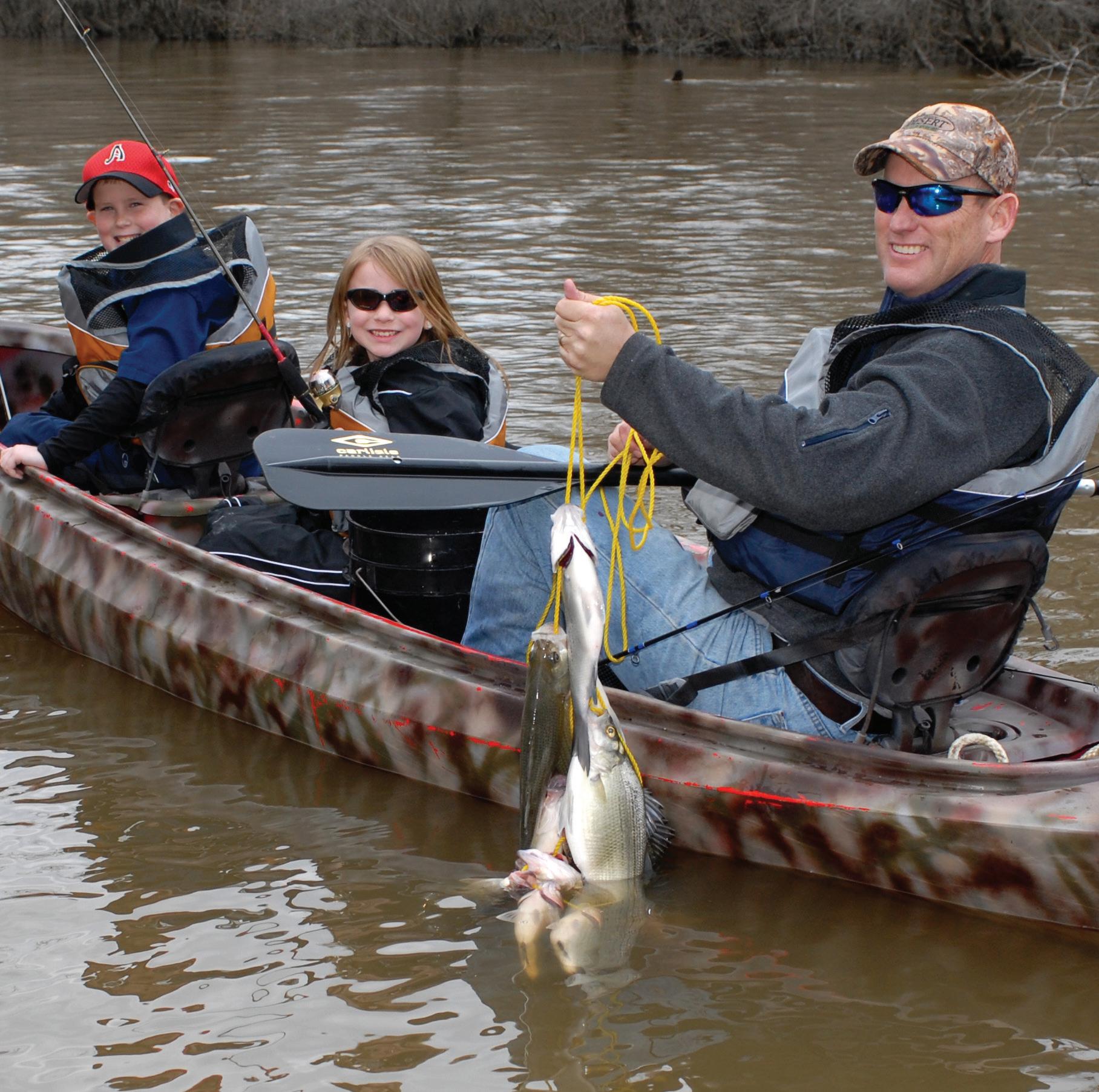
East Texas hotspots like the Sabine, Trinity, Angelina and Neches usually fall somewhere in the middle, though earlier activity sometimes occurs during abnormally warm years with favorable river ows. Notable spawning runs also have been documented in creeks and drainages that feed lakes like Cedar Creek, Tawakoni, Cooper, Somerville, Conroe and Wright-Patman.
One thing that sets East Texas rivers aside from others is the size of the sh. A 1 1/2 pounder is a big one on many Texas rivers, but closer to average in nutrient-rich waters like the Sabine, Trinity and Angelina. Females weighing around 2 pounds are the norm on those waters; sh weighing
River shing can be outstanding when the spawning run is going full bore. e bite is usually best when the current is slow and
steady, clarity is good and the water level is fairly close to normal. Normal water levels keep the sh con ned to channels so they are easier to nd.
Flood conditions mean just the opposite. When rivers breach their banks the sh sca er and are more di cult to nd. During periods of high and muddy water, sandies will may seek out clearer, less turbulent creeks and sloughs adjacent to the main channel.
With swarms of hungry, aggressive sh stacked in small areas, the shing can be fast and furious at times. In fact, it’s not uncommon for multiple anglers to reel in 25 sh limits in as many casts from spots no larger than a pick-up bed.
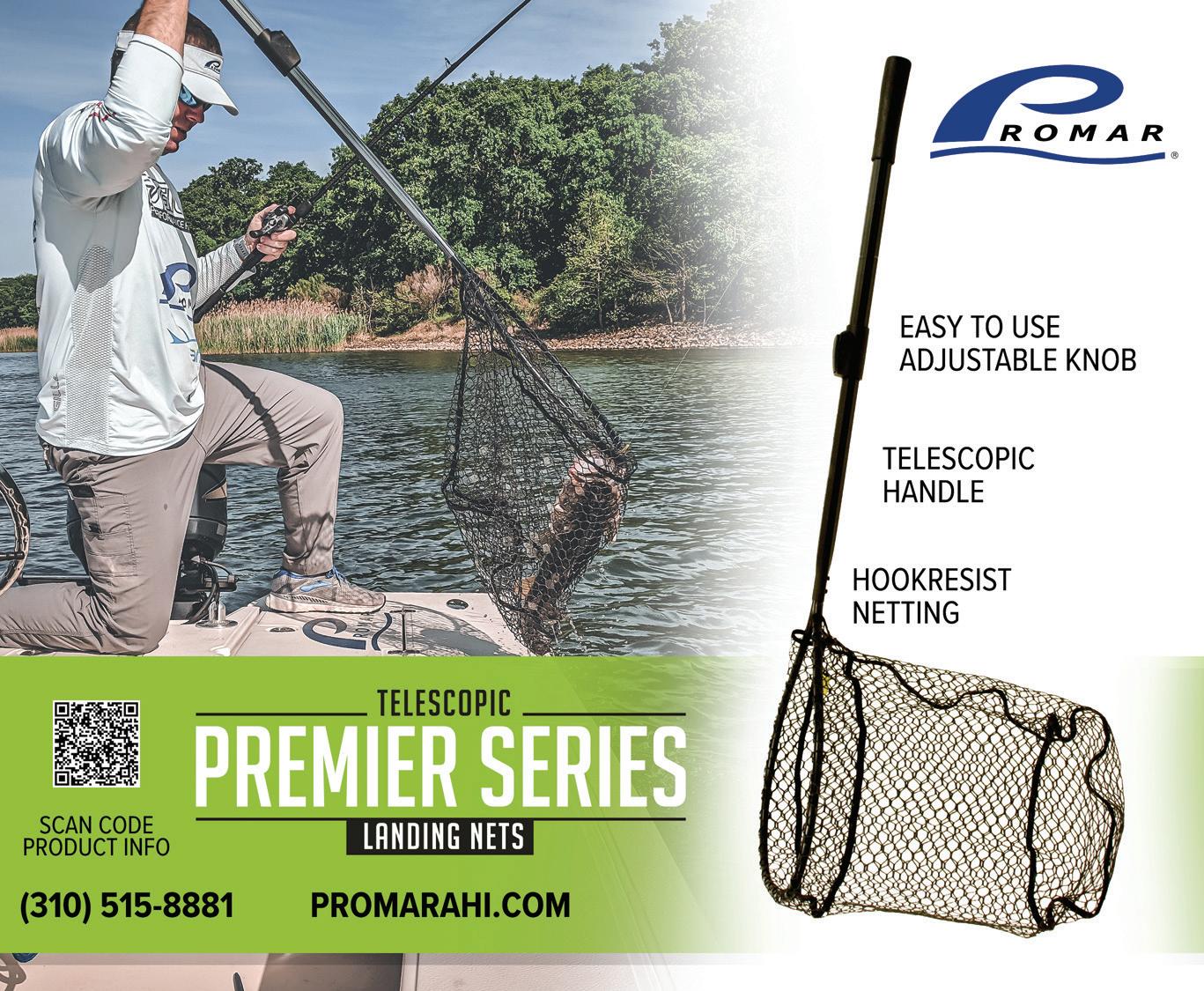
It typically doesn’t take much skill to score, and you may not need a boat to catch sh provided bank access is su cient for ring baits to productive waters.
White bass are voracious feeders when the dinner bells rings. Few arti cial baits fool them be er than shad or craw sh imitations.
A long-time staple is 1/4 ounce Blakemore Roadrunner, red/white or red/
PHOTO: JOHN N. FELSHER upwards of 3 pounds are not uncommon.chartreuse. ey also like small crankbaits or live bait including minnows or cray sh.

Another reason white bass get such high billing during spring is because they are so much fun to catch. e sh aren’t that big, but they are strong ghters on tackle that
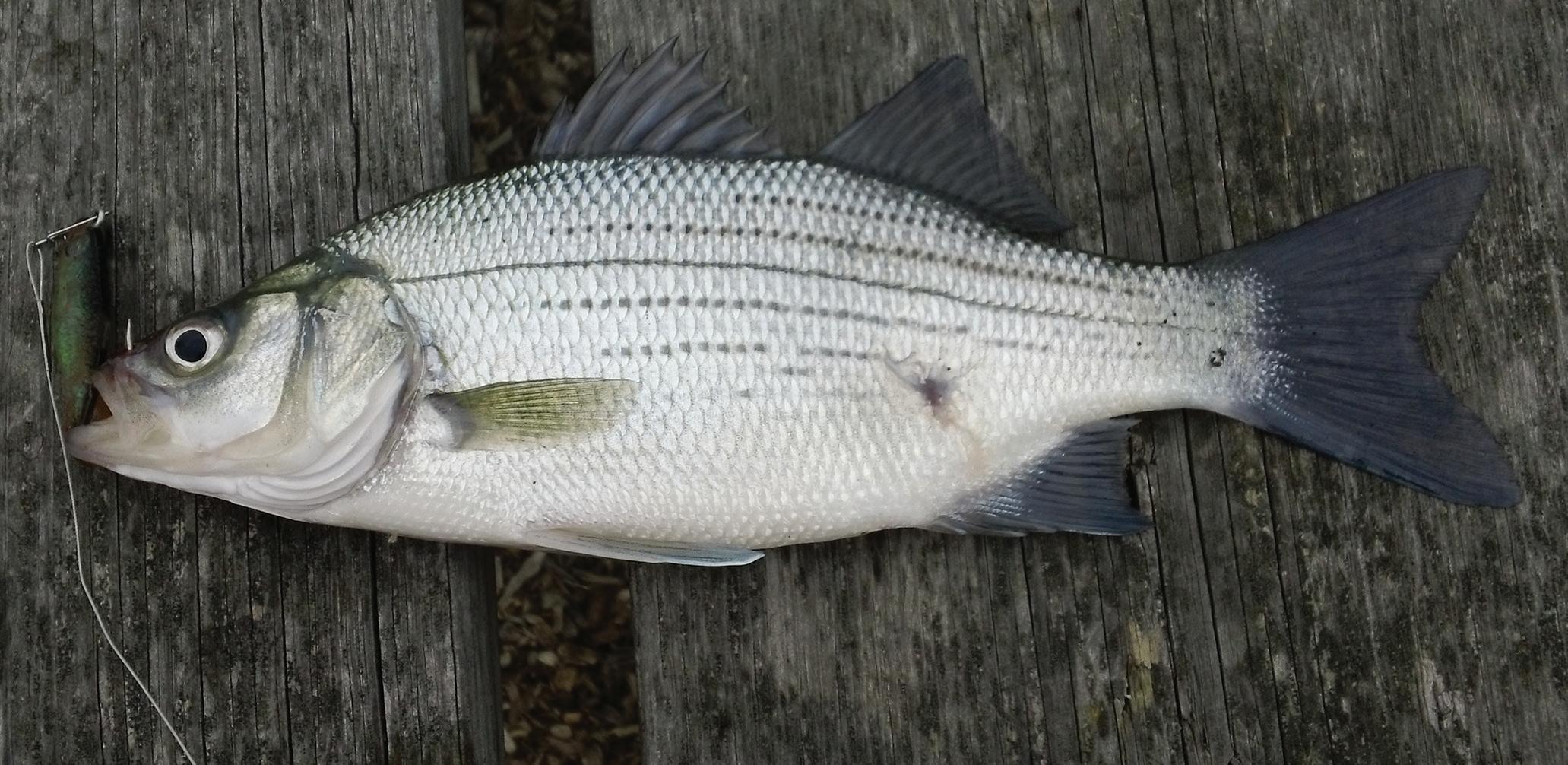
One thing that sets East Texas white bass apart is their size: three pounders are not uncommon.
doesn’t overpower them.
Just about any lightweight rod and reel combo will work. A good quality spinning or spin cast out t matched with light line doubles the pleasure. e annual spawning run isn’t happening
just yet, but it won’t be long. O en times, some of the best shing occurs before word of the main event leaks to the streets.
 PHOTO:
PHOTO:
FISHING IS A GREAT MOTIVATOR for men and women.

Few things will get us up early on days o from work not only voluntarily but enthusiastically. e idea of catching a big king sh, bull red, or limit of crappie has us focused on things other than comfort, and sometimes that can be a bit of a mistake.

It’s easy to overlook our boats and make sure they are out ed with what they need from the boat slip to the bay. No one has to tell you the kind of nancial investment a boat has these days, so it’s more important than ever to keep it in good shape and of course to keep you safe on the water.


the





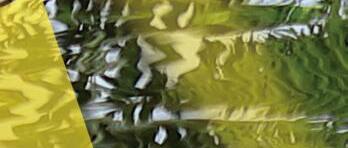











To kick o 2023, we’re going to take a look at some of the boating components you need to function at your max on the water and also in some cases stay Coast Guard compliant from our friends at Calcu a Outdoors in their Shoreline Marine collection.
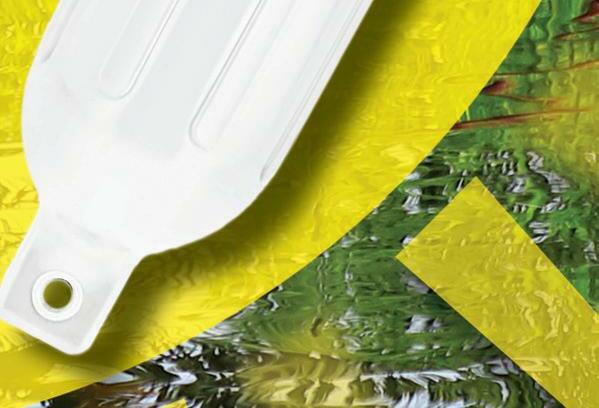
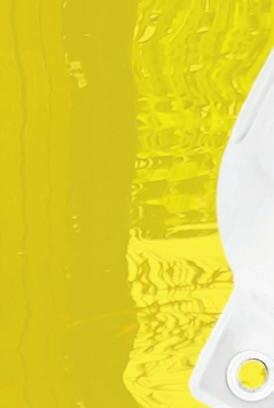
RUBBER INFLATABLE FENDERS: “Super-so ” fenders are non-abrasive and can be tied to cleats or rails to put protection exactly where you need it. Made of high-quality vinyl. Ribbed on all sides for strength and durability. It comes with reinforced rope holes for added strength. Rope holes on both ends allow for horizontal placement. It is even out ed with a needle valve for easy in ation.
be protection
You can never have too many fenders on hand as they are literally the only thing protecting your boat hull from damage especially when the winds are howling and docking is challenging.
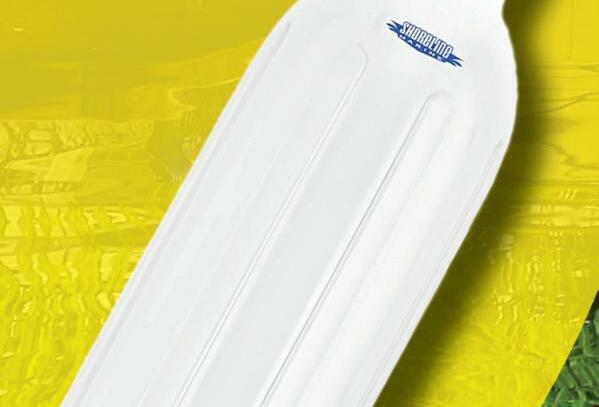
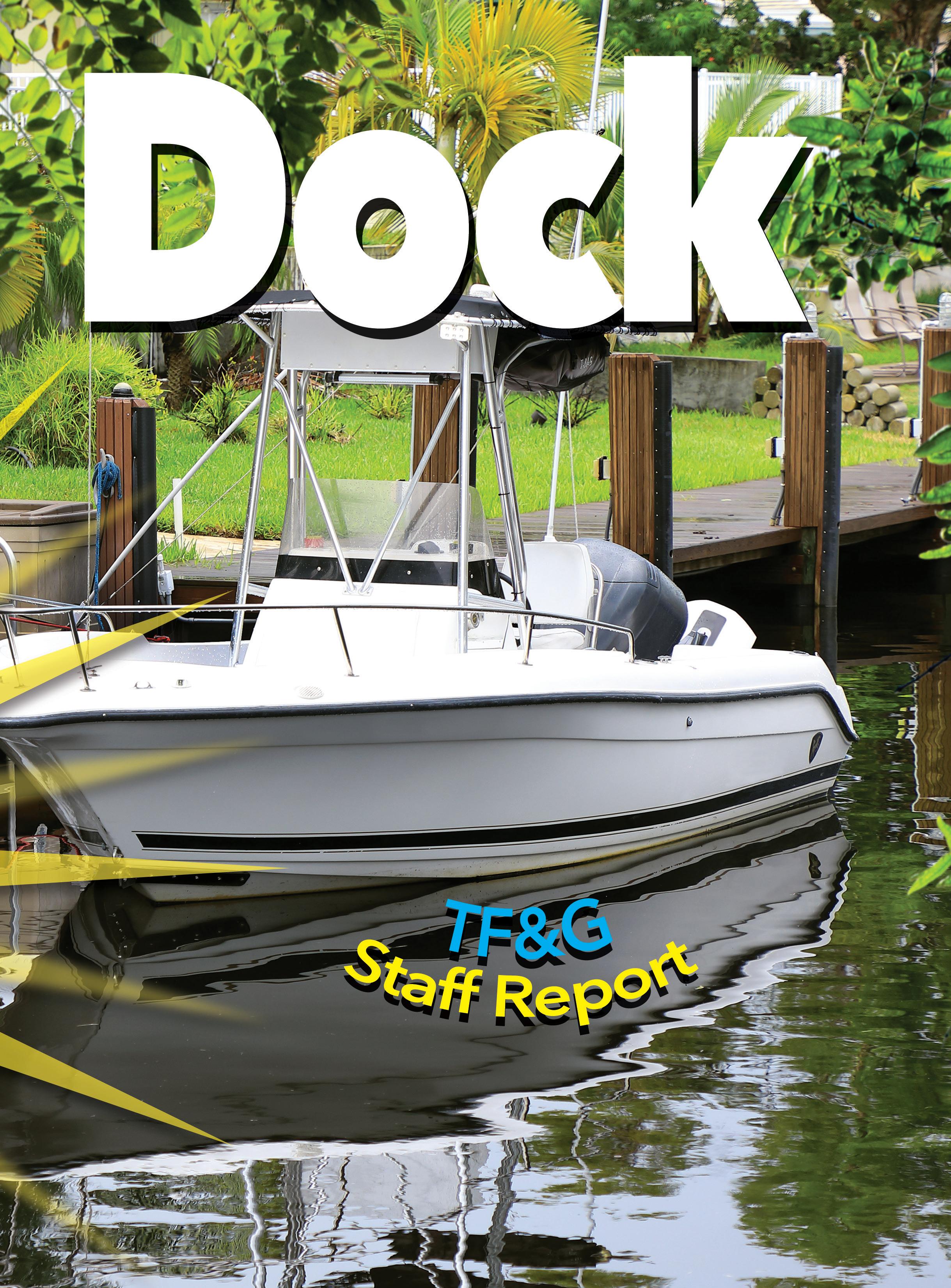
painful. is can make it easy and e cient.
ALL AROUND STERN LIGHT: AllRound plug-in navigation anchor light. It comes with a universal plug that ts most 2-pin bases, the anodized aluminum pole
sional 12” eye splice for long-lasting use. It resists rot, and mildew and is easy to handle because it will not kink or rotate under a heavy load. It can store wet or dry and is




e high-impact plastic folding dock cart is easy to wheel and great for transporting your marine items. Folds compactly for easy storage.
RECHARGEABLE LED MINI SPOTLIGHT: is is great when you need that extra bit of light to look around the boat or help spotlight that big sh for netting on nigh ime adventures. e rechargeable light includes a 48” USB charging cable. Super bright 800-lumen searchlight with three modes, strobe, high and low.

It also comes with a sealed charging port, ba ery life & charge indicator LED lights, a trigger-operated integrated hinged support stand, and an impact-resistant body and bezel.
CLAMP-ON BOW LIGHT: Clamp-on bi-color navigation lights are now available in LED. is super e cient light powered by “D” cell ba eries clamps onto boats in two positions and thicknesses up to 2 1/4”.
is is great for boats without a 12-volt system or as a safety emergency back up and it’s water resistant.

It’s important to have a good bow light even on small cra s so buying one to use and another as an extra to stow away is not a bad idea. It’s be er to be prepared than to be caught without.
resists the elements. Features a frosted 360º globe.
DISTRESS FLAG: is distress ag measures 3’ x 3’. Although many anglers may not be familiar with the symbol, it meets USCG requirements for a daytime distress signal.
Anything that gives you an edge in getting help on the water is extremely important as situations on the water can turn dangerous in no time. is is an a ordable, simple aid you will not regret purchasing.
DRY STORAGE BOX: Perfect for keeping your valuables dry, it comes with a water-resistant O-ring seal and a comfortable oversize handle. It has top-access storage and is great for tools or small electronics.
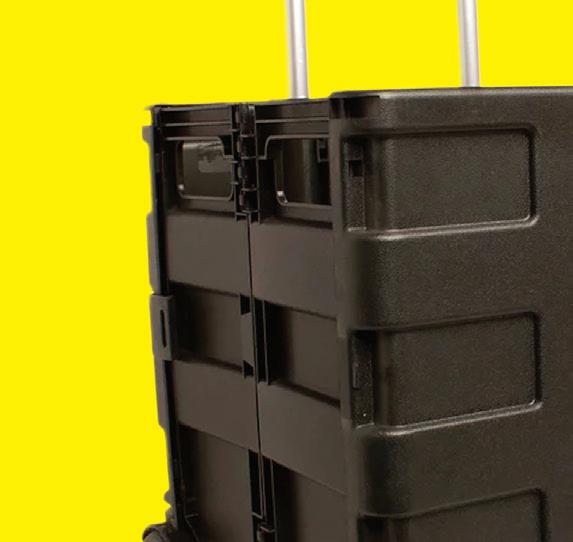
Heavy-duty 316 stainless steel cast cleats will help hold your boat securely and last. ese include pre-drilled holes for easy installation on docks or boats. Open base design allows for use with multiple line sizes.
DOCK LINE: is is a premium double-braided line for strength and exibility and comes with a braided jacket, over-braided inner rope core, and a profes-





shock absorbing. is one comes in double-braid nylon or polyester.






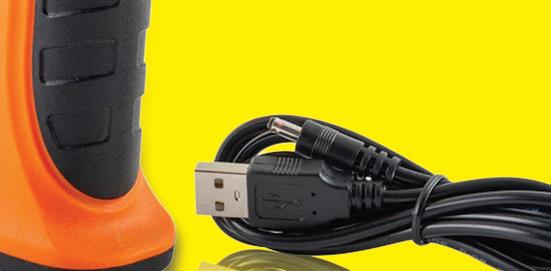







FENDER LINE: e fender lines are made of 3/8” thick braided MFP. ere are two fender lines to a pack and they are six feet in length so that you can easily adjust your fender height depending on the docking conditions.
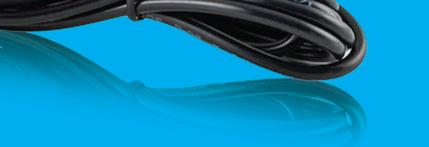


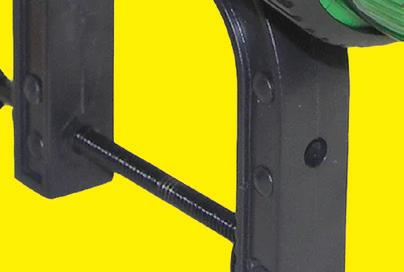
REUSABLE AIR HORN PUMP: is innovative, reusable air horn uses no chemicals. e horn screws onto one end with a pump handle on the other. Simply pull and push the handle for loud 120-decibel blasts. It is audible for up to one mile and meets USCG speci cations.

#7 SLIP RIG ANCHOR KIT: You need an anchor if you’re going to sh so why not get one that’s a ordable and e ective? is slip ring anchor kit includes a #7 galvanized slip ring anchor, two 5/16” drop forged shackles, a 3/8” x 50’ twisted nylon rope with thimble, and a 1/4” x 4’ galvanized anchor chain.
Sometimes it really is the li le details that make a big di erence and with boating and shing, there are many details to consider.
e rst thing to look at is safety, which
 FOLDING DOCK CART: Carrying all of your shing supplies to the dock can be
FOLDING DOCK CART: Carrying all of your shing supplies to the dock can be
is why we covered items like a distress ag and a reusable air horn pump. If you’re not safe, it doesn’t ma er how many sh you catch.

make that possible saves you money and increases the lifespan of your boat.
And nally, having boating components in order makes it possible for you to focus















the way out before dawn with no issues, shing can be the fun experience that beckons us all to the water.
Additionally, keeping your boat in good shape and having equipment that will help



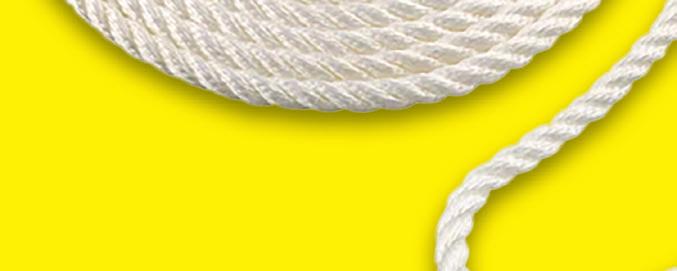



on sh when you hit the water. If the anchor holds and you pass by the Coast Guard on
 Reusable Air Horn Pump Distress Flag
Reusable Air Horn Pump Distress Flag
ITH 367 MILES OF coastline, Texas o ers incredible opportunities for shore access to the Gulf of Mexico.
Although the standard image of surf shing involves families shing during summer vacation, the reality is much di erent. Texas surf shing is good year-round for a wide variety of species.

From speckled trout to sharks, there are exciting opportu-
nities every month from the Louisiana line down to the Rio Grande. Here are our choices for top surf opportunities for each month on the Texas Coast.
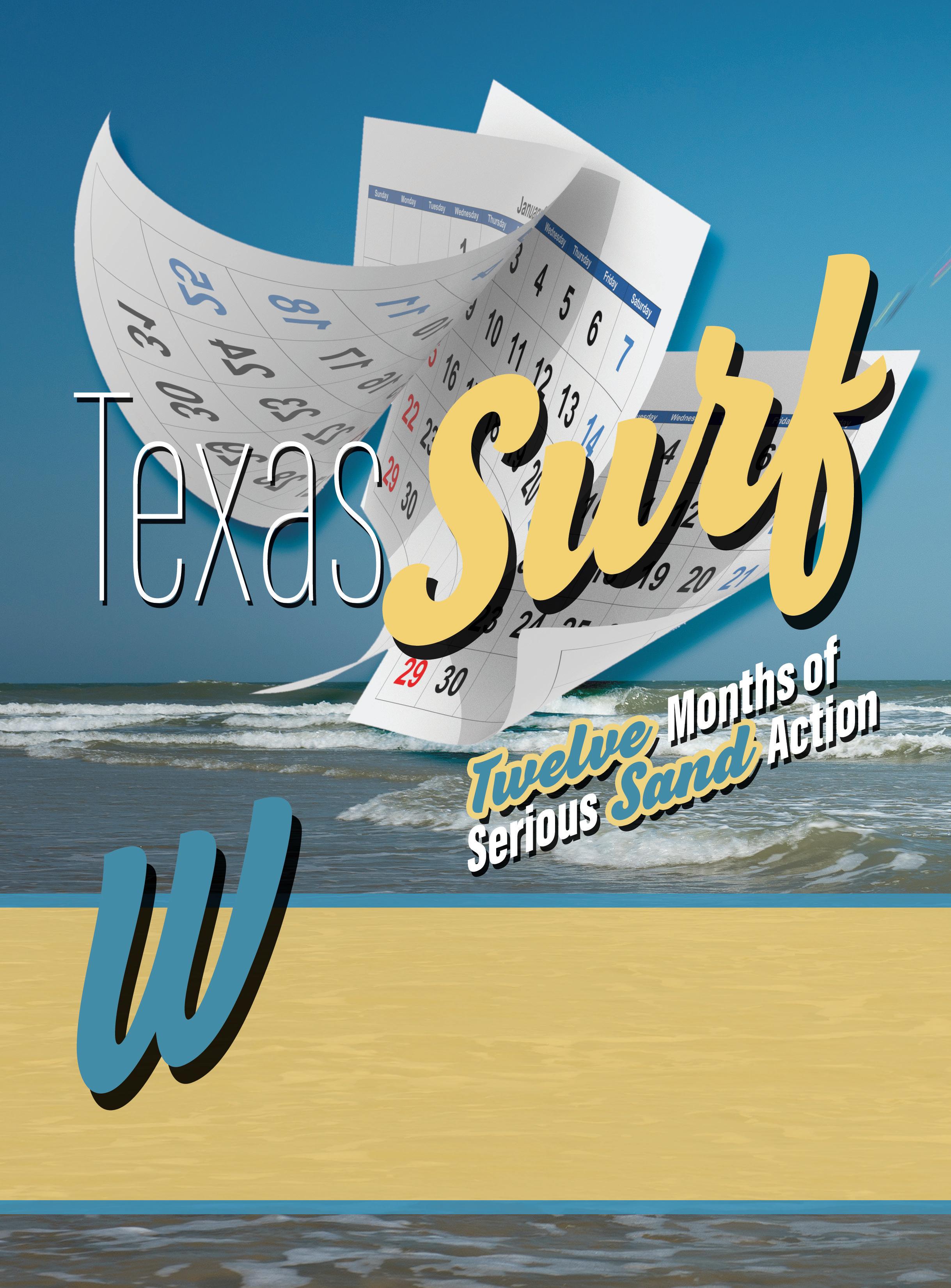
WINTER MEANS THE PURSUIT OF whiting for many anglers. ese small but super tasty sh are abundant and willing to bite, especially when surf conditions run from sandy-green to clear.
A seven-foot medium light St. Croix Seage Surf rod with a good quality spinning reel baited with dead shrimp or small chunks of cut bait on a Carolina rig is deadly for whiting.
If you do research on whiting and have a hard time nding them, it’s because they are also called “Gulf king sh.” No ma er the name, they are a great sh to catch. When the bite is on, they are a great way to introduce kids to surf shing.
SANDBAR SHARKS ARE PRESENT IN THE South Texas surf, particularly along South Padre Island in the winter with February being a strong month.
ey tend to wrap up a lot of their mating activity that brings them to the area by March. February is a transition month so

you will start seeing other shark species move in as waters begin to warm.

A whole whiting or cut jack crevalle rigged on a wire leader and shed from a 12-foot St. Croix Seage heavy action rod should do the trick. ese sharks tend to like cleaner water, so look for surf that does not look like milk chocolate for the best results.
MUTANT-SIZED BLACK DRUM ARE A great surf catch as these huge sh hang around jetties, sh passes, and even move into bay systems for spawning. e Upper and Middle Coasts tend to
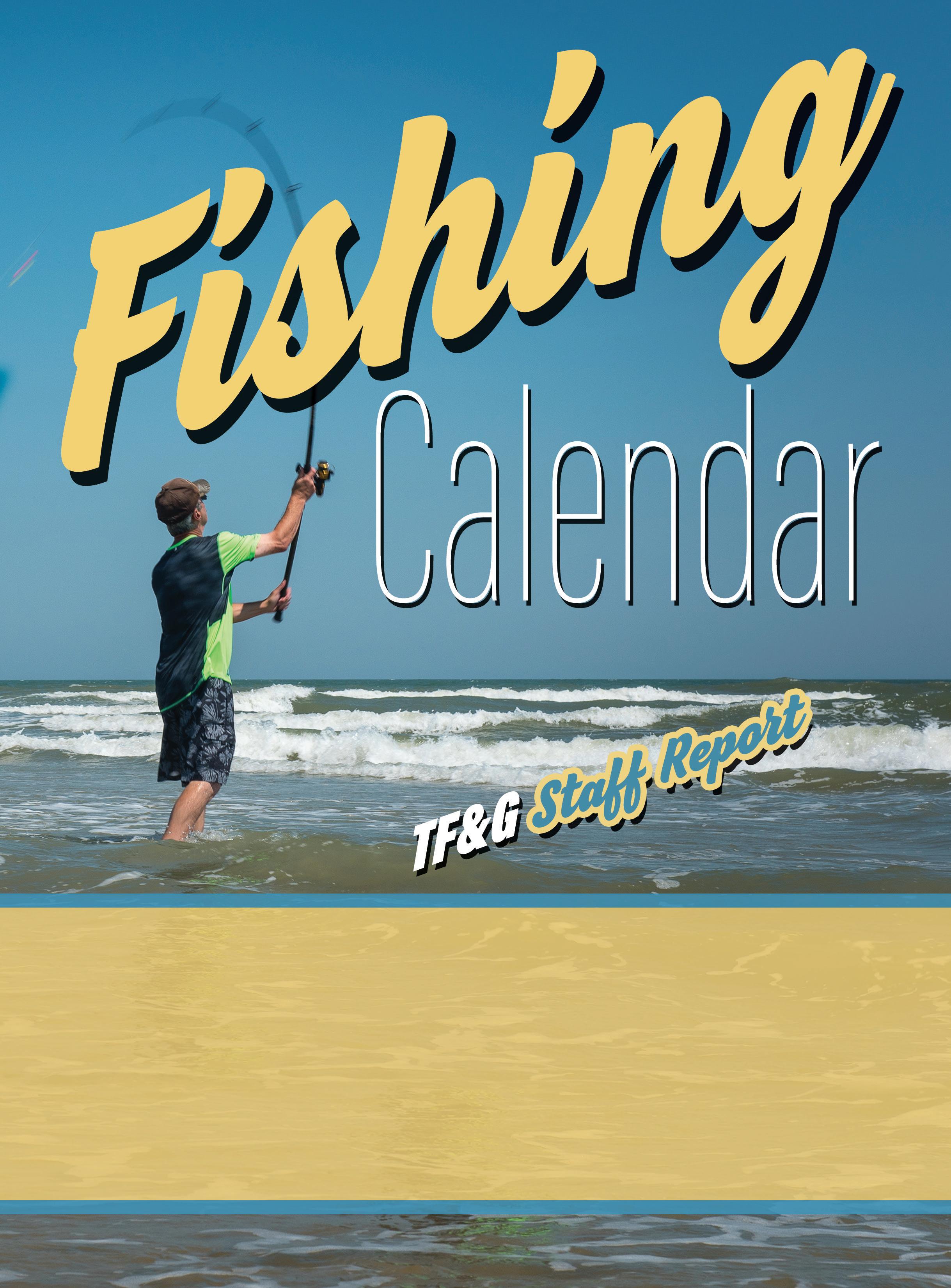
have the best super-sized drum shing.
During the colder months, drums of all sizes frequent deeper waters and channels, as well as the Gulf surf according to Texas Parks & Wildlife Department (TPWD) o cials.






Fresh dead shrimp, crab, and sea lice are the best baits.
TPWD also noted drums will o en “mouth” the bait for some time before swallowing it, so anglers must wait until the sh moves o with the bait, then jerk the rod tip up to set the hook.
BLACKTIP, ATLANTIC, sharpnose, bull, and bonnethead sharks are in the surf along most of the coast in solid numbers now.
All of the above (except for bulls) primarily feed in clean water so keep that in mind. Also, keep in mind high tides and do most of your shing around the high tide, especially if that converges with the pre-dawn hours and just a er dark. Sharks tend to move closer to shore to feed when it’s dark.

e aforementioned 12-foot St. Croix Seage is a great recommendation for these sharks as well. However, if it’s mainly smaller blacktips and Atlantic sharpnose you expect to catch their 10-foot, 6-inch medium-heavy action rod will do the trick.
If there are lots of bulls in the area, try to get some cut stingray. Big bulls tend to eat rays like they are candy.
SPECKLED TROUT ARE well-established in the surf by May, but windy days make shing tough.
Look for emerging slicks on calmer days to nd sh and be cognizant of bait sh activity. If the section of surf you are shing is devoid of bait, it will be devoid of specks.
So plastics rigged under a popping cork are hard to beat. Adjust colors to match water clarity. Super clear water begs for natural colors, while more o -colored water requires combos such as black/chartreuse.
surf conditions tend to be more stable.
Early morning topwater action can be fantastic. Savvy anglers hit the surf at least an hour before the rst crack of daylight. Mullet-imitating, walking-style topwaters are your best choice.
SPANISH MACKEREL are growing in popularity as surf shing grows its fanbase in Texas. ese sh can be common in the surf during summer months, and they ght hard.
Few sh their size gives such a quick, determined rst run. Nothing is be er for catching them than a ashy silver spoon. A medium-action St Croix Seage seven-foot surf rod is great for mackerel. It’s got just the right combo of backbone and exibility to allow you to make a good hookset and work the spoon.
to show in strong numbers and will build through September.
Look for big tides and full moon periods for top night shing for both species.
SEPTEMBER IS THE prime time to catch bull red sh. As previously noted, they are in the surf at some level year-round, but September is prime time for the bull red sh “run” when the big specimens hit the nearshore area for spawning.
Bull reds can be present anywhere, but in areas within proximity of je ies (also the je ies themselves) and other passes o er primo opportunities. Live mullet or croaker is a great bait choice as the live o ering will keep many of the ga op-sail cat sh away, which can keep your focus away from reds.
THIS IS TEXAS, AND speckled trout is king, so we have no problem pro ling them two months running. By June topwater action has improved and
AUGUST IS A TRANsition month on the Texas Coast.
Shark action is still strong in some areas, particularly on the Middle and Lower Coasts. Bull red sh are starting
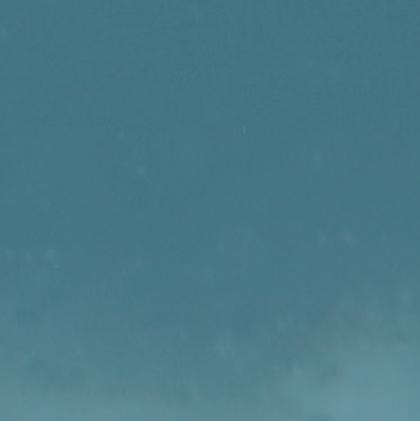
A wide-gapped or circle hook is best so you can ethically release the big breeders. A spinning combo with an 11-foot St. Croix Seage surf rod with medium-heavy action is a great choice.
You will want to get the line as far out as possible. is will allow great castability and also has enough action to allow you to see
sensitive bites. Believe it or not, some bull reds don’t just hit and run.

CROAKER ARE ALSO simple to catch and take to dead shrimp quickly. When they are abundant in the surf, croakers gladly take scented lures and also hit small spoons.
e “croaker run” used to be a big deal at places along the coast, but croaker numbers are not what they used to be thanks to bycatch-related issues. ere are still plenty out there to catch. e la er part of October is great at passes and je ies

along the beachfront from Sabine down to Corpus Christi.
SAND TROUT (sand seatrout) are silvery with a pinkish color on the upper sides. Gulf trout (silver seatrout) are bright silver all over with no stripes, bars, or other marks.



Both of these sh start biting consistently in November and typically a er our rst “blue norther.” Dead shrimp is a great bait, but they will also take small shrimp-imitating lures.
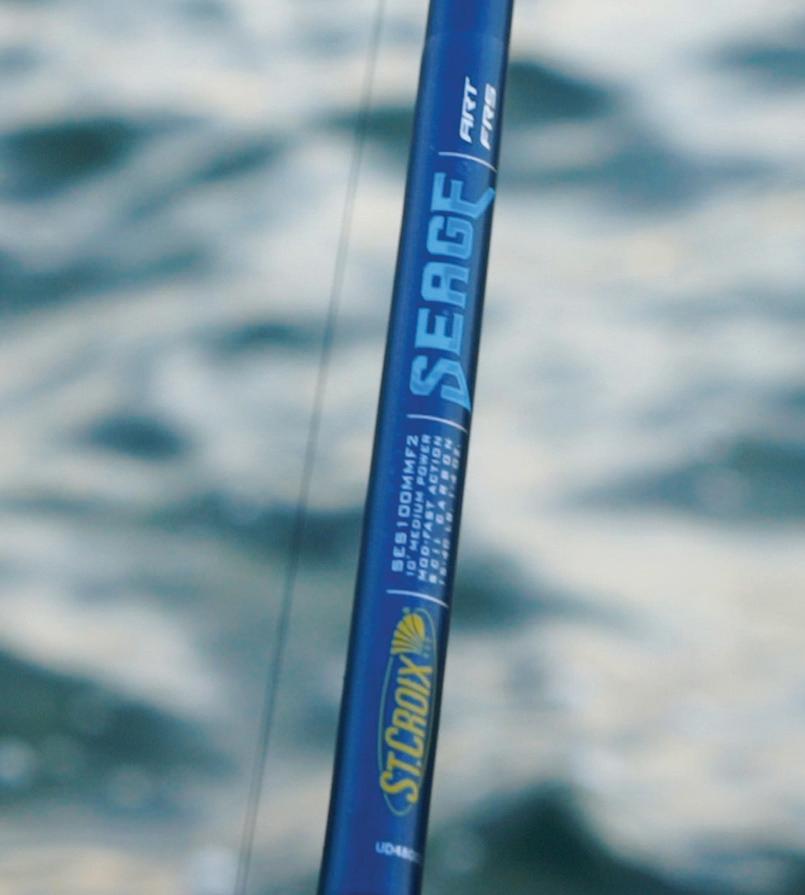
POMPANO ARE present along the southern Texas Coast at some levels year-round but in December if the water temperature is between about 63 to 70 degrees you will nd pompanos. ese beautiful sh don’t get big, but they ght hard and they taste great. Look for clear surf and sunny days for the best bites. row cut bait, scented lures, or small spoons for the best results.
•
•
•
•
•






























T IS AMAZING WHAT we will do to catch a fish.
We invest thousands of dollars in boats and tackle, get up at ridiculous hours, endure extreme heat and occasionally risk very dangerous conditions here in Southeast Texas.
Of those things, the latter is an area I am becoming more concerned with over time. After having had several severely dangerous encounters in the Gulf, on Sabine Lake and at Toledo Bend, I can

attest safety is more important than catching a fish.
About 15 years ago, my late father Chester Moore, Sr. and our friend Bill Killian almost didn’t make it home after getting caught between two emerging thunderstorms at the short rigs.
By the time the wind picked up and lightning started popping all around we were in trouble,” my Dad said.
“We were in a small boat, and we had to hit every wave just right to make sure we didn’t take one over the bow. It was a truly fragmenting experience, and we
were never so happy to get inside the jetty walls and eventually back to the boat ramp at Sabine Pass. I don’t know who owns that boat now, but my handprints are probably still embedded in that steering wheel. I have never gripped anything so hard in my life.”
That was truly frightening.
When I was a teenager, I went bass fishing with my grandfather’s friend
Junior Brown on Toledo Bend. We were a pretty good way from his camp when a thunderstorm rolled in. The waves we experienced on the way back on the
open lake were every bit as bad as those I would encounter a few years later in the Gulf.
Never think the conditions on a lake—even a small one—can’t get bad. The fact is they can get deadly. Never tempt fate, no matter whether you’re in the Gulf or a small reservoir. Things can get bad at both places.
The National Weather Service has some safety guidelines we should all keep in mind if staying alive is in our game plan.
Regarding thunderstorms, NWS officials said “There are no specific warnings or advisories for lightning, but all thunderstorms produce lightning. A lightning strike on a vessel can be catastrophic, especially if it results in a fire or loss of electronics.
If your boat has a cabin, stay inside and avoid touching metal or electrical devices. If your boat doesn’t have a cabin, stay as low as you can in the boat.”
“Boaters should use extra caution when thunderstorm conditions exist

and have a plan of escape. Mariners are especially vulnerable because you may be unable to reach port quickly.
Do not venture out if thunderstorms are a possibility. If you do venture out and recognize thunderstorms nearby, head to port or safe shelter as quickly as possible.
Ultimately, boating safety begins ashore with planning and training. Keep in mind that thunderstorms are usually brief, so waiting it out is better than riding it out.”
As all experienced anglers know, if you
can see the storm, it is probably too late to be guaranteed to make it back before getting hit. Invest in a good weather alert app for your phone.
Another thing NWS o cials warn about is fog.
“Chances are when you are on the water, you will occasionally encounter fog, making navigation a challenge. Fog forms when air over a warm water surface is transported over a colder water surface, resulting in cooling and condensation.
Fog is usually considered dense if it reduces visibility to less than one mile. It can form quickly and catch boaters o guard. Visibility can be reduced to a few feet, disorienting boaters. Learning to navigate through fog (or avoiding it) is critical to safe boating.”
• Slow down to avoid collisions.
• Turn on all of your running lights, even in the daytime.
• Listen for sounds of other boats that may be near you or for fog horns and bells from nearby buoys.

• information concerning the formation, movement or dissipation of the fog. Pay close a ention.
• If your vessel has radar, use it to help locate dangers that may be around you.
• Use GPS or a navigation chart to help obtain a x on your location.
• If you are unable to get your bearings, stay put until the fog li s, but make sure you are in a safe location.
• Be familiar with horn and bell sounds
you should produce to warn others around you when in dense fog.
• Have a compass available. Even if you don’t know where you are in the fog, with a compass you can determine the direction you are navigating.
Something else we need to keep a special eye out for on the Gulf Coast is rogue waves caused by ship tra c.
We have documented that here on these pages and in a shocking episode of my podcast Dark Outdoors.
e deepening and widening of ship channels is allowing for larger vessels to come to port. With them are coming larger waves. ere is a charter service for sur ng ship-produced waves in the Galveston Bay complex. at should tell you something. Be extremely cautious when shing

around any shipping tra c, especially in small cra . If you feel uneasy when you see a big ship coming in the distance, leave for safer waters.
Take it from someone hit with a wave over heads standing in a bay boat on Sabine Lake, that is a terrifying experience. We were blessed to hit the wave just right, but if it had caught us o -guard, it could have been tragic.
How many of us walk into stores with a concealed handgun for our safety, but go shing without wearing a life jacket or considering weather conditions? Rogue waves can be as deadly as any armed intruder and accidents can happen under any condition.

ink safety rst on the water and be intentional about staying alive out there. u





Laguna Madre was exceptional with lots of triple digit tarpon, bull reds and big snook being landed.
Now that we are in the bone-chilling months of January and February, it is time to change gears. For us anglers in deep south Texas, this season means good snook and speckled trout shing.
Along with pristine grass ats and mangroves, the Lower Laguna Madre shery has deep water areas with lots of structure that common snook are known for inhabiting. Here are some techniques to help land these one-of-a-kind sh this winter.
Topwaters: Catching snook on topwaters has to be the most fun and visually pleasing style of hooking these sh. Midday seems to provide the best window to throw noisy topwaters such as a Shimano Current Sniper, along rock edges or walls.
I like the 95mm size in these lures that produce the perfect amount of ruckus, have sturdy hooks and are easy to “walk the dog.” We’ve had several days, where the only thing they want to eat is a topwater on the surface. ese days are my favorite. Make sure to beef up your leader line when using topwaters for snook. e wild headshakes will leave you with a frayed line and lost sh.
Jigheads: e most e ective technique during the winter months to hook a snook is to use a heavy jighead paired with a
so plastic, such as a D.O.A. Lures 3-inch C.A.L. Shad Tail. With the warmest water temperatures being at the lower level of the water column, using a heavy jighead keeps your bait in the zone where snook will be
laid up.
the



time. If I’m marking them on the bo om, they may not be as happy, so I’ll drop big jigs down or small live baits,”
As far as lure color, it depends on the

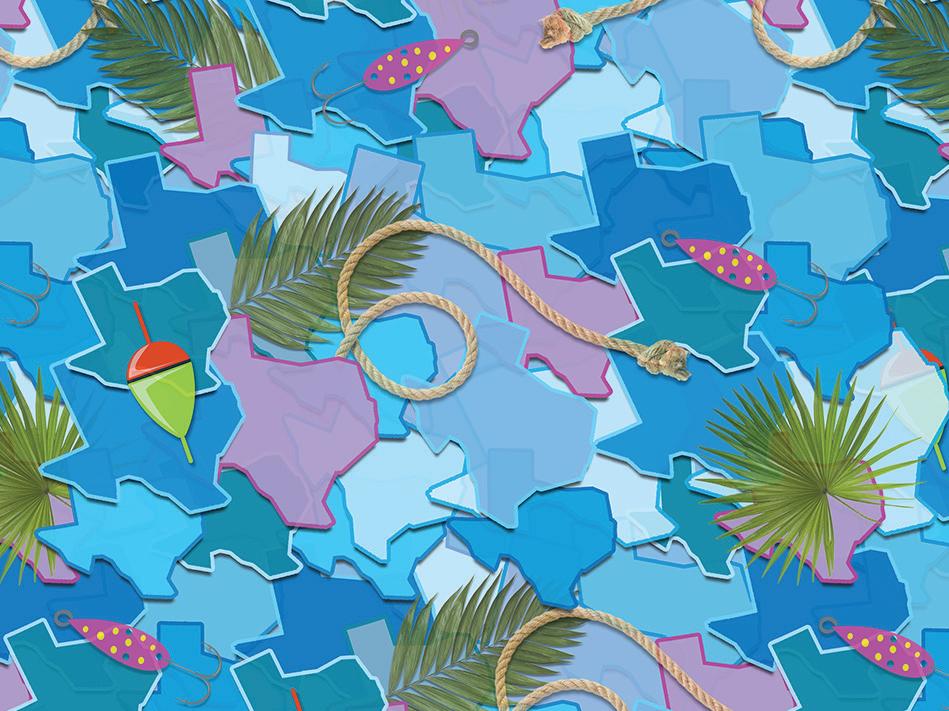
As far as lure color, it depends on the water clarity that day. If it’s dirty water, try a dark-colored so plastic. When trying this technique, think ounder shing; low and slow.
Live bait: I personally prefer to throw lures for red sh and speckled trout. However, pu ing a live bait out for a giant snook has quickly become a preferred way of shing for them. Capt. Brian Barrera, who is the Lower Laguna Madre’s premier snook and tarpon shing guide, has shed here for years targeting big common snook. I have witnessed him land the largest Texas snook I have ever seen on a live bait.
Free-line a mullet or pin sh so it swims on the surface or use a weighted hook, such as a Skyline ¼ ounce weighted circle hook to keep the bait lower in the water column. Both work great depending on the water and the day.
Pairing these techniques with sonar technology will, without a doubt, increase opportunities for landing sh. “Humminbird’s MEGA Side Imaging® technology not only helps me nd the sh, but also determines what type of mood they are in.
“If I see sh above the thermocline or in the upper water column, it makes me feel like they’re happy and eating,” says Capt. Brian Barrera. “which means it is topwater

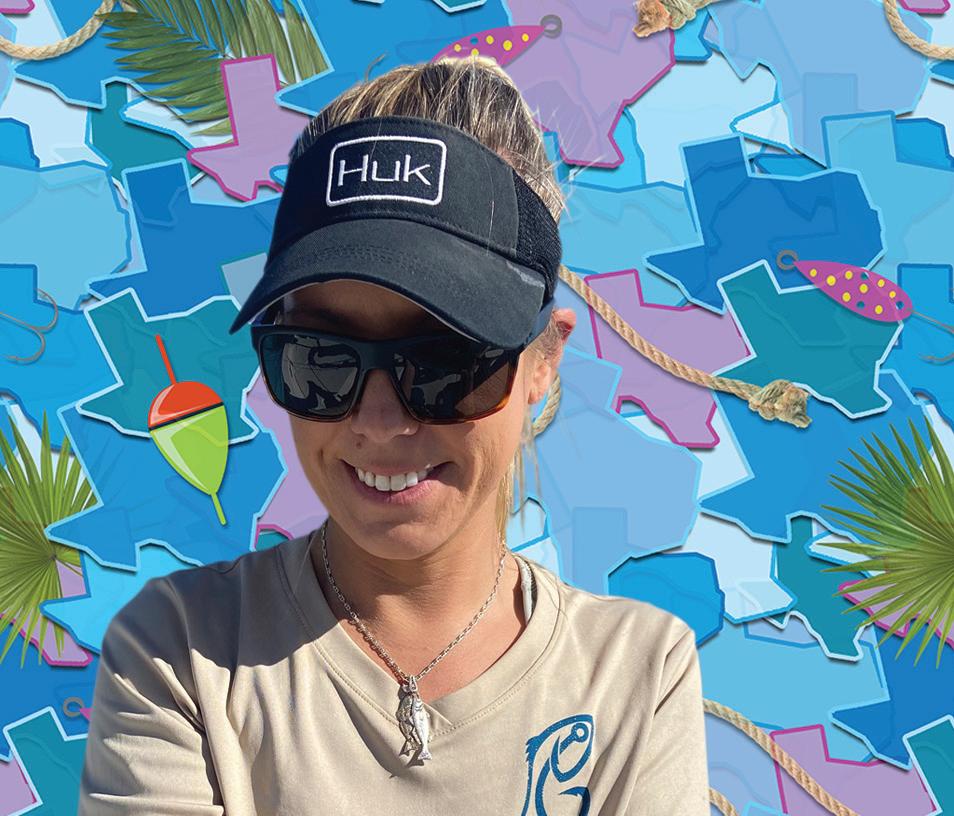

Barrera uses the Humminbird Solix 12. Humminbird’s Side Imaging® clearly shows what direction, depth and distance a sh is at, giving you the added advantage.
Last year, the months of January and February blessed us with great inshore shing. By shing areas with good tidal movement, we were locating groups of not only snook, but speckled trout and red sh.
You know you got it good when you have snook on the brain, but end up catching a 29-inch speckled trout as a bycatch. If this winter follows suit, we are in for a good time.
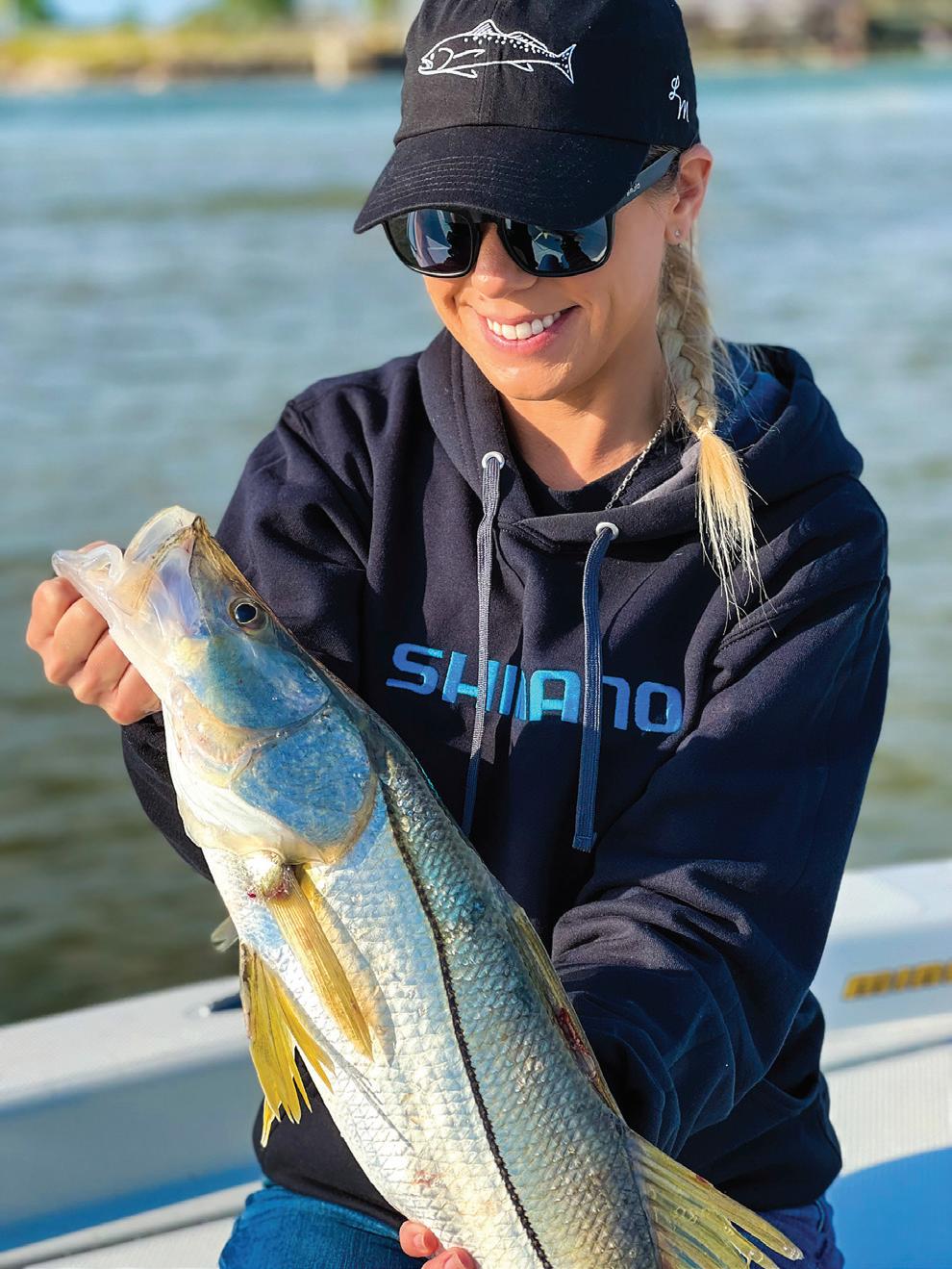
For more information on snook or to book a trip for this unique sh, visit www. inshore shingsouthpadre.com.
uEmail Kelly Groce at contactus@fishgame.com



away from the rocky landscape, the hillsides came to life.
Birds sounded in the distance as a light wind blew through the falling leaves, creating a sense of expectancy that is so familiar and exciting to hunters.
e sounds of hooves pounding rock echoed below me and soon a er an Armenian mou on ewe came running out of a small cluster of trees. Behind her was a massive ram with heart-shaped horns that swept farther back than typical mou on horns, but looked equally impressive.
e beautiful white saddle patch highlighted a formidable frame on what is one of the world’s smallest wild sheep. However, they lack nothing in the beauty and strength department.

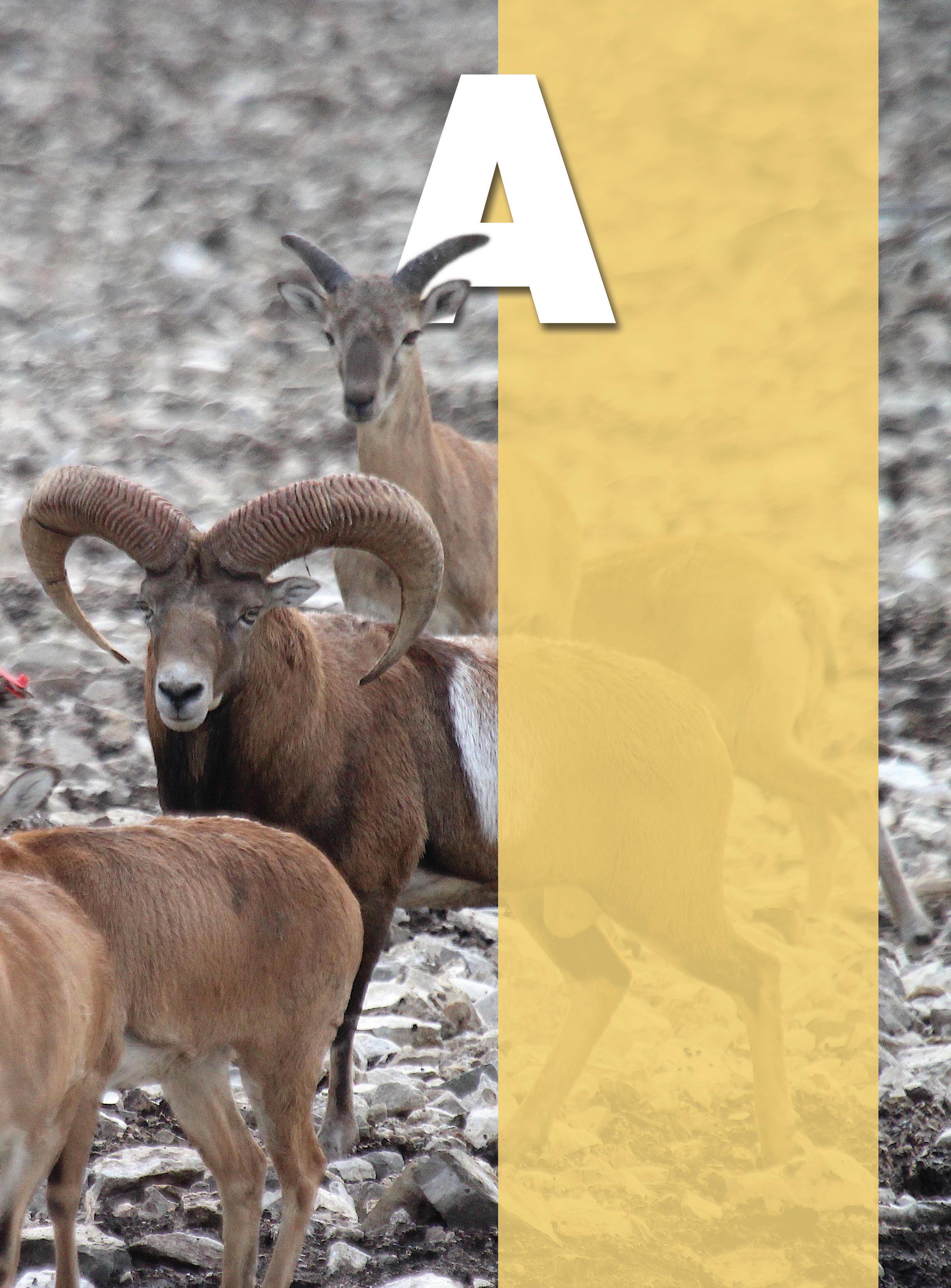
is wasn’t in the Caucasus Mountains of the species’ native Azerbaijan, but at the FTW Ranch located near Barksdale, Texas in the southwestern corner of the Edwards Plateau.
Nestled at an elevation as high as 2,200 feet, this 12,000-acre ranch is stunningly beautiful and is widely known for its SAAM Hunter Training Program. e FTW was founded in 1996 and according to owner Tim Fallon is dedicated to making hunters be er, supporting our nation’s military, and preserving endangered species from around the world.
“Hunters have been at the forefront of conservation e orts all around the world,” Fallon said. “From the comeback of elk, bighorn sheep, and wild turkeys in America to restoring and conserving much of Africa’s great game herds, hunters have been leading the charge.”
So, instead of only o ering standard exotic hunts at the FTW Ranch, Fallon said he wanted to “pay it forward.”
“ ere are species that are no longer huntable in their native lands because they are threatened or hunting is not allowed in those countries for various reasons. We wanted to create viable herds of these animals here in America and allow hunters an opportunity to pursue them, but most importantly make sure these species carry on.”
Pictured here are the FTW Ranch’s big breeder Armenian mouflon.
ARMENIAN MOUFLON: e
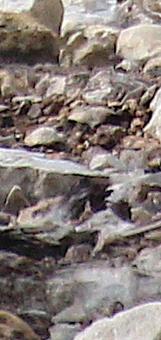
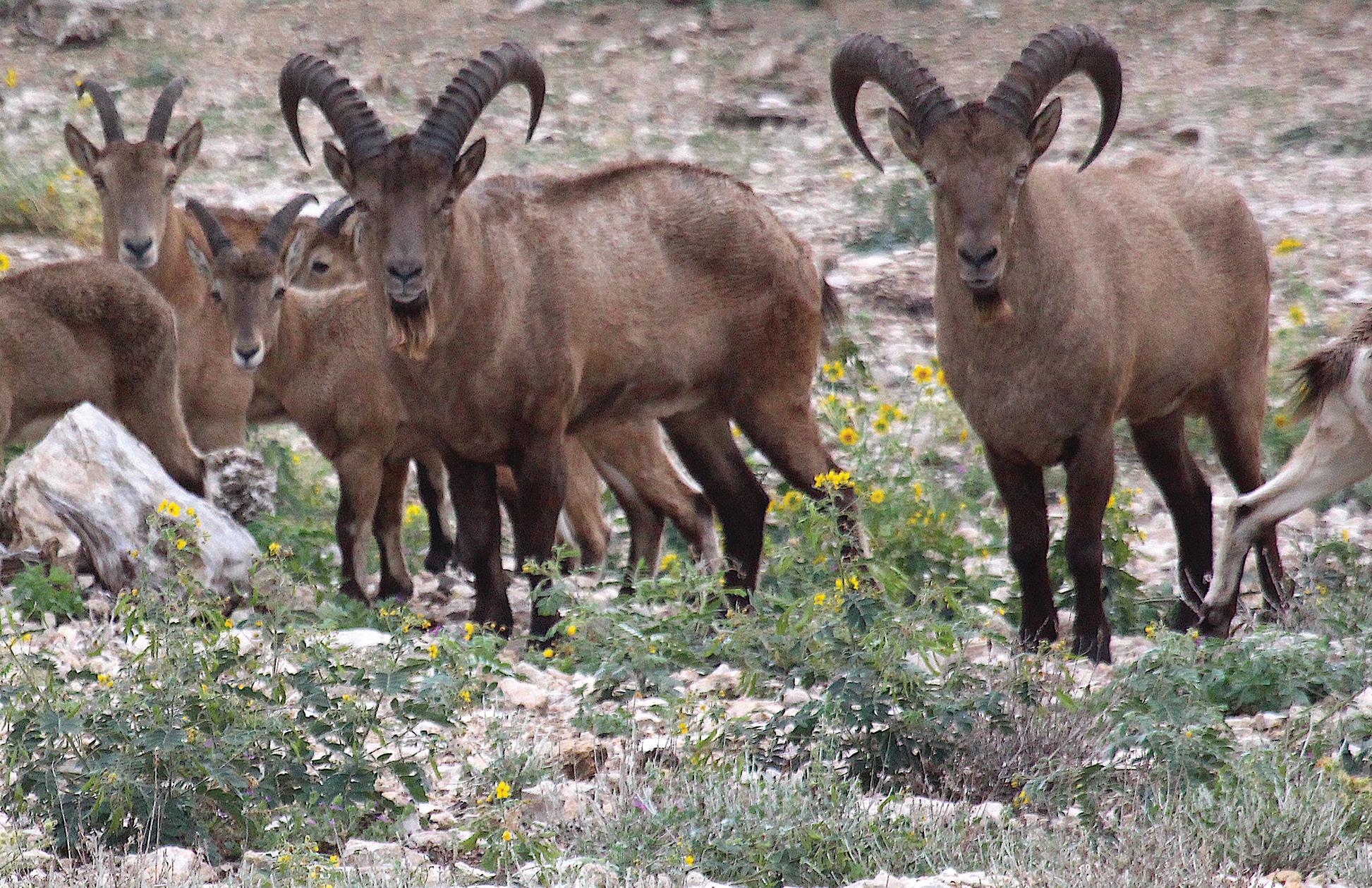
Armenian mou on, a native of Azerbaijan, lives mostly in open rough terrain at medium or high altitudes.
ere they inhabit rocky hill country, lowland and highland steppes, rocky semi-deserts, grassy slopes, and alpine meadows. According to Fallon, they spend the summer at the highest elevations, right below the permanent snow.

“In winter, they move lower and may come into the valleys. ey live in small or large herds. In the summer, the older males live singly or in separate groups and live up to 18 years.”
TURKOMEN MARKHOR: Markhors are super agile wild goats with incredible, spiraling horns. According to Fallon, markhors survive on the steep, arid hillsides of the Himalayan Mountains in Central Asia, including the countries of Tajikistan and Afghanistan.
“In the summer months, they can be found as high as 13,000 feet above sea level, foraging on grasses. In the winter, they avoid deep snow.
e name “Markhor” is a combination of two Persian and Pashto words: “Mar” means snake and “Khor” means eater.
IRANIAN RED SHEEP: e Iranian red sheep is a small, beautiful wild sheep that lives in one of the most secluded places on the planet. ese sheep are a naturally-occurring hybrid of the Trans-Caspian urial and the Armenian mou on.
EUROPEAN MOUFLON: Mou on were one of the rst exotics introduced into Texas and over the years, nding true mou on stock has been challenging. Many sheep have been hybridized with others and are more “mou on-type” sheep than true European mou ons.
e FTW has some incredible European mou on rams that show these animals, which have been dispersed everywhere from Texas to Hawaii are a worldclass trophy.
HOG DEER: According to Fallon, Axis porcinus, the hog deer has a native geographic range throughout India, including the Himalayan foothill zone and Southeast Asia, including Burma and ailand. ey are called “hog deer” because they
look hog-like as they run. Appearing like a sika deer at rst glance, they are really unique deer that are reported to be one of the only deer that can successfully mate with an axis.
WESTERN CAUCASIAN TUR: ese Azerbaijan natives are the crown jewel in Fallon’s conservation collection. Acquired in 2022, his small, breeding herd is the only one like it outside of zoos. He has high hopes for establishing something special with these animals.
“ ey are truly remarkable, and we are proud to have them here on the FTW Ranch. ey are big animals with impressive horns. Although they are not as wellknown as other species we have, they are highly respected by hunter-conservationists who know of them,” Fallon said.
e ranch also has breeding programs for Trans-Caspian urials, Dybowski sika deer, and Nubian ibex along with hunting for standard exotic ranch o erings such as fallow deer, blackbucks, and axis.
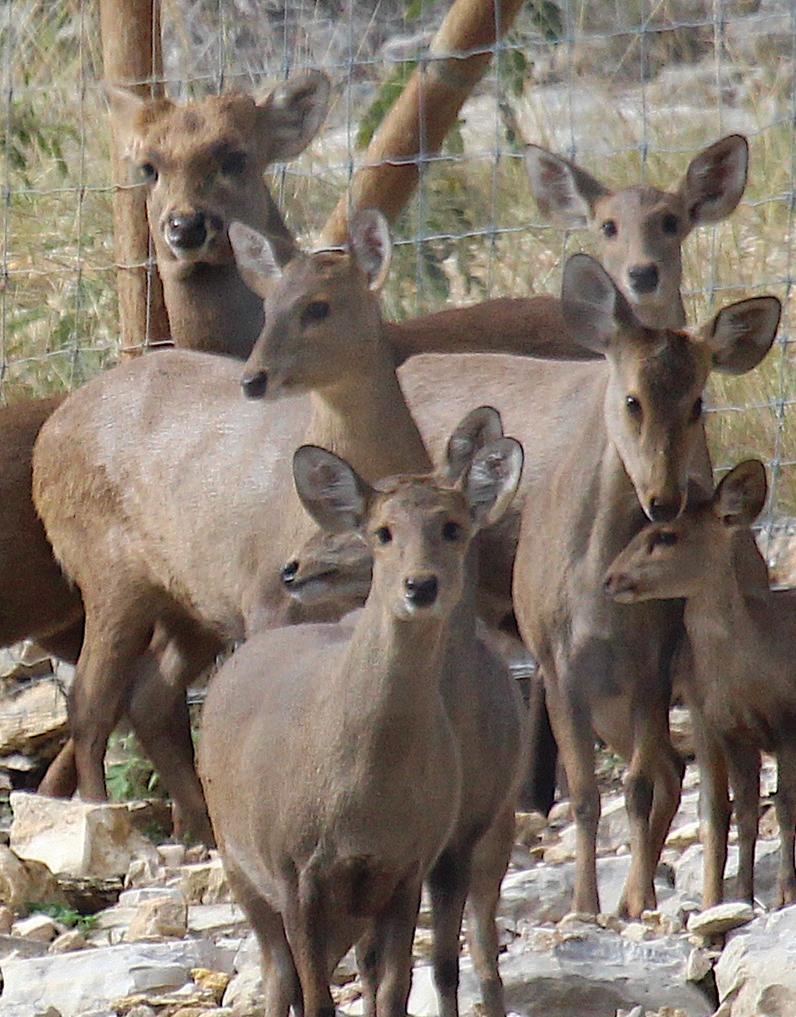
“I’ve been blessed to hunt many species all around the world. Seeing situations where hunters were not really prepared at all for what they were about to face was the inspiration for the SAAM Hunter Training Program. We have been able through a lot of hard work to produce be er, ethical hunters,’ Fallon said.
“It’s also exciting to be able to have a safe haven for species like tur and markhor here at the ranch. We’re proud to be able to highlight the hunter’s role as conservationists and also make hunters’ dreams come true.”
I’ve been blessed to visit the FTW Ranch on two occasions while covering e Wild Sheep Foundation’s Women Hunt events.
Capturing images of tur, red sheep and Armenian mou on was exciting and gave me an insight into the heart of their conservation program. It isn’t for show. It’s for forwarding the cause that hunters have led for the last hundred-plus years.
If what I captured images of is any indication, there will be a good crop of red sheep and Armenian mou on in the fall.
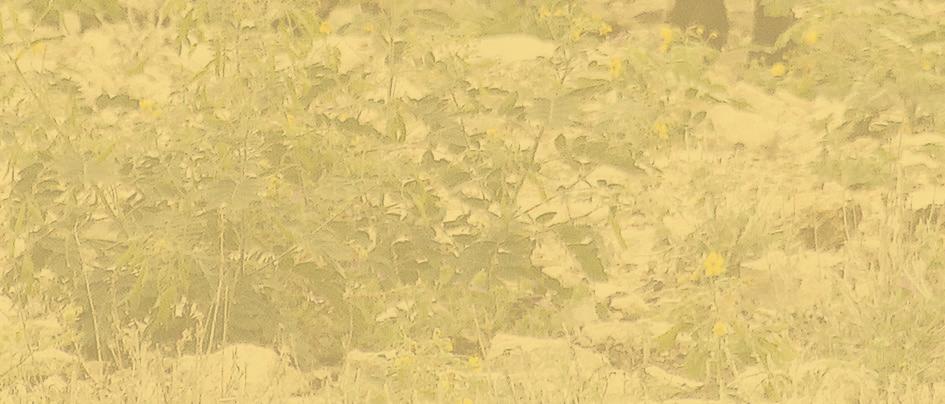
e Texas Hill Country has long been a safe haven for exotic wildlife. At the FTW Ranch, it is intentionally being used as an ark of sorts for threatened Asian wildlife and celebrating the role of the hunter-conservationist.
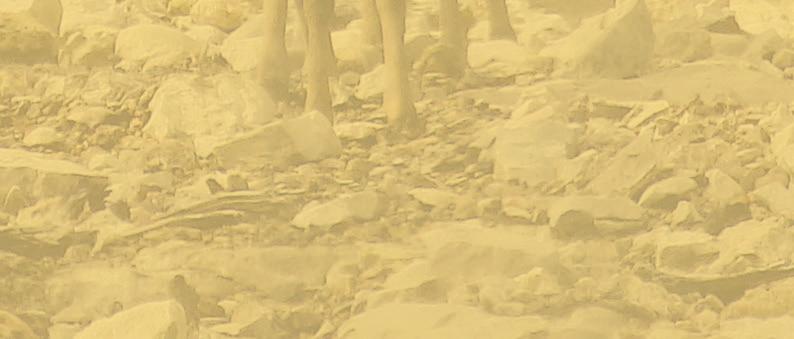

E’VE GOT MOST ALL our does taken for the year. We took them early in the hunting season, but we have a few more le to take.
With our property essentially being in a drought, it is even more important that we remove all the does recommended. Doing so is part of our Managed Land Deer Permit Program (MLDP).
I was told this during the last days of December by a rancher I have long worked with as a wildlife biologist.
“Could you please come take the four does we have le to take?” he asked. “Doing so will give you an opportunity to review the age, weight and antler measurements data we took throughout the hunting season,” he said. “You can spend time on the ranch to evaluate what we’ve done in terms of your habitat recommendations which you and Brandon (Houston) made for us through your H3 Whitetail Solutions,” he added.
“Plus I know you like to hunt and shoot and I suspect you can always use more venison.”
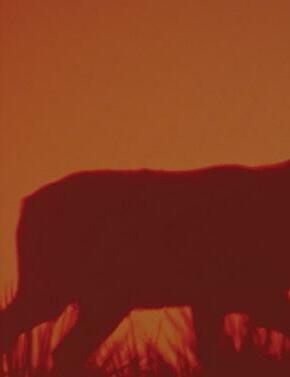

How could I refuse such an invitation?
I told him I would be there a couple of days a er the DSC Convention in early January. He said he would be there, too; and I could follow him to the ranch from Dallas.
Not only was I eager to add more venison to my freezer, I was also eager to do some hunting with a new Taurus Raging Hunter .460 S&W Mag revolver. I had appropriate Hornady ammo, and I topped the revolver with a Trijicon SRO red-dot sight.
Too, I had another Raging Hunter in .44 Mag I wanted to use. I dearly love hunting with handguns. Hunting whitetail does with them is a great way to learn those gun’s capabilities, along with my capabilities with them.
January and February are indeed an ideal time for deer hunting ventures. I enjoy taking does and still doing some buck hunting on MLDP properties
Also, there’s late season muzzleloading hunts. On those places where the hunting season is closed for the year, I can do some scouting for next year as well as hunt wild hogs. In addition, I love the winter hunts for predators as part of a wildlife management program.

season is closed for the year, I can do some
:: by LARRY WEISHUHN TF&G Whitetail Hunting Editor



On the properties I manage for quality wildlife, predator control is part of the program. is involves taking bobcats, coyotes and feral hogs.

I dearly love calling predators with my Burnham Brothers mouth-blown calls and their new revolutionary “Freq” electronic

those from a few years ago. Early January is when I, as mentioned, a end the DSC Convention (www.biggame.org) to visit with many hunters, but also to plan my next year’s whitetail hunts. is was where I planned and scheduled my 2022 hunts which included hunting in East Texas, the Brush Country, Lower Panhandle for both whitetail and mule deer, West Texas and a
call. I call only during daylight hours so I can see predators approaching the calls.
I also lm them for the weekly A Sportsman’s Life, a show I co-host that appears on www.carbontv.com. Many of my Texas deer hunting adventures appear on the show, along with hunts by Brandon Houston, Luke Clayton and Je Rice.
Winter months too, are great times to sit around a camp re and tell stories about the immediate past hunting season, and
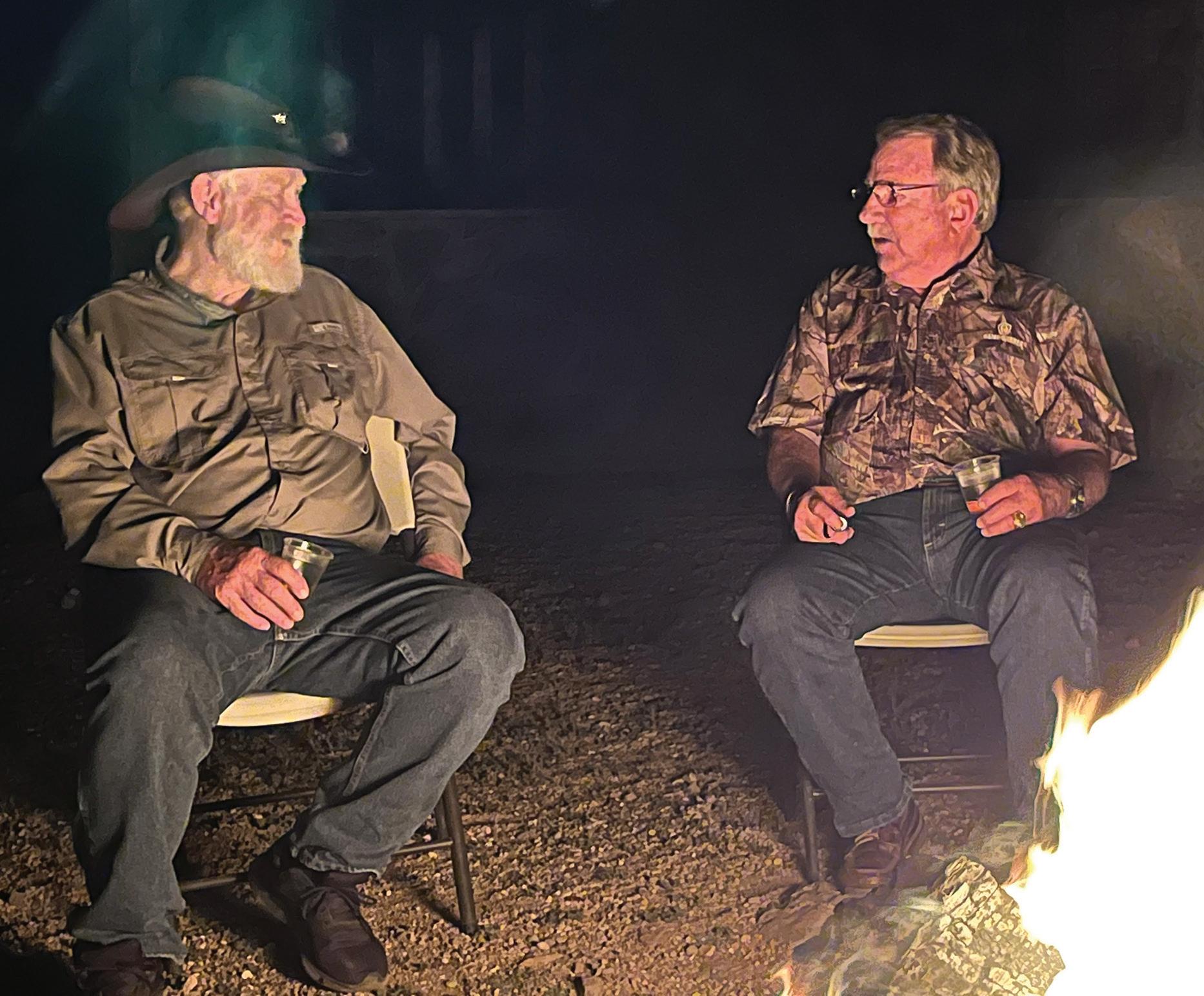
few points in between.
Even though the whitetail seasons are closing or have already closed, my whitetail hunting never stops. e hunting season may be over, but I am already planning my 2023 hunts.
uEmail Larry Weishuhn at ContactUs@fishgame.com






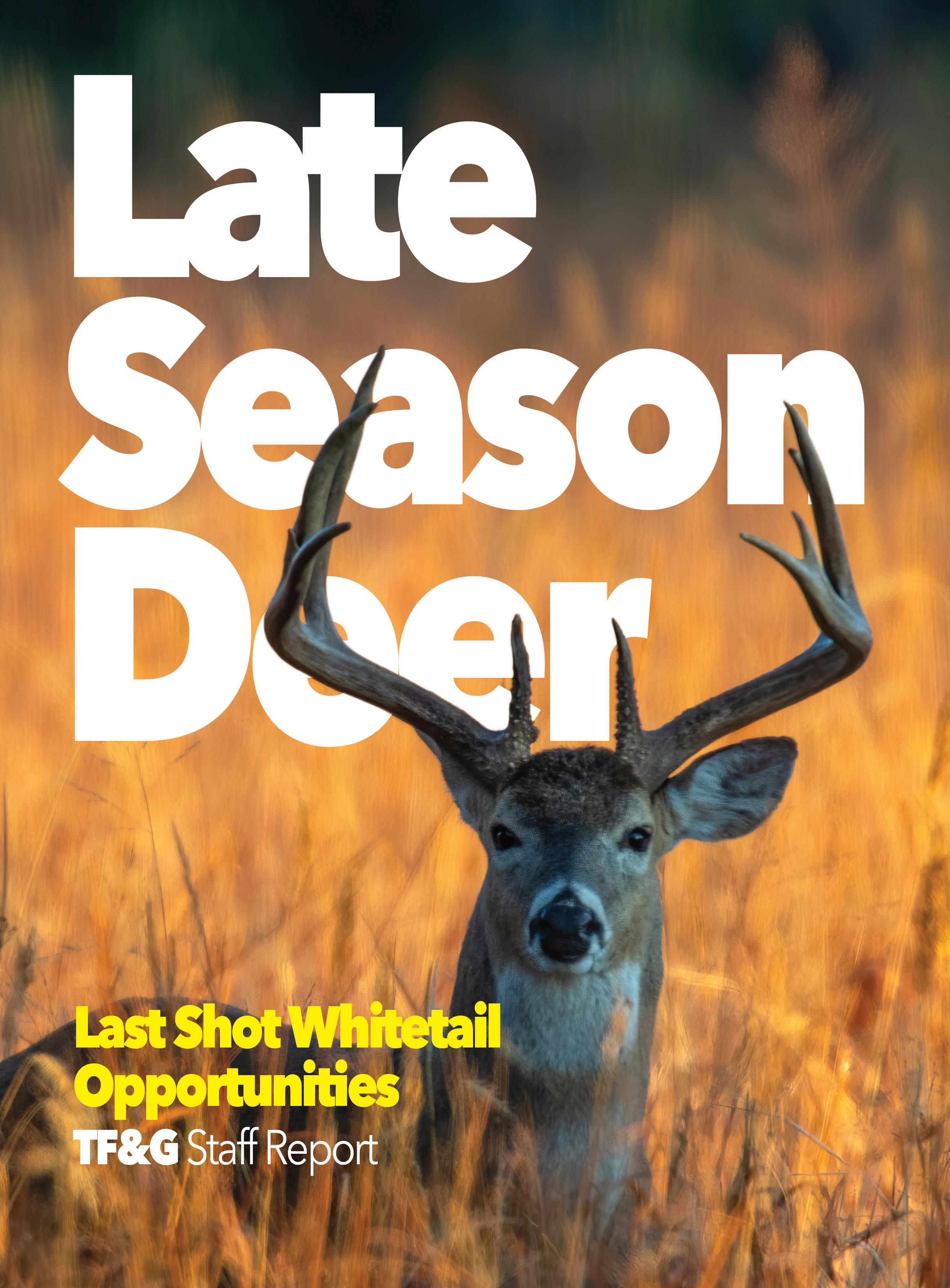
HE GENERAL WHITEtail only season will be over just about the time you read this article.
The North Zone, which includes a large portion of the state, ends January 2. But hunters should note there are late season options available in Texas. So we thought we would give you a few of these to consider.
January 2 to 15 marks the late muzzleloader season for whitetail deer in 90 counties across the state. It gives hunters an option to score on deer that eluded them during the archery only and general season.
“The last muzzleloader season is a great way for hunters to bag the does they passed up while holding out for that trophy buck or maybe get the one that got away,” said Texas Fish & Game Hunting Editor Lou Marullo.
“Muzzleloader hunting is a big deal in many northern states because of the restrictive gun seasons,” he said. “But it has never taken off at the level I think it should in Texas. I am hearing more hunters talk about it. With two extra weeks at the end, it’s a great incentive to get in the game.”
Hunters are reminded a muzzleloader is any firearm that is loaded only through the muzzle. A cap and ball firearm in which the powder and ball are loaded into a cylinder is not a muzzleloader according to TPWD. Muzzleloader deer seasons are restricted to muzzleloading firearms only.
In addition the South Zone general still runs through January 15. Hunters utilizing lands under the MLD permit system can hunt through February 28.
In counties with a Special Late Season, harvest is restricted to antlerless and unbranched antlered deer (a buck with at least one antler that has no more than one point). A point is a projection that extends at least one inch from the edge of a main beam or another tine. The tip of the main beam is also a point.
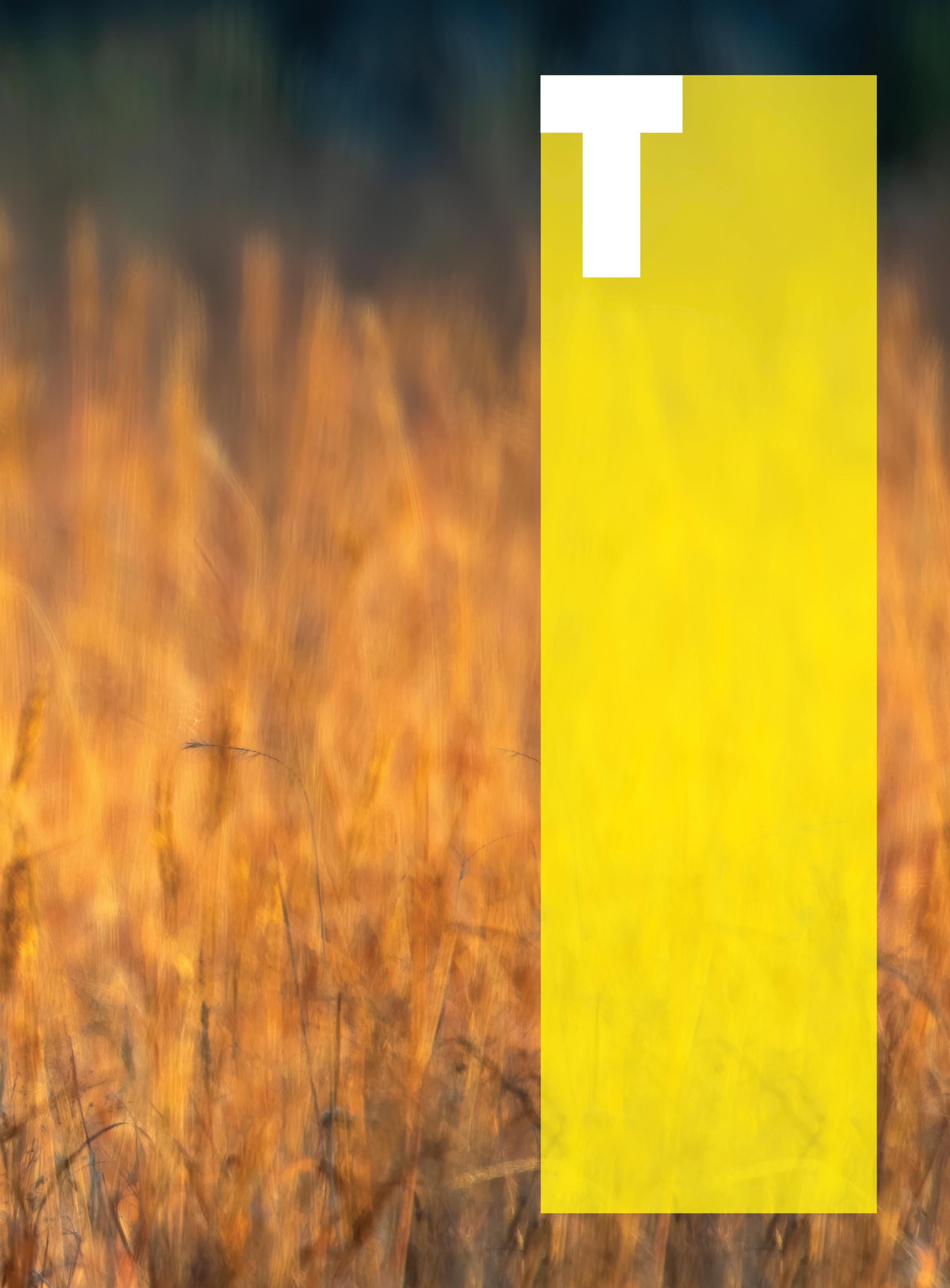
There is a late season January 2 to 15 in the north zone and January 16 to 29 in the south.
In counties with a special late season, harvest is restricted to antlerless and unbranched antlered deer (a buck with at least one antler that has no more than one point).
Finally, there is a youth-only season that runs January 2 to 15 in the north and south zones.
In other words, there are plenty of opportunities to hunt left.
AT
spoke those words as she gazed out into the beautiful, rugged FTW Ranch on the southwestern tier of the Edwards Plateau. is Texan is one of 12 women from throughout the U.S. and Canada participating in the second annual Women’s Hunt, a program of the Wild Sheep

“The outdoors is such an exciting place. I just love it.”
Foundation.
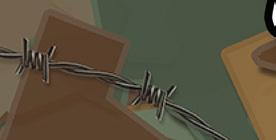

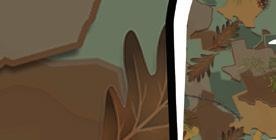
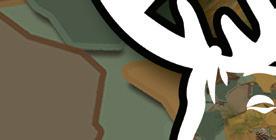







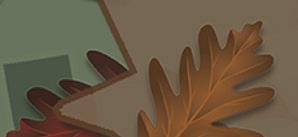



On the next to the last day, she was feeling super motivated. “It’s amazing to have arrived with minimal knowledge of ri es and shooting experience,” Hunter said, “and to leave being able to hit a target 700 yards away. And to learn more about hunting and conservation than I could have imagined in such a short time was incredible,”
Each of the ladies experienced the FTW Ranch’s SAAM New Hunter


Program. To call it comprehensive would be an understatement.


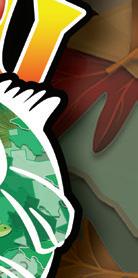






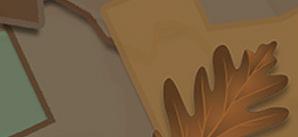
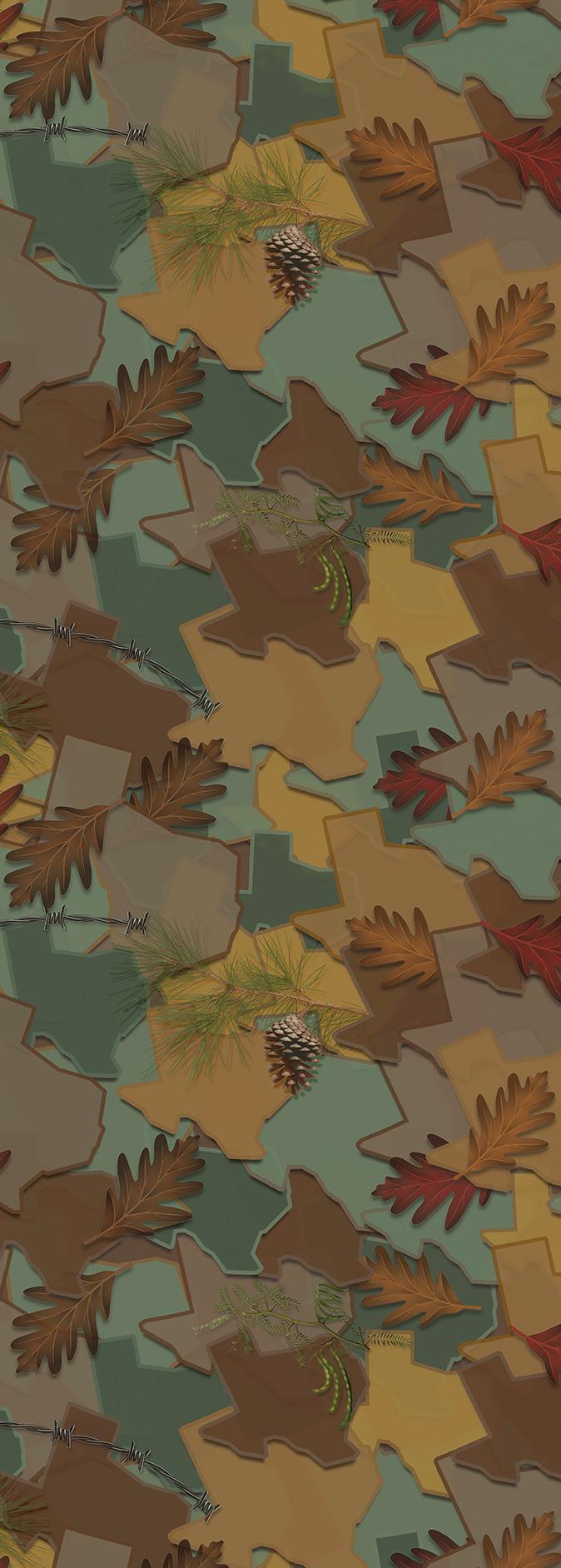
ey learned everything from gun safety and wildlife identi cation to eld dressing and venison preparation. e heart of the course was learning to shoot accurately under di erent kinds of conditions with guidance from world-class shooters and instructors.
“ e shooting program was so good,” said Rachel Bi ner of Arkansas.
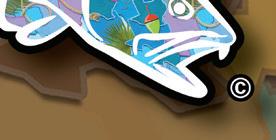







Having only participated in bird hunting in the past, Bi ner is excited to hit the eld in pursuit of big game including her dream animal—an axis deer.

Bi ner, who works in the wildlife biology eld, participated in a project involving axis deer a few years back and fell in love with the gorgeous exotics.
“Now, I have more con dence to make that dream come true,” she said.
In only two years, Women Hunt has created an on-ramp for women with an interest in immersing themselves in the hunting lifestyle.
Applicants are chosen by the group’s commi ee using a comprehensive application process including an objective, blind assessment, and scoring rubric.
“ is year we had a very diverse group of ladies, including four from states out of the range of wild sheep. It’s great to see participants from new places wanting to connect with the program,” said WSF Women Hunt Chair Renee ornton. ornton said the program isn’t just


about giving women the tools to hunt but also defending hunting and promoting wildlife conservation.
“The ladies are taught about the North American Model of Conservation and learn about the important work hunters have done and continue to do for wildlife and its habitat,” she said.
The women are charged with giving back to the sport and to wildlife when they return home.
Participants in the inaugural event in 2021 have done everything from teaching conservation in the classroom to submitting articles to Texas Fish & Game.
“We have several this year with wild-

life biology backgrounds and all of them are serious about giving back, so I’m excited to see how they make an impact in the months and years to come,” Thornton said.
Hunting and wildlife face many great challenges. From habitat loss to the growth of anti-hunting sentiment, threats loom from the field to the legislature.
Positive changes won’t happen overnight but there are 12 new very empowered and outdoors-educated women coming out of the WSF’s Women Hunt event at the FTW Ranch.
And I have no doubt they will be a force to be reckoned with both in the woods and everywhere challenges to hunting rise.
“Now, I have more confidence to make that dream come true”


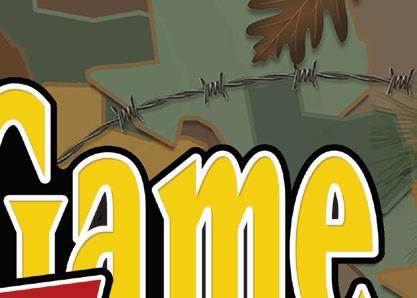
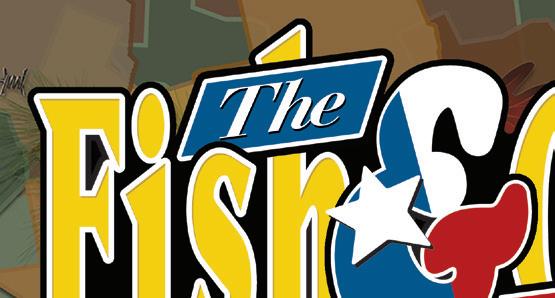

THERE ARE FEW THINGS THAT unite the entire outdoors industry. People have opinions and as in any trade, there are those who have ideas how things should be run and others who totally disagree.
A positive trend has emerged over the last couple of years. at has been the protection of wildlife and sheries habitat. As outdoor user numbers have gone up tremendously since the pandemic rocked the world in 2020, conservation groups have put an even deeper focus on habitat.
Issues of hunting access and bag limits on the shing front tend to stir up the public the most, but industry is leading on habitat issues and doing so in a big way.

e following are some prime examples of habitat initiatives that in the long run will make a massive di erence for wildlife and those who love pursuing it.
e Texas Parks and Wildlife Commission adopted changes to the statewide oyster shery proclamation. is included the closure of oyster reef areas in Ayres, Mesquite and Carlos Bays, and the temporary closure of restoration areas in Galveston Bay and San Antonio Bay.
“We applaud the Commission for their unanimous decision to protect and conserve the three bays from oyster harvest,” said Shane Bonnot, CCA Texas Advocacy Director. “Texas Parks and Wildlife Department executive leadership and coastal sheries sta are to be commended for recognizing the need to conserve these ecologically valuable oyster reefs, and it is refreshing to witness science and policy work in tandem to ensure a vibrant shery for present and future generations.”
e three bays are characterized by a diverse network of intertidal and deep oyster reefs, expansive seagrass beds and fringing salt marsh. is provides critical nursery habitat for numerous aquatic species.
In addition to the ecosystem services provided by these reefs, the positive role oyster reefs play in this habitat mosaic cannot be overstated. e proximity of Cedar Bayou to this area, serving as migration and recruitment corridor, further justi ed the reason for this closure.
“Establishing networks of protected oyster reefs isn’t a new concept,” said Pat Murray, President of CCA. “We see this as a common management tool in other states to help recruit oyster spat in adjacent areas while optimizing the habitat value within the closed area. Furthermore, what we nd is that protecting areas from destructive harvest practices is a more cost-e ective
option when compared to the cost of restoring a degraded reef.”

A er more than three decades of support in the region, the Rocky Mountain Elk Foundation and its partners have allocated more than $1.45 million dollars over the next two years to bene t elk and elk country in Kentucky, North Carolina, Tennessee, Virginia and West Virginia.

“RMEF always has and remains deeply invested in restoring elk to their historic range and ensuring their future success,” said Kyle Weaver, RMEF president and CEO. “ is two-year commitment bolsters elk populations by supplying grant funding for habitat enhancement, land conservation and access, research and wildlife management projects across the ve states.”
Speci c project work includes creating wildlife water sources, forest thinning, prescribed burning, invasive vegetation treatment, forage enhancement, chronic wasting disease surveillance, calf survival and genetic analysis research, and conserving two parcels for elk habitat and to
improve public access for elk hunting and other recreational activities.
Over the years, the Edwards Plateau has recorded the highest number of Rio Grande wild turkey harvests in all of Texas according to o cials with the National Wild Turkey Federation (NWTF)

Researchers and managers, however, are noticing a dip in the number of birds taken, which also coincides with some serious habitat threats, posing many questions that need answers.
“Data suggests that Rio Grande abundance, number of hunters and number of birds harvested have dipped in recent years,” said Blake Grisham, PhD, director and associate professor of wildlife management at Texas Tech University.
“In the Edwards Plateau Ecoregion, deg-

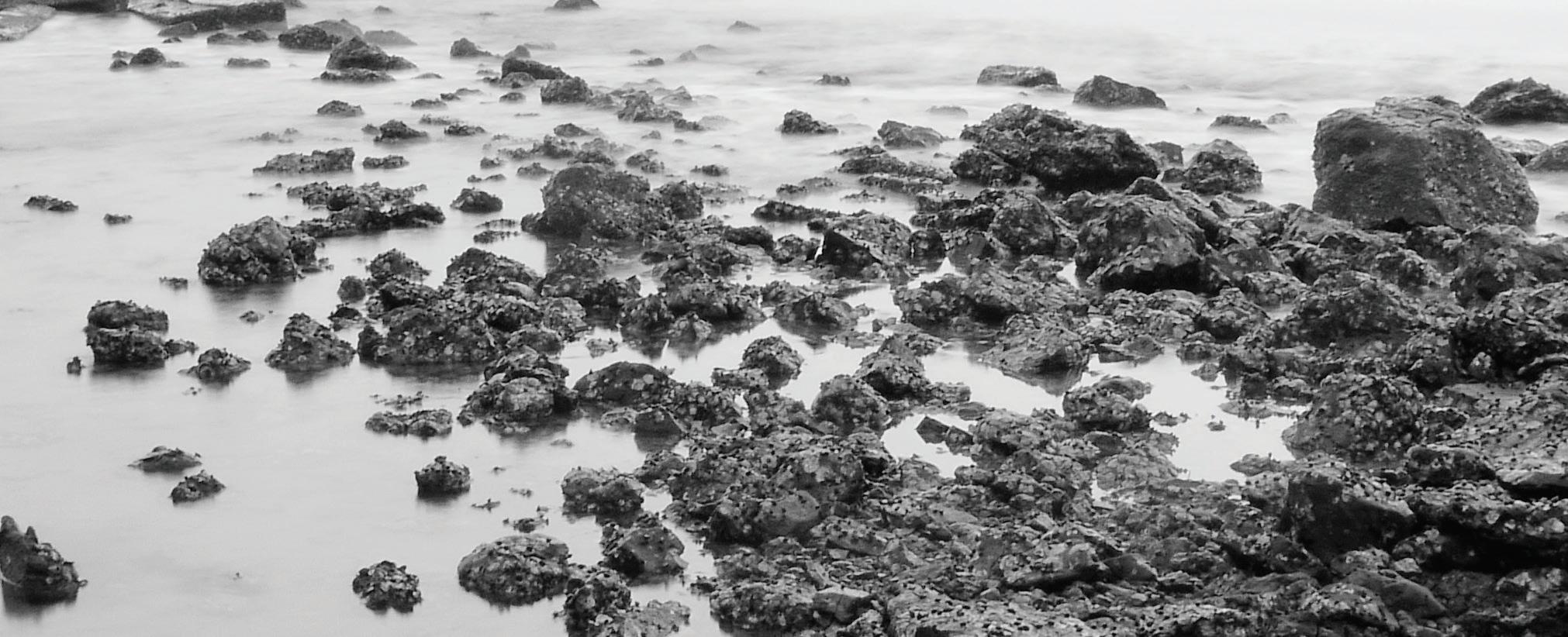

radation of riparian habitats has occurred and is likely associated with many factors, including changes in the frequency and magnitude of ood pulses, ungulate browsing, unmanaged grazing, lack of prescribed re, feral pig damage and direct damage to riparian vegetation caused by large groups of invasive axis deer.”
e terms “riparian areas,” “riparian zones” or “riparian corridors” are how wildlife biologists, managers and researchers refer to those habitat-rich areas between water and land according to NWTF ocials.
A new study will probe issues with these areas in relation to turkeys and other wildlife.

e San Francisco Mountains south of the Arizona border in Sonora, MX, barely
receive three inches of annual precipitation. e Wild Sheep Foundation, along with $10,000 from the Dallas Safari Club Foundation, has contributed $82,500 to drill a well to supply water to local people and provide a close and reliable water source for transport to ll water tanks for desert bighorn sheep and other desert-dwelling wildlife. Before this well, water had to be trucked daily 30 miles to supply the 78 families living in the area.
For nearly 25 years, residents have worked to conserve and re-populate desert bighorn sheep in this ejido. As a result of their program’s success, desert bighorn hunting on the ejido has expanded, as six permits were o ered in 2020. Four of these permits were sold to generate money to pay for additional transplants of free-ranging desert bighorn sheep. e other two permits were sold to bene t the families and the ejido residents. Revenue from sheep hunts is/has been the primary source of income for this ejido, so the ejidotarians recognize the economic and ecologic value of healthy desert bighorn sheep populations.
Water is a major habitat issue and while li le can be done about rain in areas, water guzzlers can be provided to help boost wildlife where drought is ravaging water supplies for wildlife and people.
As you can see, habitat enhancement comes in many forms. We wanted to give you a look at some cu ing edge work done in Texas and around North America that has been supported by the outdoor industry in a time when more pressure is facing our resources than ever before.
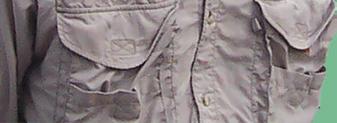
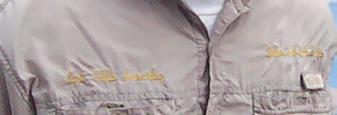
IT’S HARD TO BELIEVE THAT another great shing year is already in the books.
2022 was a special year in many ways here on Sabine. I think t was the rst in recent history that we didn’t have to contend with an ultra-fresh bay system due to local ooding because of rainfall from the north.

We were never really threatened by any tropical activity in the Gulf. As far as I know, no one even had to evacuate. Salinity levels on Sabine were the highest we’ve seen in a while. e state-wide drought in the summer months took its toll on many people in many ways, but it actually helped the overall condition of Sabine Lake. A lot of our goals were met in 2022. Here’s to hoping that 2023 brings more of the same. We are in the two coldest months of the year, and it’s
time to start reaching for our new goals.
We will start by seeking out big, cold water trout on the ats of Sabine Lake. ere are a few things to remember if you are going to bring solid winter sows to the net.
First of all, these big girls prefer to feed on bigger sh rather than smaller shrimp. Because of their size and the fact that their metabolism slows in the cool water, they tend to be slower than normal. ey are also wary and less aggressive. ey want a big easy meal with the least amount of e ort possible.
erefore, bigger baits worked slower than normal will equal be er results. Speckled trout will eat larger shrimp in the winter months, but they prefer n sh such as mullet and, even, smaller trout. For this reason, slow sinking plugs like Mir O Lure Catch V, and Catch 2000 as well as Corky Fat Boys and Devils are excellent choices. ese trout will occasionally go for long periods between meals, sometimes even
a few days, so it is very important to work your lure slowly and cover the water thoroughly. Wading is always a good option because it allows you to do this with more stealth and precision. ere is no doubt you can cover the water more thoroughly wading than you can dri ing. e wade sherman has a be er chance of ge ing the big bite because there is more opportunity for the lure to get close enough to the fat, lazy trout and entice a strike.
Although wading is the preferred method for a lot of anglers seeking wintertime trophy trout, dri ing the shallow ats is not a bad second choice. Dri ing can at times, be just as e ective, if not be er, for scoring the big bite and big numbers.


I actually do more dri shing than wade shing with clients in the winter. A lot of people aren’t willing to spend hours wading and plugging repeatedly, waiting for that one big bite. By dri ing. we cover a lot more water much quicker. When we get a bite, we stop the dri and work that area over real well.





Even on the coldest days, we will at times encounter schools of very solid trout. By dri ing and covering more water quickly, the chances of that happening are much be er. If slow-sinking mullet imitations, and topwaters are not ge ing the job done, don’t be afraid to throw long. so plastics such as Assassins, or Zoom Super Flukes on 1/4 ounce or 1/8 ounce lead heads.
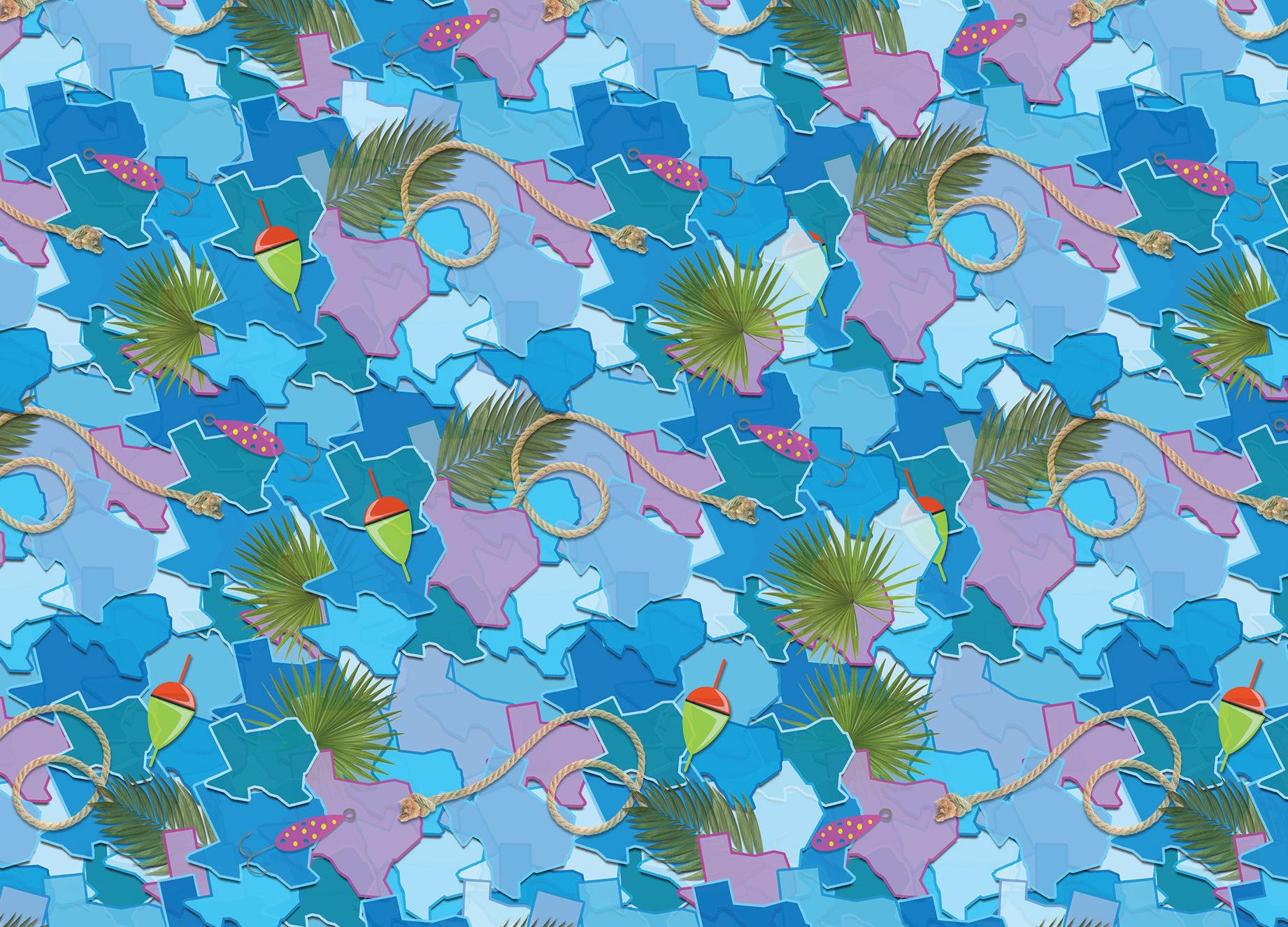
Set your goals high this year, and come see us here on Sabine Lake. • • •
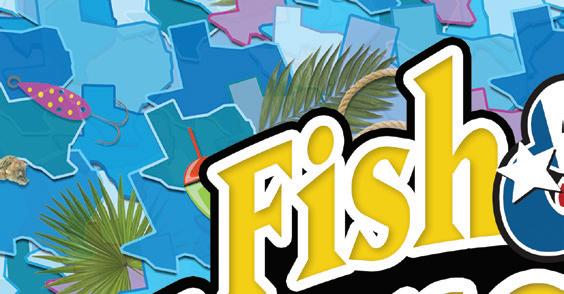 Reported by CAPT. DEREK YORK
Reported by CAPT. DEREK YORK

MANY PEOPLE HAVE PUT up their shing gear and boats for the winter. If you sh along the Texas coast and especially here on Galveston Bay, you are missing out.
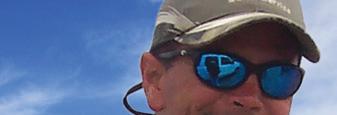
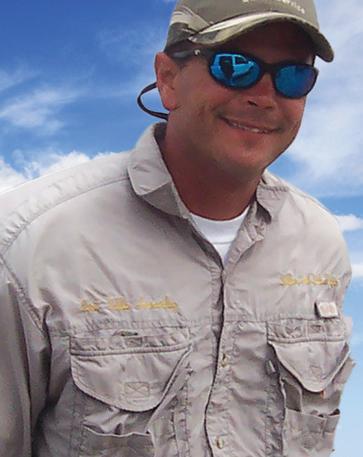

In between the cold fronts pushing through you can nd some fantastic sh-

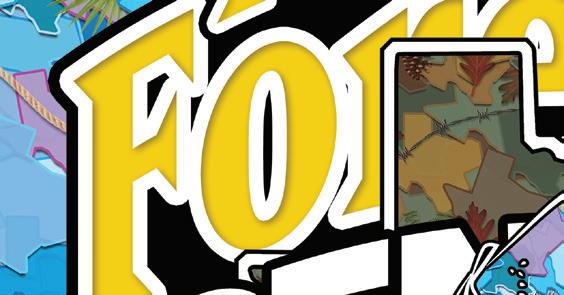

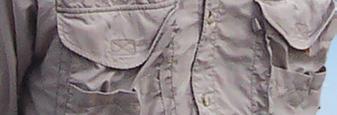
ing opportunities all over our bay system. Trout and red sh are usually found in good numbers, especially when targeting them on ats near deeper water.

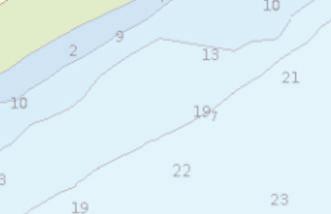
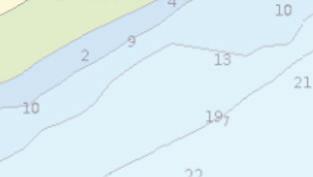
I really enjoy shing in the upper portions of the bay from Trinity Bay to Clear Lake and up into the upper reaches of the Houston ship channel. Corkies and so plastics are the go-to baits for this time of year. Slower retrieves are usually the ticket as the water temperatures are colder and I’ve always got some live shrimp to throw underneath a popping cork.
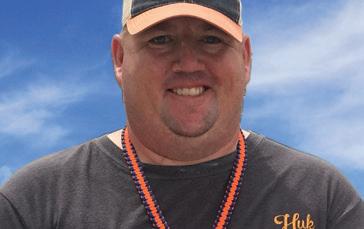
e ounder run is pre y much wrapped up by now, but there are still a few sh being caught down near Galveston, making them worthwhile to sh for. But the main thing I’m excited about is the big black drum run starting up usually in February.
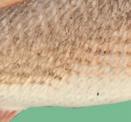
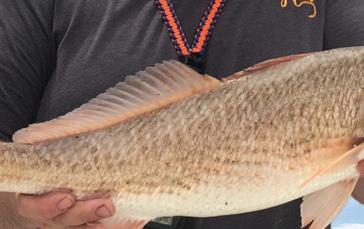
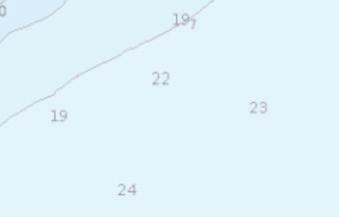
ese giant sh are always a blast to catch, and the rigs to catch them are easy to make. e key to catching them is using larger pieces of cracked fresh blue crab on the bo om.
Deeper waters around the je ies, gas wells and near the Galveston channel are the main areas people target these sh. One trick I’ve started using the past couple of seasons, is adding a piece of scented arti cial bait such as the Fish Bites to my hook. is really helps to keep scent on our line especially when shing in heavy current.
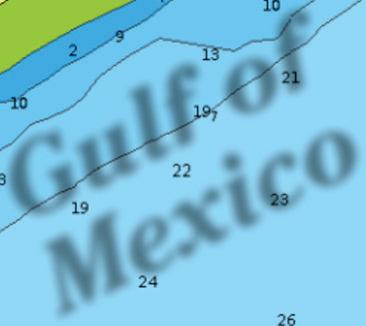

e current tends to really shorten the time your piece of crab stays together. Once the meat is ushed out the chances of ge ing a bite are much lower. So make sure to check your baits o en. Try to nd something that works for you to increase your chances at hooking into one of these monster sh.
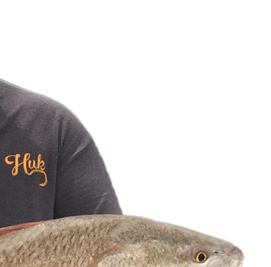
Although the sheepshead do not start stacking up at the je ies until March, this time of year you can still catch them around structure, using live shrimp. ey are really starting to put on the weight to get prepared to spawn. Some of
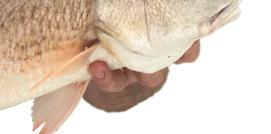

my biggest sheepies have come in February with several sh weighing more than 10 pounds. My favorite places to target them are along bulkheads made of wood and corrugated metal. O en overlooked, sheepsheads are one of my favorite sh to
go a er and make great table fare!

As always, make sure you are prepared for the weather this time of year whether shing from the bank or on a boat. ings can change fast on the water. Dress in layers and make sure someone knows your










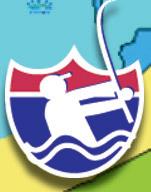
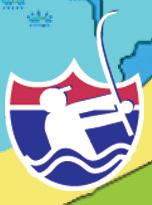
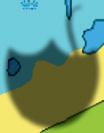


plans for the day.

Don’t forget to ll your thermos with some co ee or hot chocolate, and always try to take a kid shing.
 Reported by CAPT. MARK TALASEK
Reported by CAPT. MARK TALASEK

IHOPE EVERYONE HAD A merry Christmas and that you are having a wonderful new year. Hopefully Santa blessed you with all your favorite shing gear.

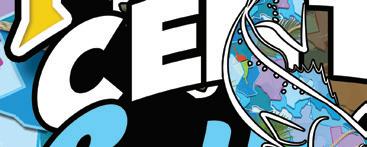
I can’t complain. Waterloo keeps me supplied with all of the latest and greatest on the market. If there was a lump of coal in your stocking stop by the store in Victoria and treat yourself.
We have had a great fall in Matagorda. It’s been an abundance of red sh and ounders, but the trout numbers are on the rebound since the freeze a couple years ago. I’m going to talk about winter trophy trout tactics. Everyone wants the big one to put up on the wall. It’s not an easy feat to accomplish. It takes hours on the water studying pa erns along with some good old-fashioned luck.
Most people in the shing industry consider anything 25-inches-plus a trophy. With current regulations you can only snap a couple photos of one that size.
Hopefully, with numbers increasing size limits will return to normal, giving people a chance to get that wall hanger. While most people want a skin mount you can get a replica with a few measurements. is way you can release the sh back into the water for another ght.
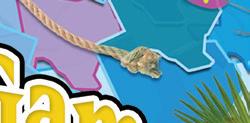

To target one of these trophies I like to
use a Corkie or subsurface lure. Between cool fronts when the wind lays, I will usually sh midday. I will nd a shoreline with some mud. e mud will warm up faster than the sand which re ects the heat back.
Tide movement and bait in the area is a plus. e bigger sh don’t eat as o en in cold weather. A bigger meal is what they search for. So a bigger bait will a ract bigger sh. Patience is key. I have waded all day for only a couple bites. But the bite you receive is the one that you want.
To book your next shing or ounder trip to Matagorda give me a call Captain Mark Talasek 979 479 1397. •



LOCATION: Campbell’s Bayou
HOTSPOT: Mud Flats
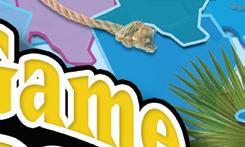
GPS: N 29 20.099, W 94 53.612 (29.334978, -94.893535)

LOCATION: Christmas Bay
HOTSPOT: Mouth of Churchill Bayou


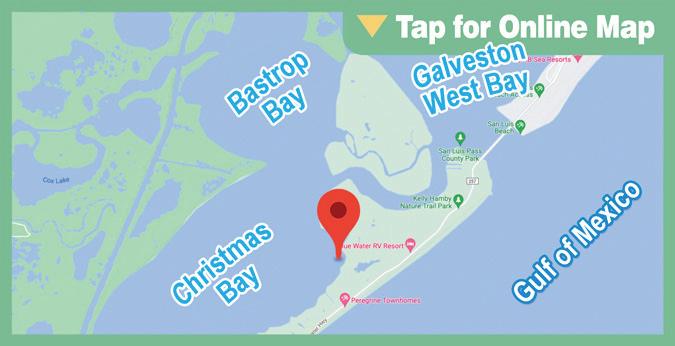

GPS: N 29 3.3499, W 95 9.7219 (29.0558, -95.1620)
SPECIES: Speckled Trout
BEST BAITS: Soft Plastics
SOURCE: Texas Lakes & Bays Fishing Atlas FishGame.com/FishGameGear
TIPS: Basic lure color choice: Clear water-light colors; dark or off color water, use darker colors.





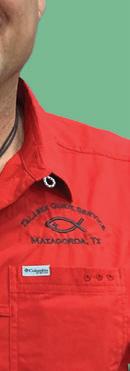


SPECIES: Speckled Trout
BEST BAITS: Corkys, MirrOlures and Bass Assassins

SOURCE: Capt. Ralph Frazier 281-337-0321 www.fraziersguideservice.com
TIPS: Bait colors: Frazier likes to throw the darker colors when the water is clear. If you have a blue-bird sky, we always throw a silver/blue back or a chrome/ blue back topwater for trout.
LOCATION: Chocolate Bay
HOTSPOT: Chocolate Bayou

GPS: N 29 11.622, W 95 9.948 (29.1937, -95.1658)
SPECIES: Speckled Trout
BEST BAITS: Soft Plastics with a 1/4 oz. jig head
SOURCE: Texas Lakes & Bays Fishing Atlas FishGame.com/FishGameGear
TIPS: The fish are going to go deep. Best days are bright sunny days when the sun has had a chance to warm the bottoms. Fish gravitate to a combination muddy/shell bottoms.
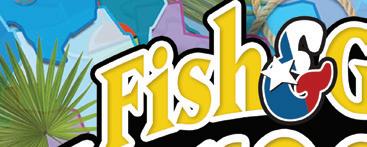

LOCATION: Freeport/ Surfside
HOTSPOT: Dow Plant
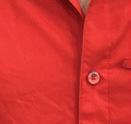
GPS: N 28 56.438, W 95 19.825 (28.9406, -95.3304)
SPECIES: Speckled Trout
BEST BAITS: Soft Plastics with a 1/4 oz. jig head
SOURCE: Texas Lakes & Bays Fishing Atlas FishGame.com/FishGameGear
SOURCE: Texas Lakes & Bays Fishing Atlas
FishGame.com/FishGameGear
TIPS: The Brazos River in Freeport, around the Dowell Chemical Plant is a “well-kept secret”. A lot of trout come from out the river in the colder months.
LOCATION: Galveston East Bay
HOTSPOT: North Shoreline
GPS: N 29 33.1439, W 94 37.785 (29.5524, -94.6298)
SPECIES: Redfish
BEST BAITS: Live shrimp and finger mullet
SOURCE: Texas Lakes & Bays Fishing Atlas 979-479-1460
FishGame.com/FishGameGear
TIPS: As water flows out of the marshes, look for schooling reds feeding on shrimp and finger mullet.
LOCATION: Galveston West Bay
HOTSPOT: Confederate Reef
GPS: N 29 15.7549, W 94 55.177 (29.2626, -94.9196)
BEST BAITS: Paddle Tails or TTF Trout Killer
SOURCE: Texas Lakes & Bays Fishing Atlas 979-479-1460
FishGame.com/FishGameGear
TIPS: As the temperature drops, trout should relocate to muddy bottoms, as the mud will hold heat better.
LOCATION: Galveston West Bay
HOTSPOT: Offatts Bayou

GPS: N 29 16.819, W 94 51.507 (29.2803, -94.8585)
SOURCE: Texas Lakes & Bays Fishing Atlas FishGame.com/FishGameGear
TIPS: “In January the fish will exit the flats to find the deeper, warmer water. But that’s not to say you can’t catch a big trout in January on the flats.
LOCATION: Matagorda
HOTSPOT: Colorado River at Selkirk Island
GPS: N 28 45.333, W 95 59.849 (28.7413, -95.7015)
SPECIES: Speckled Trout
BEST BAITS: Live shrimp under a popping cork
SOURCE: Texas Lakes & Bays Fishing Atlas 979-479-1460
FishGame.com/FishGameGear

TIPS: If the weather is warm, live shrimp fished under a popping cork will still work, especially if the fish are in deeper water.
LOCATION: Galveston West Bay
HOTSPOT: North Deer Island

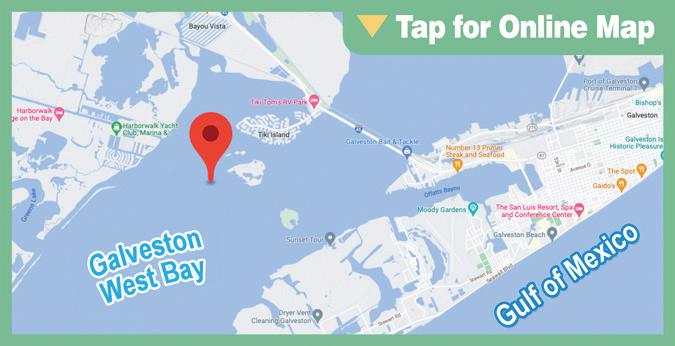
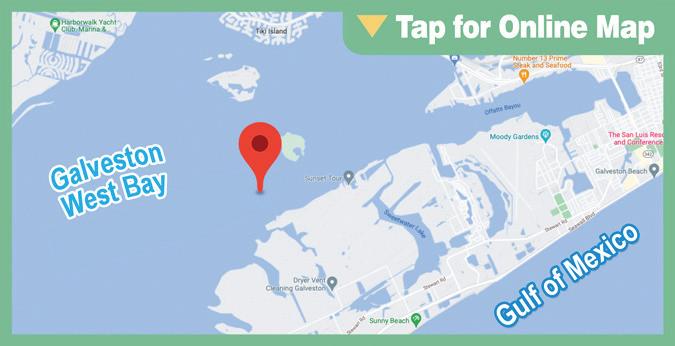
GPS: N 29 16.9639, W 94 56.223 (29.2827, -94.9371)
SPECIES: Speckled Trout
BEST BAITS: Soft Plastics with a 1/4 oz. jig head
SOURCE: Texas Lakes & Bays Fishing Atlas FishGame.com/FishGameGear
SOURCE: Texas Lakes & Bays Fishing Atlas FishGame.com/FishGameGear
TIPS: In January catches of numbers of fish probably will not happen, so concentrate on catching bigger fish.
LOCATION: Galveston West Bay

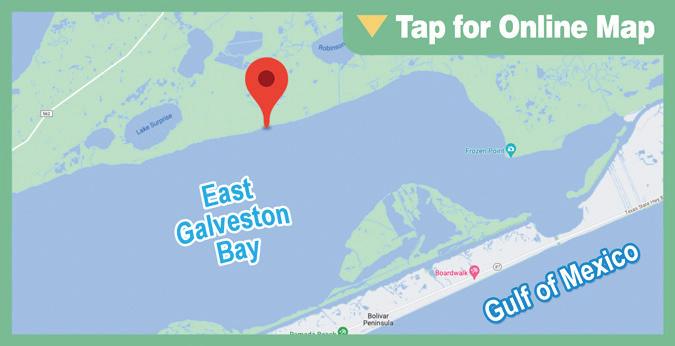
HOTSPOT: Redfish Cove
GPS: N 29 6.101, W 95 6.569 (29.1016, -95.1094)
SPECIES: Speckled Trout
BEST BAITS: Soft plastics
SOURCE: Texas Lakes & Bays Fishing Atlas FishGame.com/FishGameGear
TIPS: Fish deep holes in the river with soft plastics
LOCATION: Matagorda East Bay
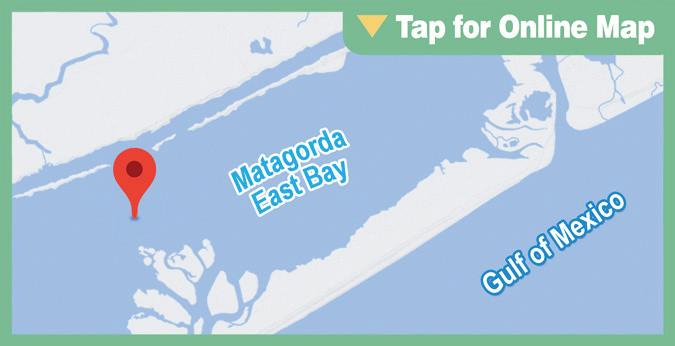
HOTSPOT: Brown Cedar Flats
GPS: N 28 44.478, W 95 42.090 (28.7413, -95.7015)
SPECIES: Speckled Trout
SPECIES: Speckled Trout
BEST BAITS: Soft Plastics with a 1/4 oz. jig head
SPECIES: Speckled Trout

BEST BAITS: Soft Plastics or Corkys
SOURCE: Texas Lakes & Bays Fishing Atlas FishGame.com/FishGameGear
TIPS: After a front, you have to think about where those fish are going to go when the tide falls real hard. It will stack the fish up in some deeper areas.
Winter is a great time to target big speckled trout. It just takes a lot of patience.
LOCATION: Matagorda East Bay
HOTSPOT: Drulls Lump
GPS: N 28 42.285, W 95 50.0659 (28.7048, -95.8344)
SPECIES: Speckled Trout
BEST BAITS: Topwaters


SOURCE: Capt. Glenn Ging 979-479-1460 www.glennsguideservice.com TIPS: Try topwaters if the weather has been warm.
LOCATION: Matagorda East Bay

HOTSPOT: Chinquapin Reef







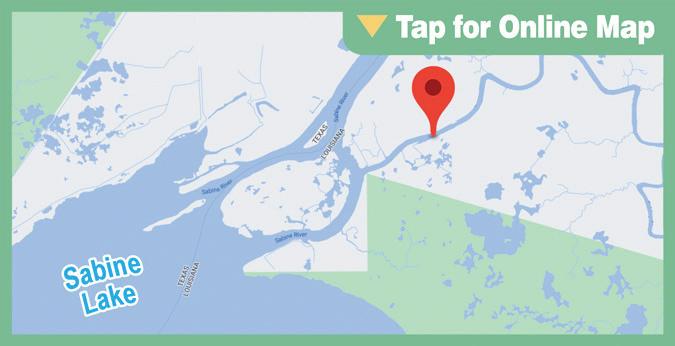
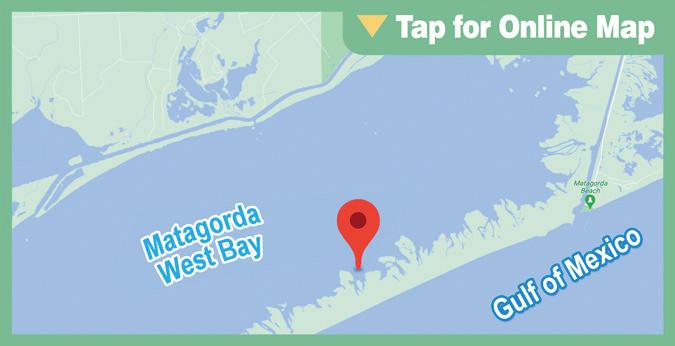

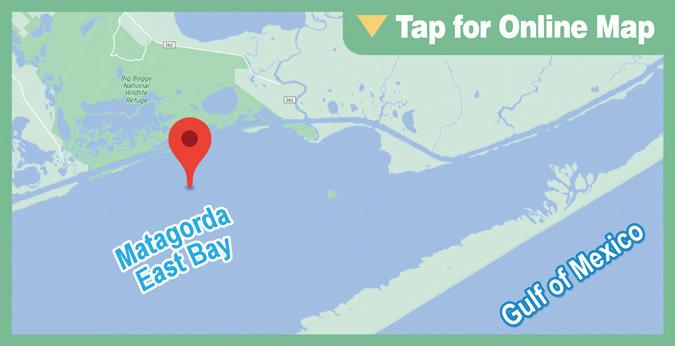
GPS: N 28 43.9939, W 95 47.9539 (28.7332, -95.7992)
LOCATION: Matagorda West Bay
HOTSPOT: Phillips Bayou
GPS: N 28 32.464, W 96 9.2839 (28.5411, -96.1547)
LOCATION: Sabine Lake
HOTSPOT: Black Bayou

GPS: N 29 59.866, W 93 45.1819 (29.9978, -93.7530)
SPECIES: Speckled Trout
BEST BAITS: Soft plastics
SOURCE: Capt. Glenn Ging 979-479-1460 www.glennsguideservice.com TIPS: If Capt. Ging is fishing deep reefs, he will be fishing with a popping cork and live shrimp
LOCATION: Matagorda West Bay
HOTSPOT: Peninsula Shoreline GPS: N 28 28.801, W 96 15.753 (28.4800, -96.2626)
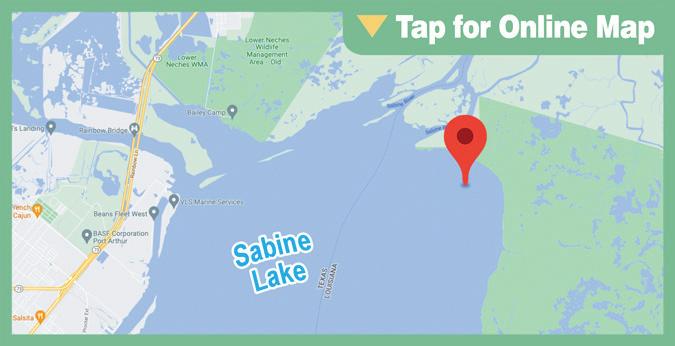
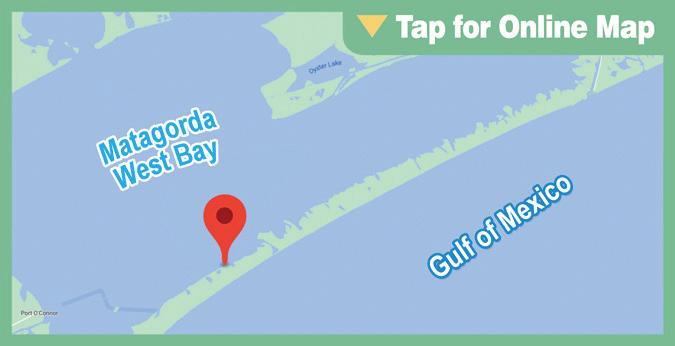
SPECIES: Redfish
BEST BAITS: Popping cork with live shrimp SOURCE: Capt. Glenn Ging 979-479-1460 www.glennsguideservice.com
TIPS: If live shrimp are not available, try Berkley Gulp in a pearl color.
LOCATION: Matagorda West Bay
HOTSPOT: Maverick Bayou
GPS: N 28 34.663, W 96 3.705 (28.5777, -96.0618)
SPECIES: Speckled Trout
BEST BAITS: MirrOlure soft plastics
SOURCE: Capt. Bill Watkins 409-673-9211 www.fishsabinelake.com
TIPS: For big trout, throw a five -inch MirrOlure Provoker along with 1/4-ounce jighead. If the water gets cold, switch to a 1/2 ounce gum ball jig head.
LOCATION: Sabine Lake
HOTSPOT: Coffee Ground Cove
GPS: N 29 58.1, W 93 46.09 (29.9683, -93.7682)
SPECIES: Speckled Trout
BEST BAITS: Soft plastics
SOURCE: Texas Lakes & Bays Fishing Atlas FishGame.com/FishGameGear
TIPS: On outgoing tides, fish the drains coming into the bay.

SPECIES: Redfish


BEST BAITS: Soft plastics SOURCE: Capt. Glenn Ging 979-479-1460 www.glennsguideservice.com
TIPS: This time of year, West Bay out-performs East Bay for redfish.



SPECIES: Speckled Trout
BEST BAITS: Soft Plastics with a 1/4 oz. jig head
SOURCE: Texas Lakes & Bays Fishing Atlas FishGame.com/FishGameGear
SOURCE: Texas Lakes & Bays Fishing Atlas FishGame.com/FishGameGear
TIPS: If you are looking to catch a lot of fish, switch to soft plastic bait,” said Capt. Jaynes. His favorite colors are Texas Roach or Glow/Chartreuse. Color choice depends on water quality. • • • • •

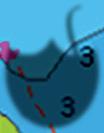










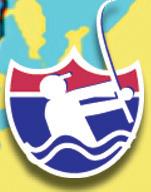
 Reported by CAPT. MAC GABLE
Reported by CAPT. MAC GABLE

WISE MEN SAY A RICH person is someone who makes a living at what they love to do. If so, I have been a rich person for sure.
My guide business was a true passion, as I have loved the outdoors from the time I could walk. In grade school I would read outdoor magazines and marvel at the wonderment of this great nation and its abundant hunting and shing resources.
About twenty years ago I picked up my rst Texas Fish and Game magazine, and from that day forward it has been a staple at my bedside.
I would read the late great Don Zaidle ( I miss him), Chester Moore, a champion for all outdoor menandwomenandtheguywho rst asked metowriteforTF&G(Io en have wondered what he saw in me many years ago), LarryBozka,whoputsaltwater shing on many anglers’ maps. And who doesn’t enjoy the Nuge (Ted Nugent) and his Mystical Flightof e Arrow.






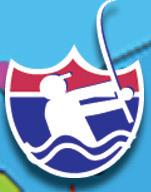
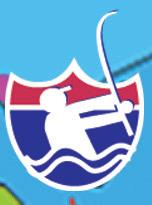
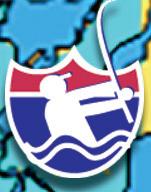


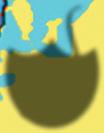

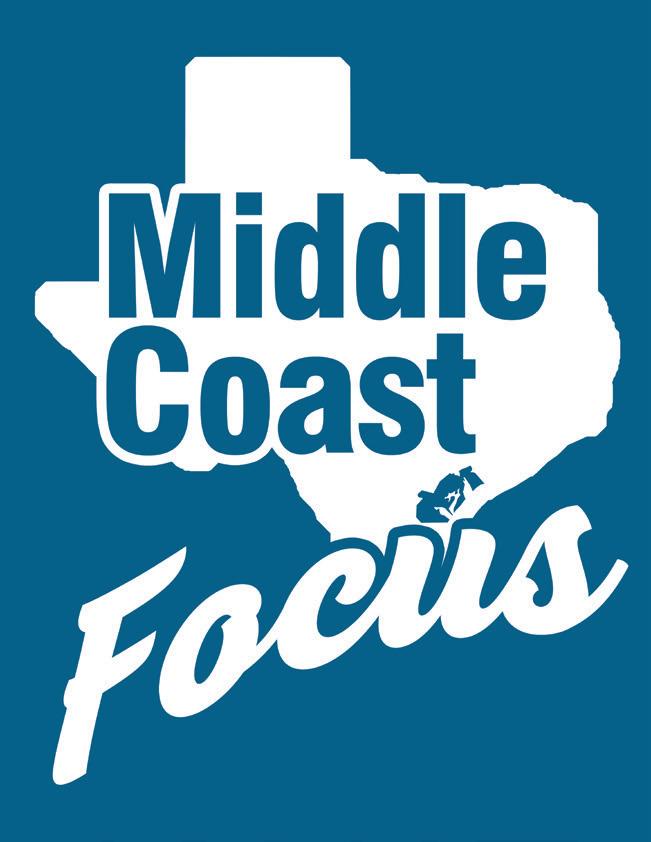
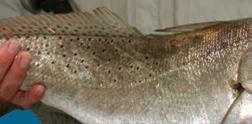
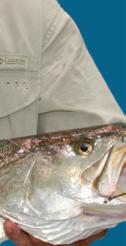





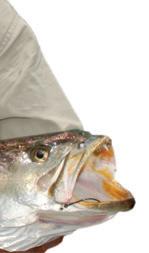

e owners of the magazine, Roy and Ardia, are salt-of-the-earth good people whom I have loved to be associated with.



ank you both for your support over the years, and for always being there when I needed you.

When my son and daughters ask my wife Lisa (THANK YOU LISA for your love and support over the years as I followed my passion) questions about their Dad, she simply would say “If you really want to know your father, read his articles”. at pre y well sums it up.
In each article I have tried to give a piece of myself. I hope you have found them to be a good read and of value. e many emails I have go en over the years from you are deeply cherished. e critical ones have made me a be er writer, and I thank you.
You have asked me many questions, and now I would like to ask you for something: Please protect our bays and estuaries, they are truly a miracle of creation. Please be as good to them as they have been to us.
As I say my last goodbye, I want to thank Doug Rives for his friendship and for always being there over the past 20 years as well as Danny Goyen for being the best neighbor a person could ask for.
Here’s Wishing You Tight Lines, Bent Poles and Plenty of Bait. Until we meet again, may God hold You In the Palm of His Hand.
COPANO BAY: e mouth of Mission Bay is the spot to set up for black drum. I like bo om rigs such as the Carolina rig with peeled shrimp. Midday some keeper trout can be caught around Lap Reef using live shrimp under a popping cork. Slow everything down when shing the colder waters and react to the slightest bite.
ST. CHARLES BAY: Some sheepshead may be found around the old exchange rigs, just across from the boat ramp. Light terminal tackle is the best bet using small pieces of mullet/squid/shrimp. Free line with a small bit of split shot works best. You want a very slow sinking presentation; at the slightest tap set the hook.
ARANSAS BAY: ere are still some slot reds on Long Reef. Finger mullet on a light Carolina rig is best and a whole boat load of patience. e mouth of Dunham Bay is the spot for black drum and reds. If you can get live shrimp, set up just o the spoil
area and slowly work the shell reefs using a silent cork.

CARLOS BAY: e best game in town is Carlos Trench, especially midday. So plastics in new penny and morning glory are just the ticket to ply the deep water of this unique structure. Free-lined live shrimp are also a favorite of mine on a very light Carolina rig.
MESQUITE BAY: My go to again and again is the mouth of Cedar Bayou. is area holds nice trout seeking refuge from the cold north winds while o ering a feeding area close to oyster reefs and salt grass. A cold day wade has rewarded me with nice gator trout and line breaking reds. Dri s across Brays Cove are a good tactic using chartreuse jigs tipped with small pieces of squid or shrimp for ounder.
AYERS BAY: Ayers Reef is a safe bet especially with a north wind. is reef is a great spot for black drum, trout and reds during high tide. Stay with corks and imitation Berkley shrimp or live shrimp. For reds, cut menhaden or cut mullet work best with a light Carolina rig. East Pocket is the spot on warmer days for trout, larger black drum and sheepshead. Free-lined live shrimp or imitation shrimp jigged across the bo om work well.
BANK BITE: e airport shoreline on Copano Bay is a great winter wade for large trout using gold/red spoons or ra le traps in blue and silver colors. is area is best accessed through Howard Murph park. It’s a great spot late evening and the sunsets are spectacular.
LOCATION: Aransas Bay
HOTSPOT: Last Chance




GPS: N 27 58.452, W 97 4.7939 (27.9742, -97.0799)
SPECIES: Speckled Trout
BEST BAITS: Popping cork with live shrimp
SOURCE: Texas Lakes & Bays Fishing Atlas Fishgame.com/fishandgamegear
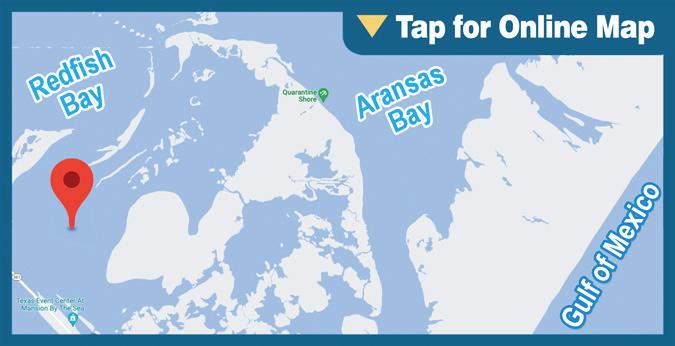
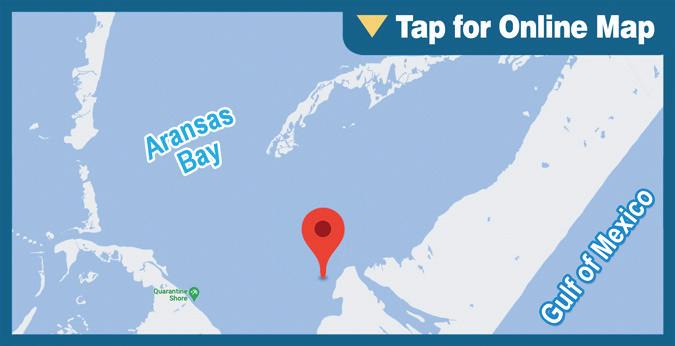
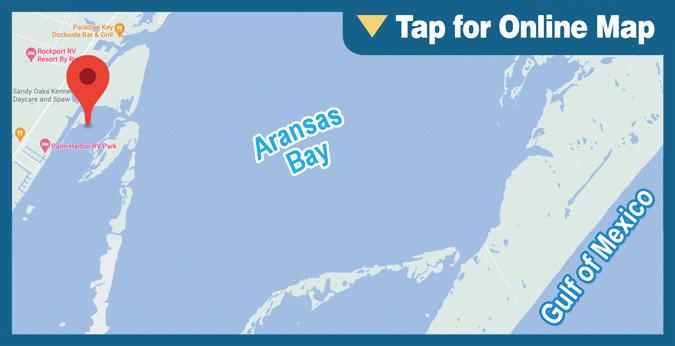
TIPS: A drifting popping cork with live shrimp will catch trout and some redfish too, especially right after a front, even when we still have a north wind.
LOCATION: Aransas Bay
HOTSPOT: Super Flats
GPS: N 27 54.669, W 97 2.196 (27.9112, -97.0366)
SPECIES: Speckled Trout
BEST BAITS: Down South soft plastics


SOURCE: Texas Lakes & Bays Fishing Atlas
Fishgame.com/fishandgamegear
TIPS: Try using a lighter jig head—a 1/8-oz. instead of 1/4-oz., unless you’re fishing the jetties.
LOCATION: Aransas Bay
HOTSPOT: South Bay

GPS: N 27 53.4589, W 97 5.7889 (27.8910, -97.0965)
SPECIES: Speckled Trout
BEST BAITS: Popping cork with live shrimp
SOURCE: Texas Lakes & Bays Fishing Atlas
Fishgame.com/fishandgamegear


TIPS: If you can’t find live shrimp, change to a pad-



dle tail soft plastic used with a 1/8 ounce jig head.
LOCATION: Aransas Bay
HOTSPOT: Upper Estes Flats
GPS: N 27 57.058, W 97 5.3309 (27.9510, -97.0889)
LOCATION: Corpus Christi Bay
HOTSPOT: Nueces Bay
GPS: N 27 51.42, W 97 21.357 (27.8570, -97.3560)
LOCATION: Espiritu Santo Bay
HOTSPOT: Contee Lake
GPS: N 28 17.779, W 96 33.157 (28.2963, -96.5526)
SPECIES: Speckled Trout
BEST BAITS: Down South soft plastics
SOURCE: Texas Lakes & Bays Fishing Atlas Fishgame.com/fishandgamegear
TIPS: Paddle Tail soft plastics cast almost like a spoon.
LOCATION: Corpus Christi Bay
HOTSPOT: Demit Island
GPS: N 27 41.5335, W 97 14.8159 (27.6922, -97.2469)
SPECIES: Speckled Trout
BEST BAITS: Soft plastics
SOURCE: Texas Lakes & Bays Fishing Atlas Fishgame.com/fishandgamegear
TIPS: Most of the areas that you fish don’t have real bad tide movement down here, so you don’t need the heavy weight to control the lure.
LOCATION: Corpus Christi Bay
HOTSPOT: Shamrock Cove
GPS: N 27 45.369, W 97 9.733 (27.7562, -97.1622)
SPECIES: Redfish
BEST BAITS: Cut crab
SOURCE: Texas Lakes & Bays Fishing Atlas Fishgame.com/fishandgamegear
TIPS: Carolina rig cut crab.
LOCATION: Espiritu Santo Bay
HOTSPOT: Long Lake GPS: N 28 16.772, W 96 36.698 (28.2795, -96.6116)
SPECIES: Speckled Trout and Redfish
BEST BAITS: Soft Plastic Paddle Tails or live shrimp
SOURCE: Texas Lakes & Bays Fishing Atlas Fishgame.com/fishandgamegear
TIPS: Flounder action should be picking back up.
LOCATION: Corpus Christi Bay
HOTSPOT: Nueces Bay
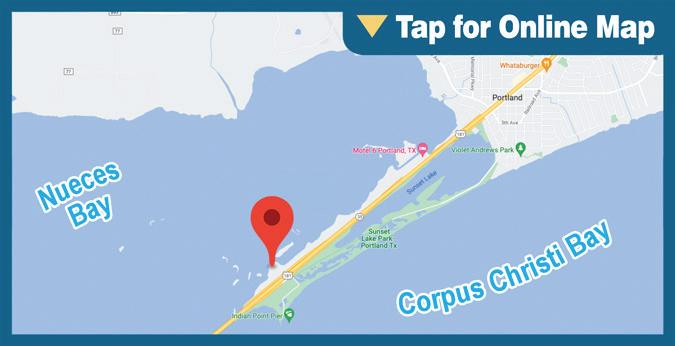

GPS: N 27 51.894, W 97 21.132 (27.8649, -97.3522)
SPECIES: Speckled Trout and Redfish
BEST BAITS: Soft Plastic Paddle Tails or live shrimp
SOURCE: Texas Lakes & Bays Fishing Atlas Fishgame.com/fishandgamegear
TIPS: If it’s blowing, fish the flats behind an island. Redfish should be there.
LOCATION: Corpus Christi Bay
HOTSPOT: Wells
GPS: N 27 44.764, W 97 11.1409 (27.7461, -97.1857)
SPECIES: Redfish & Speckled Trout
BEST BAITS: Cut crab, Carolina Rigged
SOURCE: Texas Lakes & Bays Fishing Atlas Fishgame.com/fishandgamegear
TIPS: If weather permits, fish the same back lakes over mud and shell along the south shoreline of Espiritu Santo Bay.
LOCATION: Espiritu Santo Bay
HOTSPOT: Pats Bay GPS: N 28 15.787, W 96 37.382 (28.2631, -96.6230)

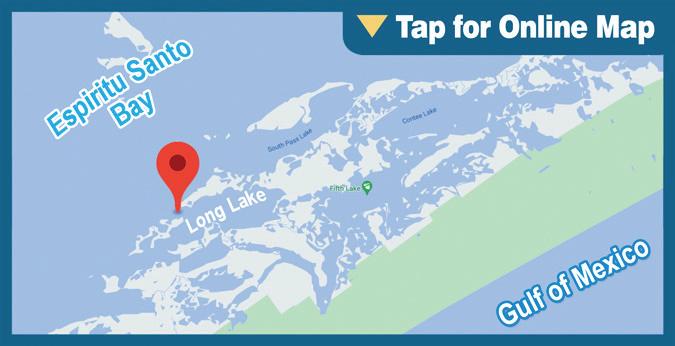
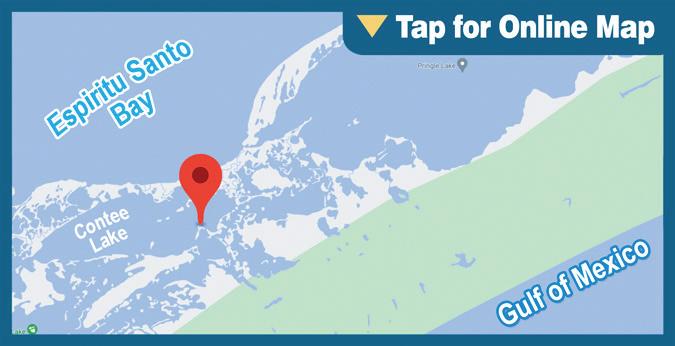
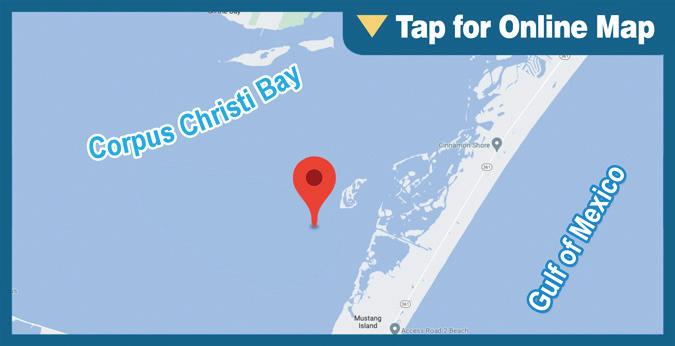



SPECIES: Speckled Trout
BEST BAITS: Soft Plastics
SOURCE: Texas Lakes & Bays Fishing Atlas Fishgame.com/fishandgamegear
TIPS: Gulp New Penney and any other soft plastic in purple are productiv colors.
SPECIES: Redfish
BEST BAITS: Live Piggy Perch or Live Shrimp
SOURCE: Texas Lakes & Bays Fishing Atlas Fishgame.com/fishandgamegear
TIPS: If perch are not available, try free lining live shrimp or pumpkin seed colored plastics. Work around the rigs.
SPECIES: Redfish
BEST BAITS: Cut crab, Carolina Rigged
TIPS: In January, fish the back lakes for redfish over mud and shell.
LOCATION: Espiritu Santo Bay
HOTSPOT: Pringle Lake GPS: N 28 18.984, W 96 30.865 (28.3164, -96.5144)
SPECIES: Redfish
BEST BAITS: Soft plastic baits
SOURCE: Texas Lakes & Bays Fishing Atlas Fishgame.com/fishandgamegear
TIPS: In soft plastics, fish purple/chartreuse. Best bet is a bait that sinks slowly.
LOCATION: Mesquite Bay
HOTSPOT: Cedar Bayou
GPS: N 28 6.708, W 96 49.812 (28.1118, -96.8302)
SPECIES: Redfish
BEST BAITS: Live mullet and mud minnows
SOURCE: Texas Lakes & Bays Fishing Atlas Fishgame.com/fishandgamegear
SPECIES: Speckled Trout
BEST BAITS: Down South & Kelley Wiggler soft plastics
SOURCE: Texas Lakes & Bays Fishing Atlas Fishgame.com/fishandgamegear
TIPS: Whatever soft plastic you choose, make sure to fish slow across the bottom.
LOCATION: San Antonio Bay
HOTSPOT: Cedar Point



GPS: N 28 14.184, W 96 39.659 (28.2364, -96.6610)
SPECIES: Speckled Trout
BEST BAITS: Down South & Kelley Wiggler soft plastics

SOURCE: Texas Lakes & Bays Fishing Atlas Fishgame.com/fishandgamegear
TIPS: Fish here seem to like round bodied soft plastics, and the willow tail of Kelley Wigglers dipped in Garlic
LOCATION: Port Aransas
HOTSPOT: Channel

GPS: N 27 51.1099, W 97 3.28 (27.8518, -97.0547)
TIPS: South Bay is a good place because all of the lakes that drain into it. Use a pretty small bait with a 3/0 or 4/0 Kahle hook.
LOCATION: Port Aransas
HOTSPOT: Dagger Island

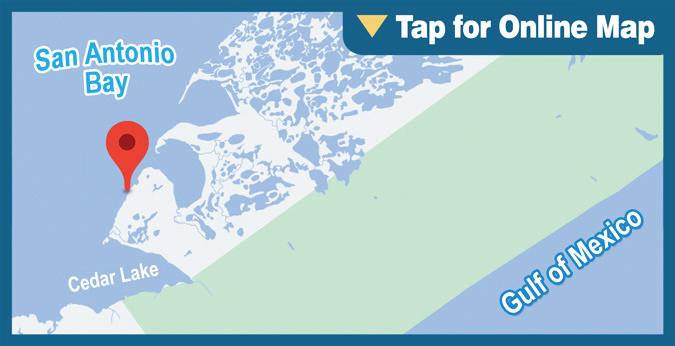
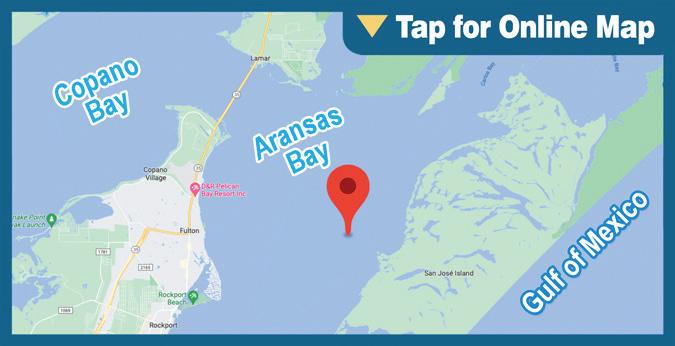


GPS: N 27 50.217, W 97 9.967 (27.8370, -97.1661)
SPECIES: Speckled Trout & Redfish
BEST BAITS: Live Shrimp under a popping Cork
SOURCE: Texas Lakes & Bays Fishing Atlas
Fishgame.com/fishandgamegear
TIPS: Live shrimp under a popping cork is an effective way of fishing back lakes.
LOCATION: San Antonio Bay
HOTSPOT: Guadalupe Bay East Shore
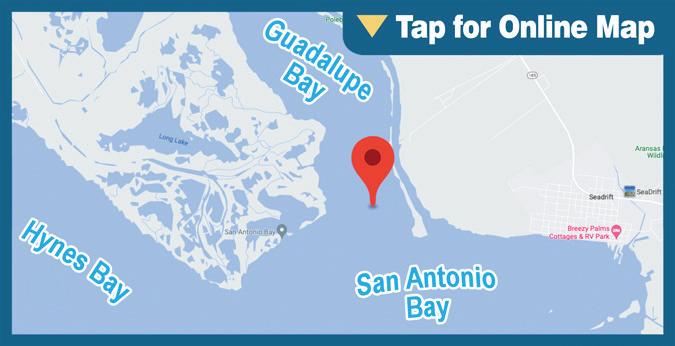

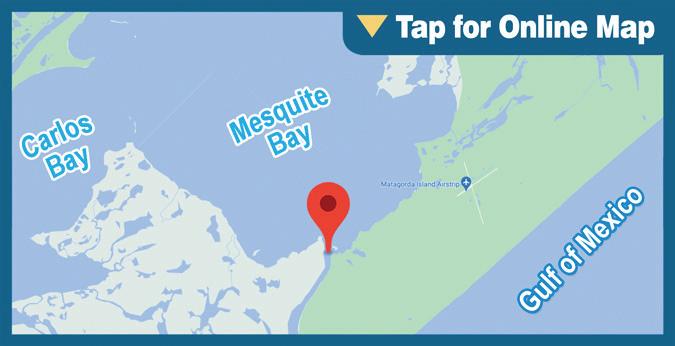
GPS: N 28 24.803, W 96 45.342 (28.4134, -96.7557)
SPECIES: Bull Redfish
BEST BAITS: Live finger mullet
SOURCE: Texas Lakes & Bays Fishing Atlas Fishgame.com/fishandgamegear
TIPS: Go with a live mullet using a 3/8 oz. weight, Caroline rigged.
LOCATION: Port Aransas
HOTSPOT: South Lake
GPS: N 27 53.4589, W 97 5.7889 (27.8910, -97.0965)
SPECIES: Drum
BEST BAITS: Live Finger Mullet or dead shirmp
SOURCE: Texas Lakes & Bays Fishing Atlas Fishgame.com/fishandgamegear
TIPS: For drum, fish edges and channels, sand holes up against wind blown shorelines.


LOCATION: Rockport-Fulton
HOTSPOT: Long Reef GPS: N 28 3.618, W 96 57.679 (28.0603, -96.9613)
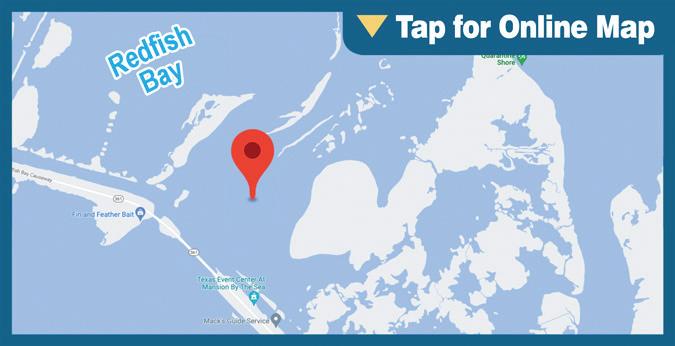
SPECIES: Speckled Trout & Redfish
BEST BAITS: Live Shrimp under a popping Cork
SOURCE: Texas Lakes & Bays Fishing Atlas
Fishgame.com/fishandgamegear



TIPS: If you’re wading, concentrate your efforts around Panther, south of Panther and Cedar Bayou



LOCATION: Redfish Bay
HOTSPOT: Brown and Root Flats

GPS: N 27 51.1639, W 97 5.812 (27.8527, -97.0969)
SPECIES: Speckled Trout

BEST BAITS: Down South soft plastics



VTIPS: If weather is cool or cold, look for a soft mud bottom to fish. The mud will hold the heat better.

LOCATION: Redfish Bay
HOTSPOT: East Flats




GPS: N 27 56.541, W 97 5.944 (27.9424, -97.0991)

SPECIES: Speckled Trout
BEST BAITS: Down South soft plastics
SOURCE: Texas Lakes & Bays Fishing Atlas Fishgame.com/fishandgamegear
TIPS: After a front, the fish move to mud bottoms; when it warms up they will move back on to the sand pockets, hard bottoms…good for wading for big trout.
LOCATION: Redfish Bay
HOTSPOT: Terminal Flats
GPS: N 27 54.606, W 97 7.009 (27.9101, -97.1168)

SPECIES: Redfish
BEST BAITS: Down South soft plastics





SOURCE: Texas Lakes & Bays Fishing Atlas Fishgame.com/fishandgamegear
TIPS: The reds won’t be moving around as much early, until mid morning. Try jumping from pot hole to pot hole until you see some bait moving.

LOCATION: Upper Laguna Madre
HOTSPOT: King Ranch Shoreline

GPS: N 27 29.134, W 97 21.108 (27.4856, -97.3518)
SPECIES: Speckled Trout

BEST BAITS: Slow Sinking Artificial Baits


SOURCE: Texas Lakes & Bays Fishing Atlas Fishgame.com/fishandgamegear
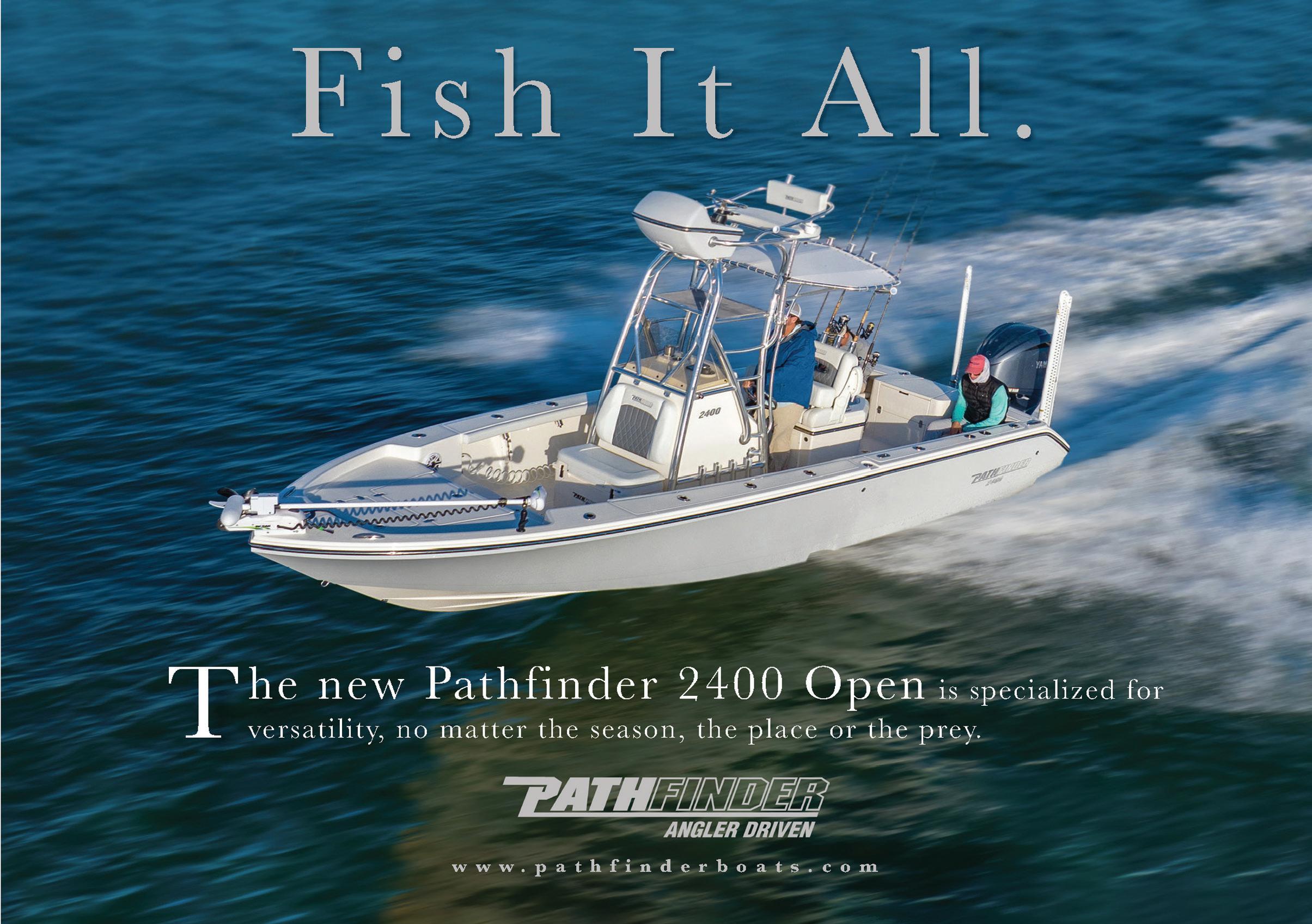


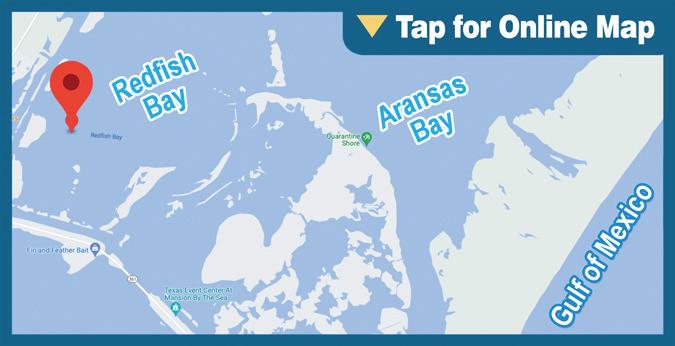
TIPS: The color of your lure depends on whether it’s sunny or cloudy. Early in the morning, use a brighter color. Pink is a favorite color.
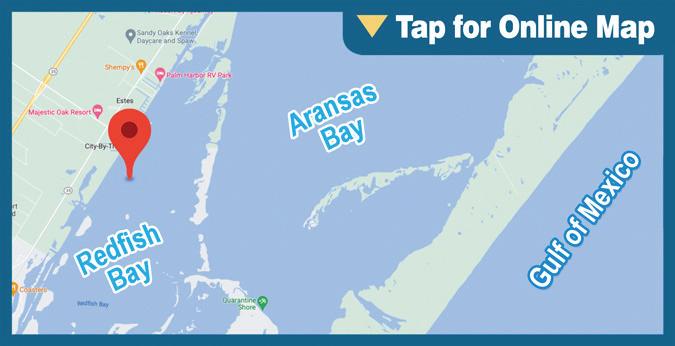


 Reported by CAPT. GERAD MERRITT
Reported by CAPT. GERAD MERRITT

AS THE WATER TEMPERAture starts to drop, it means bigger sh in Ba n Bay.
All summer long we have caught really nice, strong, and healthy sh. is got us excited for what should come this winter. Even our smaller, old slot sh in the 15- to 16½-inch range have been good, solid and stronger sh.






Since the water is cooling down, sh should be in the warmer ats and shallows on nice warmer days. You will then see them a li le deeper on the chilled overcast days. We continue to sh the grass lines, pot-holes, drop o s, and rocks, all while looking for bait sh. Water clarity is the determining factor I use for choosing my lure colors. I will continue to mix in my old school spoons from time to time as well. We have also been using plastics under a cork when shing deep structures from the boat, with a heavier vibration plastic being my choice on the cloudy and dirty water days. is time of year when using live bait we choose to use live shrimp under a popping cork, adjusting the leader length to the water table the sh seem to be feeding in. I choose to work my cork and shrimp as if it is a top water with three or four quick jerks then le ing it sit for six or seven seconds. Repeating this over and over imitates sh feeding and tends to a ract sh quicker and more aggressively.
For me when wade shing, I try not to skimp on gear because of price as cold

water temperatures and wet wading is not an option. In other words, the more comfortable you are, the be er o you will be all around.





Try di erent water depths, adjusting with the wind. When you get a few bites, stay the same depth. Dri shing is also another technique that works really well this time of year. When dri ing, remember to try to









 Reported by CAPT. BRIAN BARRERA
Reported by CAPT. BRIAN BARRERA
THE NEW YEAR IS UPON US, and it’s time for a fresh start, but old habits die hard. So when January/February come around you can rest assured that I’ll be searching for sh during the warmest time of the day. Wether it’s trophy trout and schools of red sh on the sand and color transitions, or big snook se led in around the thermocline.
make long slow dri s, stopping the boat when you nd a good school of sh, then start back up when they move along.
e whole point of dri ing is to cover as much ground as you can, doing your best to stay productive. Do not be scared to make the same dri line when you feel the sh you are targeting have moved behind you.
Remember the new Texas Parks and Wildlife regulations for speckled trout state that the larger trout cannot be kept in our part of the coast. Try handling these big sh as li le as possible and a empt to get a good quick release. We hope everyone starts their new year o with some fantastic shing.

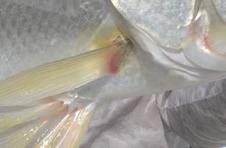

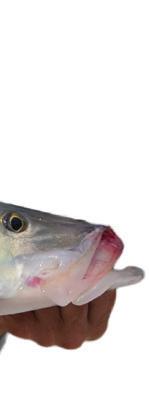
January is still prime snook season because sh are bunched up into bigger schools than normal. is causes competitiveness amongst the sh creating a more willingness to chow down on so plastics and other sub-surface baits. I like to start o around riprap and other hard bo om drop-o s for active sh, if that’s not working I start to scan the deeper water with my gps(humminbird solix) and look for the schools of sh in the thermocline. e thermocline is a part of the water column in which the temperature tends to stay more consistent, during cooler months or the hottest months the sh will “rest” in that area. One you nd the schools it’s time toss baits and set hooks!

Late January and all of February you can nd me chasing trophy trout and red sh on the ats of the Lower Laguna Madre. My clients and myself spend quite a lot of time tossing topwaters and light jigs along grass lines and shallow sand ats, as they tend
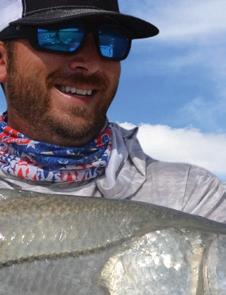
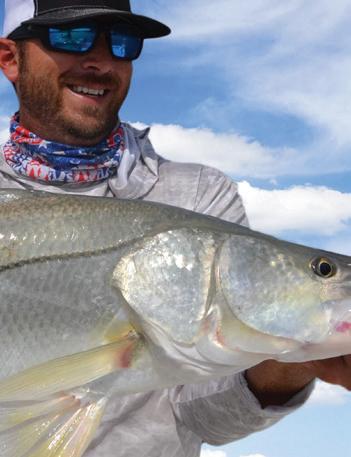
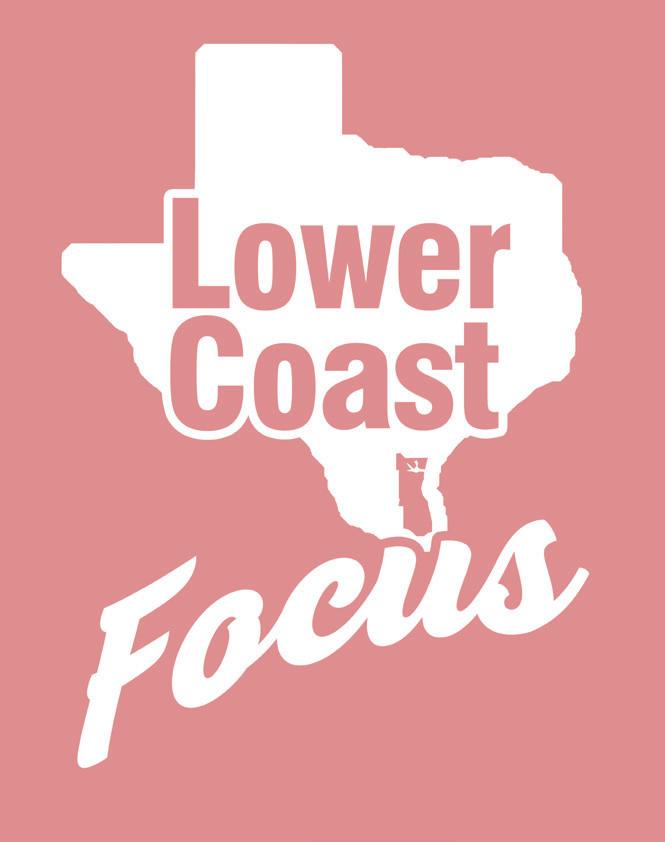
to heat up quicker during these months.
e water is usually shallower and clearer in these areas so casting distance can be crucial, try to upsize your rod length(I use a 7’6” teramarxx), and downsize your line test(I use 10lb Power pro braid) to get that extra 15-20 yards and watch your sh count rise. And I’ll tell you like Mark Nichols owner of DOA lures told me, “they miss sometimes, so keep on working that lure until you feel the sh!”
It’s a great time of the year to experience both the snook, and red sh/trout sheries that we have to o er down here. Lines are always open and the bite is waiting on you! Give me a call and let’s go get em together! • • •



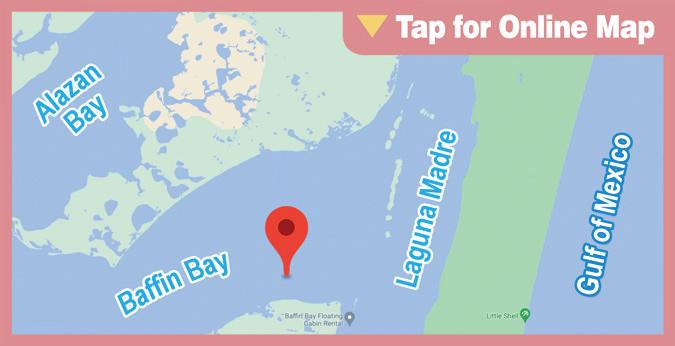
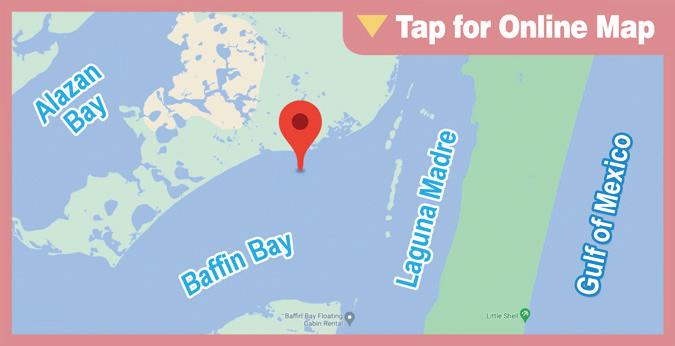
LOCATION: Baffin Bay
HOTSPOT: Cat Head, North Shore
GPS: N 27 18.382, W 97 26.263 (27.3064, -97.4377)
SPECIES: Speckled Trout
BEST BAITS: Slow Sinking Artificial Baits
SOURCE: Texas Lakes & Bays Fishing Atlas
Fishgame.com/fishandgamegear
TIPS: Favorite slow sinkers: Fat Boys and Corkys
LOCATION: Baffin Bay
HOTSPOT: Kennedy Rocks
GPS: N 27 16.255, W 97 26.7329 (27.2709, 97.4456)

SPECIES: Speckled Trout
BEST BAITS: MirrOlure soft plastics with either a 1/8 or 1/16-ounce jig head
SOURCE: Texas Lakes & Bays Fishing Atlas

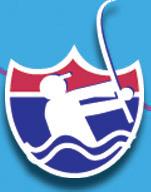

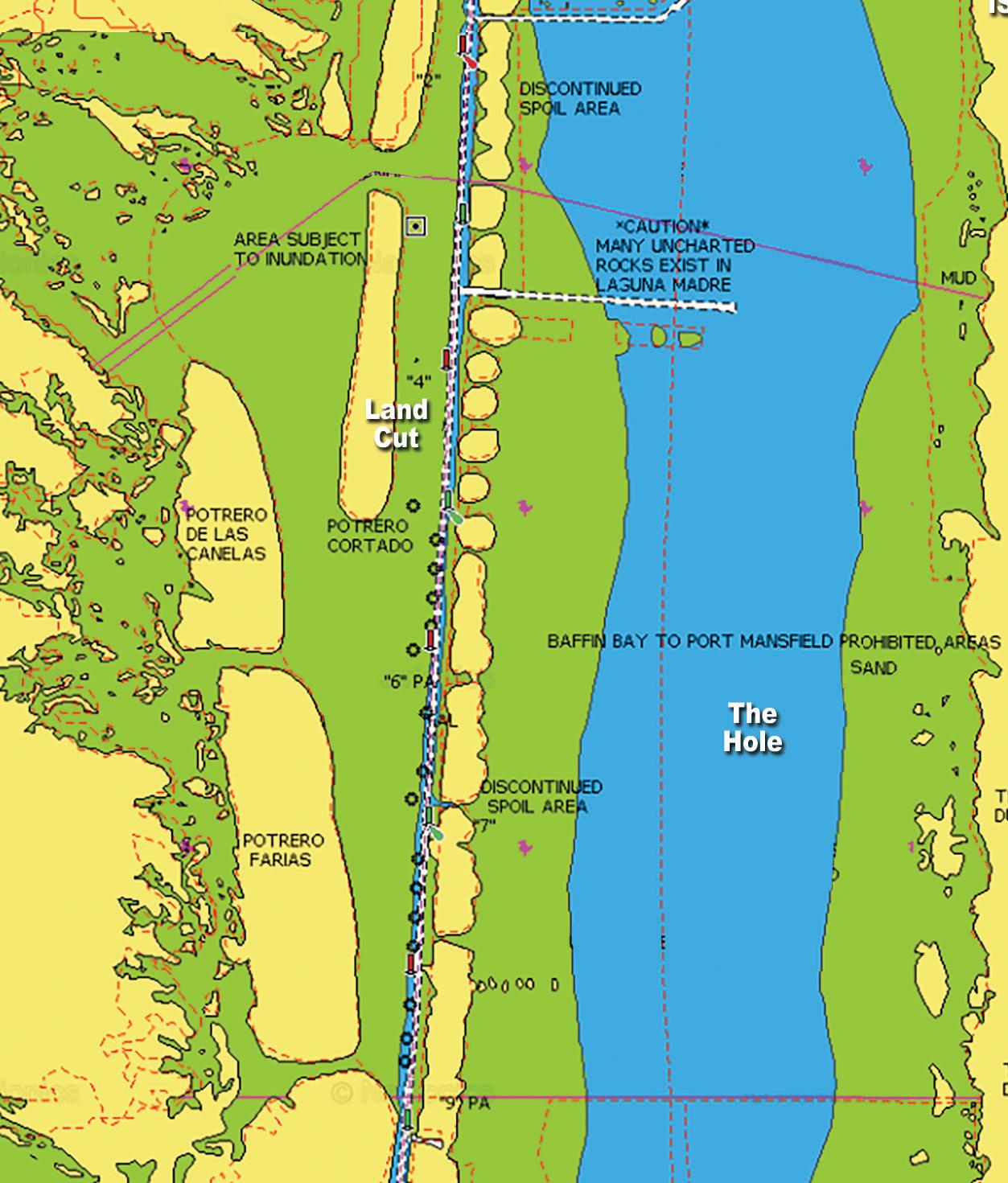

Fishgame.com/fishandgamegear
TIPS: When the water is clear, throw the Morning Glory color. A scented bait improves the chances of attracting fish.

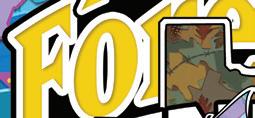

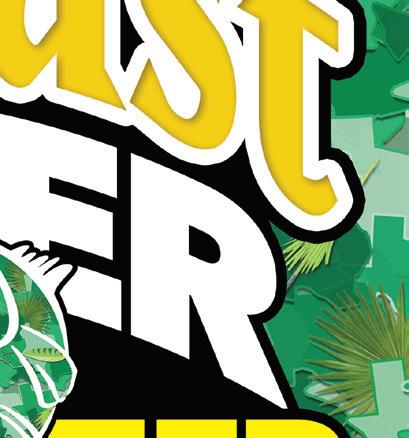
 Reported by TF&G STAFF
Reported by TF&G STAFF


LOCATION: Lake Bob Sandlin
HOTSPOT: Feed Thru Point & Old Pool



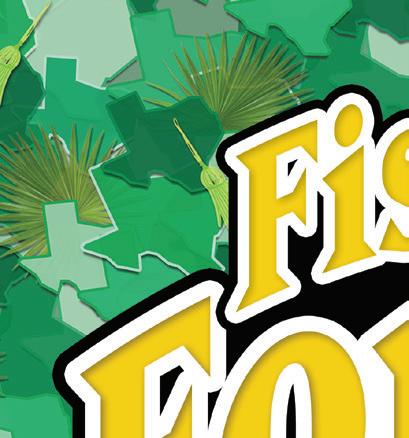
GPS: N 33 1.87, W 95 7.293 (33.0312, -95.1216)

zLOCATION: Lower Laguna Madre

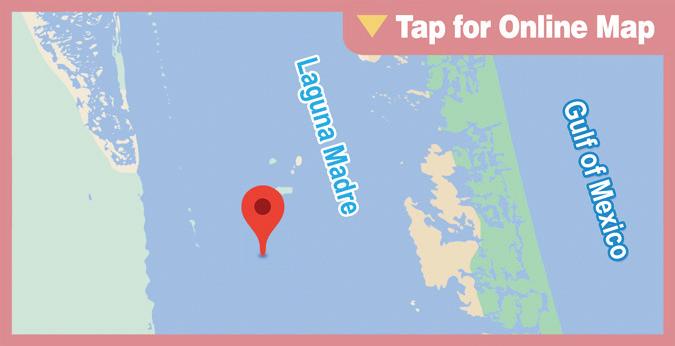

HOTSPOT: Convention Center Flats
GPS: N 26 08.486, W 97 10.788 (26.141437, -97.179792)




SPECIES: Largemouth Bass
BEST BAITS: Silver/white Mirrolures or Corkeys
SOURCE: Texas Lakes & Bays Fishing Atlas Fishgame.com/fishandgamegear
TIPS: Silver/white Mirrolures or Corkeys; night


LOCATION: Caddo Lake
HOTSPOT: Jackson’s Arm and Red Belly
GPS: N 32 43.1699, W 94 5.4359 (32.7195, -94.0906)
SPECIES: Speckled trout and Redfish


BEST BAIT: Doa Lures 4” Jerkbait, Shimano
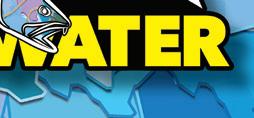

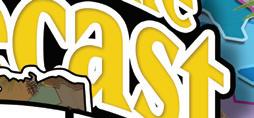
Current Sniper topwater
SOURCE: Capt. Brian Berrera www.inshorefishingsouthpadre.com
TIPS: Wind and waves are better than calm tourist days.
LOCATION: Port Isabel
HOTSPOT: Brownsville Ship Channel
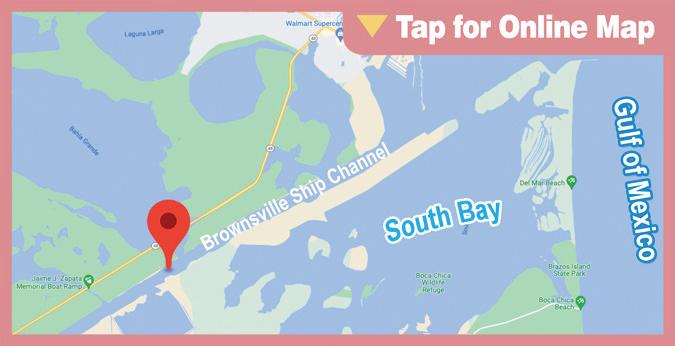
GPS: N 26 0.405, W 97 16.465 (26.0068, -97.2744)
SPECIES: Largemouth Bass
BEST BAITS: Bladed jigs, spinnerbaits, flipping
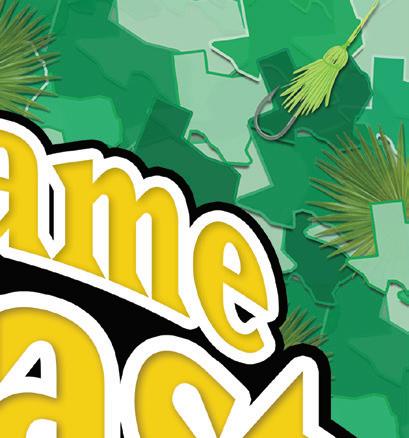
SPECIES: Snook, black drum and speckled trout

BEST BAITS: Shrimp, if available, or cut bait
SOURCE: Texas Lakes & Bays Fishing Atlas Fishgame.com/fishandgamegear
TIPS: Flip live shrimp under the dock. .
LOCATION: Port Mansfield
HOTSPOT: Dubbs Island


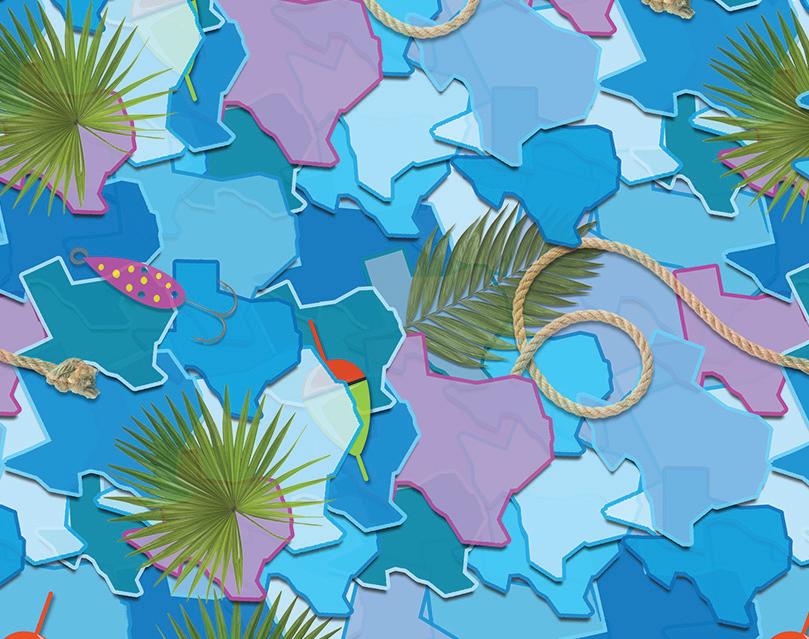
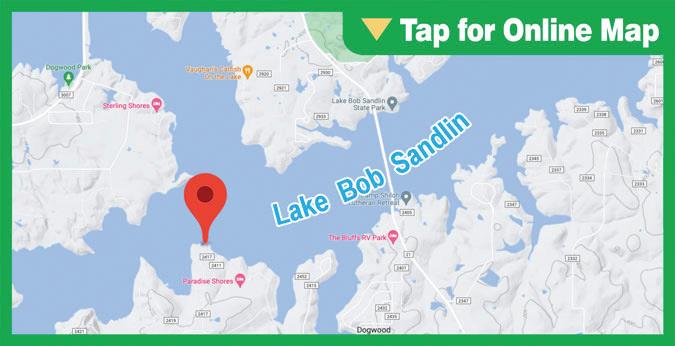
GPS: N 26 43.2409, W 97 25.6 (26.7207, -97.4267)
SPECIES: Speckled Trout
BEST BAITS: Corkys


SOURCE: Texas Lakes & Bays Fishing Atlas Fishgame.com/fishandgamegear
TIPS: Wading is the only way to go if you are trying for that bite of a lifetime.
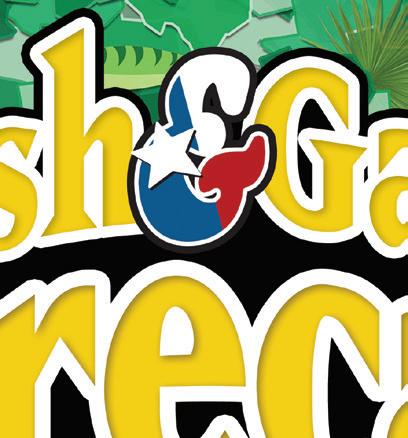
LAKE
Addicks -n.a.- -n.a.- -n.a.-
B A Steinhagen 69,186 67,865 98%
Barker -n.a.- -n.a.- -n.a.-
Bob Sandlin 192,417 183,279 95%
Bonham 11,027 11,027 100%
Caddo 29,898 29,898 100%
Conroe 417,577 387,772 93%
Crook 9,195 9,195 100%
Cypress Springs 66,756 63,402 95%
Fork 605,061 472,108 78%
Houston 132,318 132,318 100%
Houston County 17,113 15,237 89%
Jacksonville 25,670 23,597 92%
Jim Chapman 260,332 222,004 85%
Lake O’ the Pines 241,363 238,901 99%
Livingston 1,603,504 1,603,504 100%
Monticello 34,740 27,804 80%
Murvaul 38,285 38,285 100%
Nacogdoches 39,522 31,211 79%
Palestine 367,303 326,077 89%
Pat Mayse 113,683 113,346 100%
Sam Rayburn 2,857,077 2,193,403 77%
Striker 16,934 16,607 98%
Sulphur Springs 17,747 16,580 93%
Toledo Bend 2,236,450 1,927,621 86%
Wright Patman 122,593 122,593 100%
jigs, lipless crankbaits
SOURCE: Caddo Lake Guide Service/Paul Keith 318-455-3437 www.caddolakefishing.com
TIPS: Bass will usually start staging to come in for the spawn in the next couple months. Keep an eye on water temps in February. Once temps rise to the mid to upper 50’s then you can begin using search baits like bladed jigs and lipless crankbaits over the shallow grass flats. Anything colder than that use your flipping jigs on the trees. Once the water gets to 60 degrees I will usually stick to the cypress trees where the bass spawn. Stick with jigs and spinnerbaits here.
LOCATION: Lake Cooper/Jim Chapman

HOTSPOT: River Channel #6

GPS: N 33 16.842 , W 95 45.318 (33.2807, -95.7553)

903-593-5077
TIPS: Fish live minnows or white/chartreuse jigs, working the brush. Action is good all day.
LOCATION: Lake Fork
HOTSPOT: Little Caney Creek
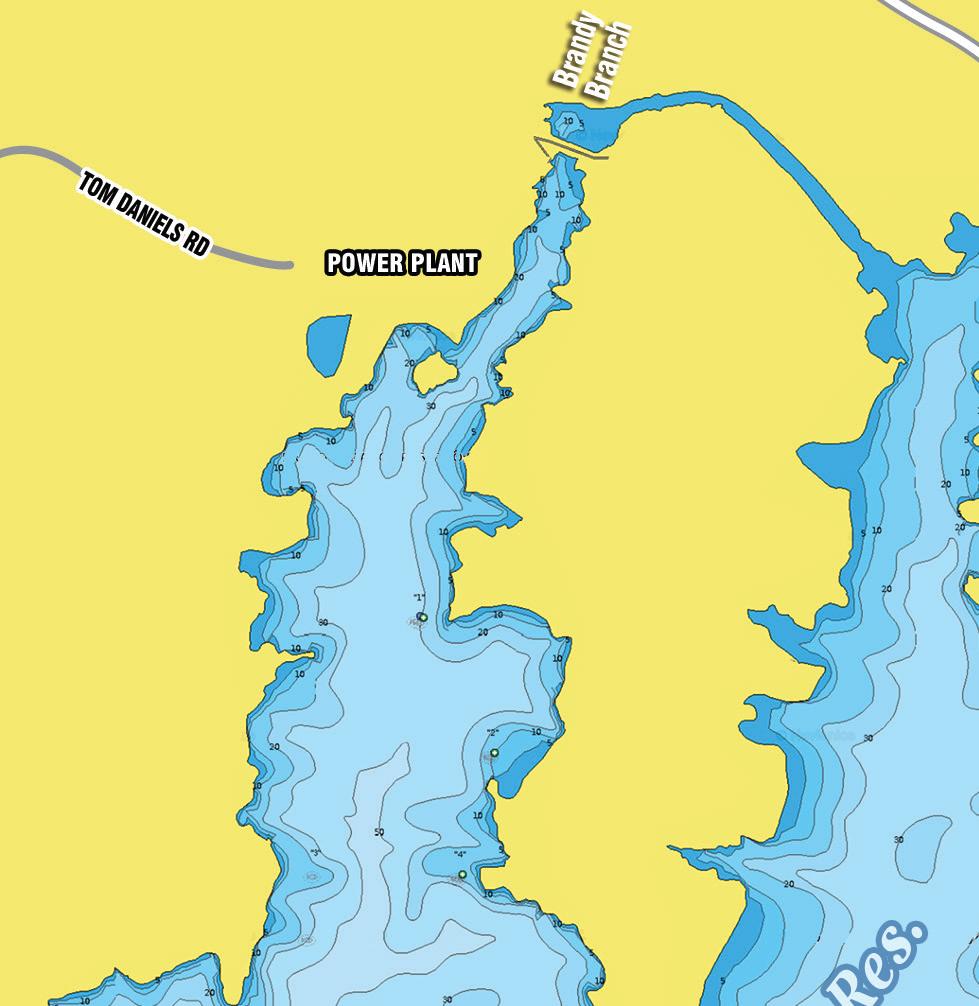
GPS: N 32 49.686, W 95 33.42 (32.8281, -95.5570)
Inundated
Bass fishing is good, with fair numbers of bluegill and sunfish.
Texas Parks & Wildlife, the City of Longview and American Electric Power have partnered to install additional structure. (See this symbol... ...on the map).




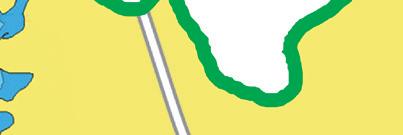

SPECIES: Crappie
BEST BAITS: Crappie jigs in pink/chartreuse
SOURCE: Texas Lakes & Bays Fishing Atlas Fishgame.com/fishandgamegear
SPECIES: Crappie
BEST BAITS: Live minnows, jigs
SOURCE: TPWD District Fisheries Office
TIPS: February is the last month on Lake Fork that you keep the first 25 per person crappie you catch no matter the size. March starts back to a 10” length limit. The crappie will be starting to move from their winter holding pattern, which is on the deeper ridges and humps, and start moving towards shallower water. But early February check the deeper flats in the mouth of Little Caney, humps in front of the damn and start your search in 30-45 feet of water. Here is where good electronics will help you locate bait fish and the schools of crappie feeding in the deeper
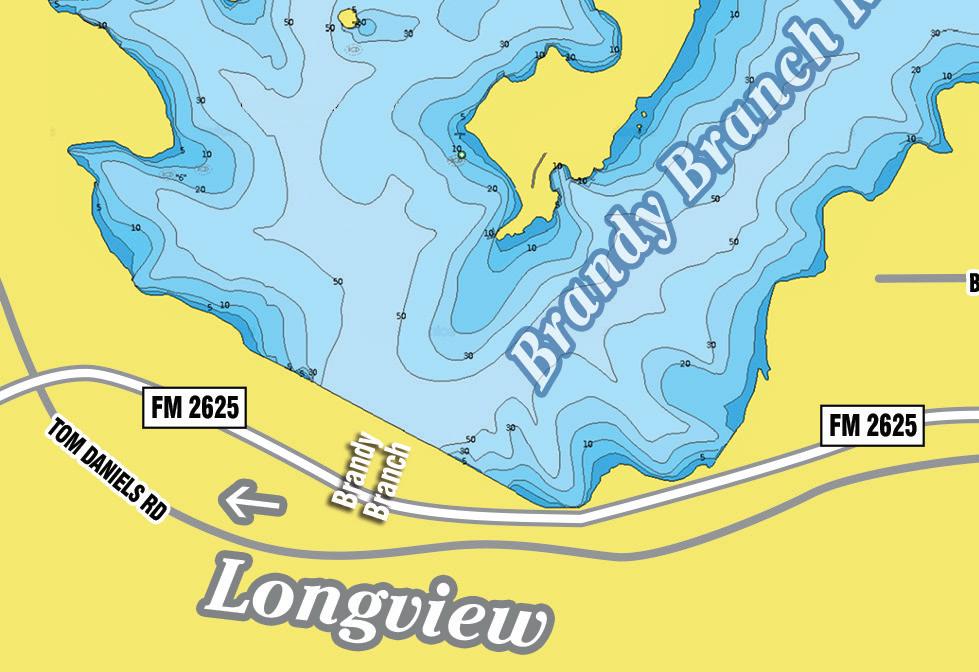
water. Use two jigs on your pole. One will cover the bottom and one will cover the suspended crappie. The bite is normally light in the cold water but this is when you can catch some really nice sized fish.
LOCATION: Lake Houston
HOTSPOT: Main Lake Point

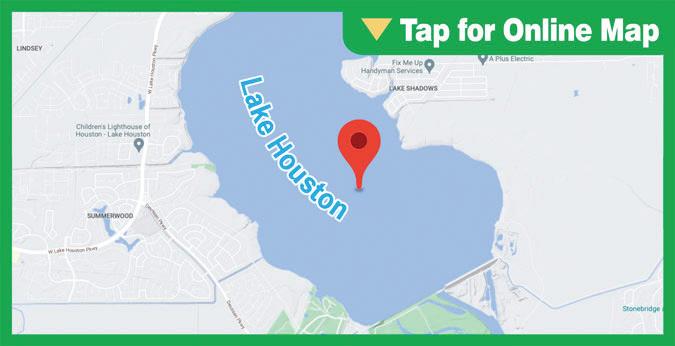
GPS: N 29 55.946, W 95 8.673 (29.9324, -95.1446)
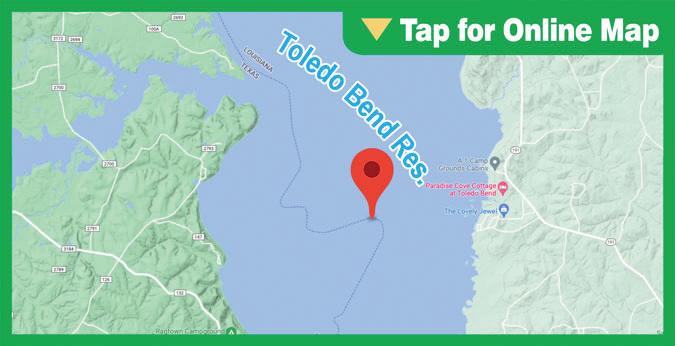
SPECIES: Catfish
BEST BAITS: Cut minnows, drift or use flagged juglines
SOURCE: Texas Lakes & Bays Fishing Atlas Fishgame.com/fishandgamegear
TIPS: Cut minnows, drift or use flagged juglines
LOCATION: Lake Livingston
HOTSPOT: 190 Road Bed - Middle Bridge
GPS: N 30 51.8406, W 95 25.356 (30.8640, -95.4226)
BEST BAITS: Minnows
SOURCE: Texas Lakes & Bays Fishing Atlas Fishgame.com/fishgamegear
TIPS: Minnows, navigate the creek graphing brush & fish; dawn, morning, dusk; dawn, morning, dusk

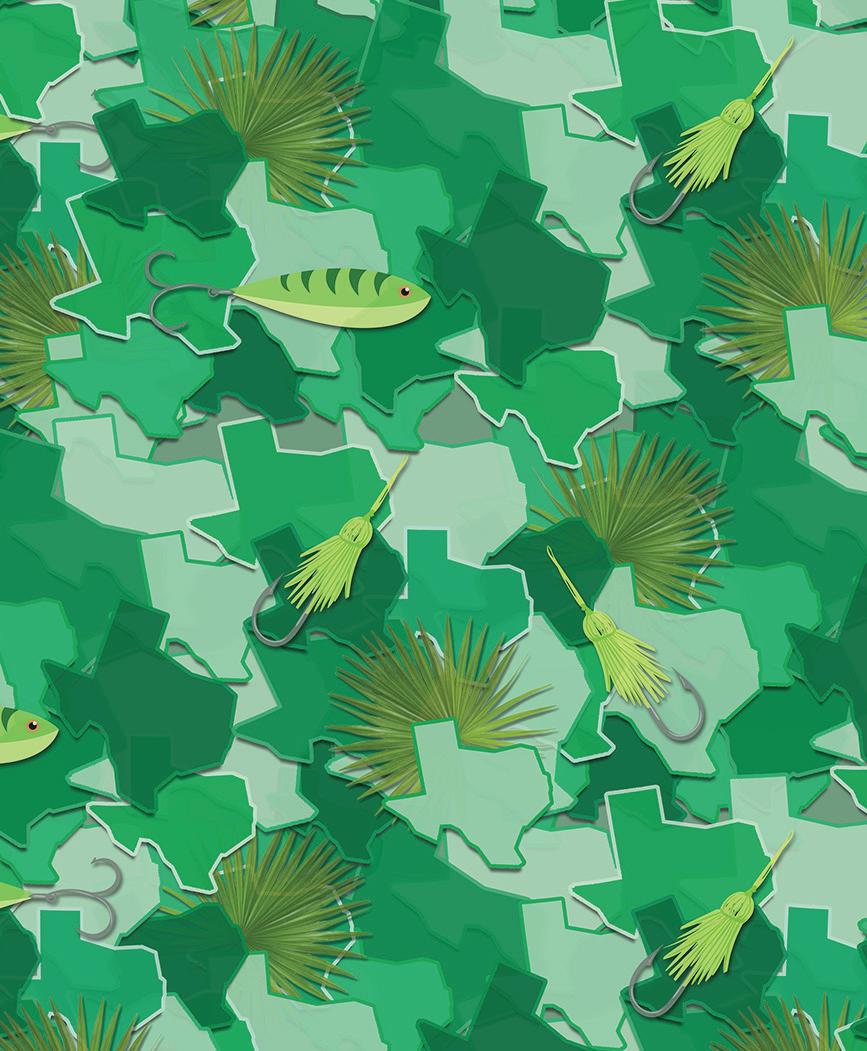
LOCATION: Lake Nacogdoches
HOTSPOT: Back of Yellowbank GPS: N 31 38.055, W 94 49.667 (31.6343, -94.8278)

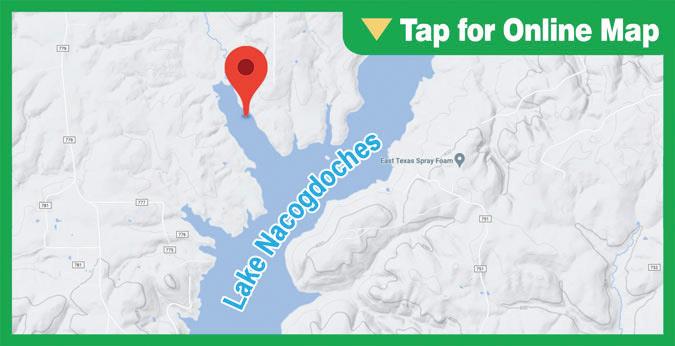
GPS: N 31 10.372, W 94 15.278 (31.1729, -94.2546)

SPECIES: Blue Catfish

BEST BAITS: Fresh 4” cut shad, fresh chicken livers, Danny King’s Punch Bait
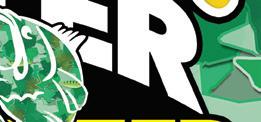



SOURCE: David S. Cox, Palmetto Guide Service 936-291-9602 www.palmettoguideservice.com
TIPS: Anchor directly on top of the old bridge. Fish straight down to the top of the old road bed 15 feet deep. For the bigger blue cats, fish the deeper side of the old bridge in 18-22 feet.
LOCATION: Lake Murvaul
HOTSPOT: Keaton Springs
GPS: N 32 2.279, W 94 30.113 (32.0380, -94.5019)
SPECIES: Largemouth Bass
BEST BAITS: Buzzbaits
SOURCE: TPWD District Fisheries Office 409-698-9114
TIPS: Heavy spawing area. Best action Dawn-noon.
LOCATION: Lake O the Pines
HOTSPOT: Johnson Creek
GPS: N 32 47.700, W 94 32.903 (32.7950, -94.5480)
SPECIES: Catfish
BEST BAITS: Cut bait
SOURCE: Texas Lakes & Bays Fishing Atlas Fishgame.com/fishgamegear
TIPS: Fish cut bait on a Carolina rig with heavy weight. Chum the area and work deep water.
LOCATION: Toledo Bend
HOTSPOT: Brown’s Bend

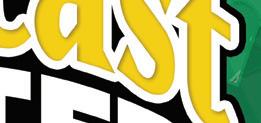


GPS: N 31 42.324, W 93 47.8199 (31.7054, -93.7970)
SPECIES: Crappie
SPECIES: Largemouth Bass
BEST BAITS: Soft plastics, jigs, jerkbaits.

SOURCE: TPWD District Fisheries Office 903-938-1007
TIPS: Blind cast Carolina rigged plastics, pitch jigs, pause and jerk your jerkbaits. Fish morning through midday.
LOCATION: Lake Sam Rayburn
HOTSPOT: McGilberry Lake
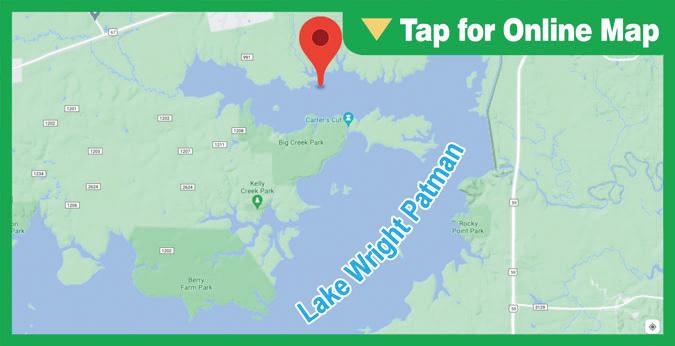

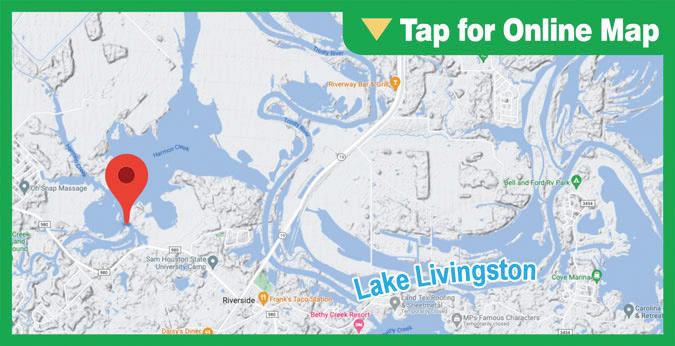
SPECIES: White Bass
BEST BAITS: Slab spoons, Rat-L-Traps, tail spinners
SOURCE: Texas Lakes & Bays Fishing Atlas Fishgame.com/fishandgamegear
TIPS: White Bass will be feeding heavy, bulking up before making their annual run up the river to spawn. They hold on the north end river channel sandbars. If we get a lot of rain you will start seeing some action in the river proper. Otherwise, work the main lake sandbars with slab spoons,
LOCATION: Lake Wright Patman
HOTSPOT: Big Creek
GPS: N 33 19.77, W 94 13.416 (33.3295, -94.2236)
SPECIES: Largemouth bass

BEST BAITS: Soft plastics
SOURCE: TPWD District Fisheries Office 903-938-1007
TIPS: Fish red lizards, black/blue soft plastics, cast to beds; dawn thru dusk.
4 miles northwest of Bastrop

 Reported by TF&G STAFF
Reported by TF&G STAFF
LOCATION: Lake Austin
HOTSPOT: Main Lake Rocks, Shade Trees & Docks
GPS: N 30 19.464, W 97 50.316 (30.3244, -97.8386)
SPECIES: Largemouth Bass

BEST BAITS: Spinnerbaits, soft plastics, jigs
SOURCE: Texas Lakes & Bays Fishing Atlas Fishgame.com/fishgamegear
TIPS: Morning—spinnerbaits, Midday—flip jigs at docks, Eve—dark spinners; morning, middway, evening; All year morning, midday, evening
LOCATION: Lake Buchanan
HOTSPOT: Main Lake
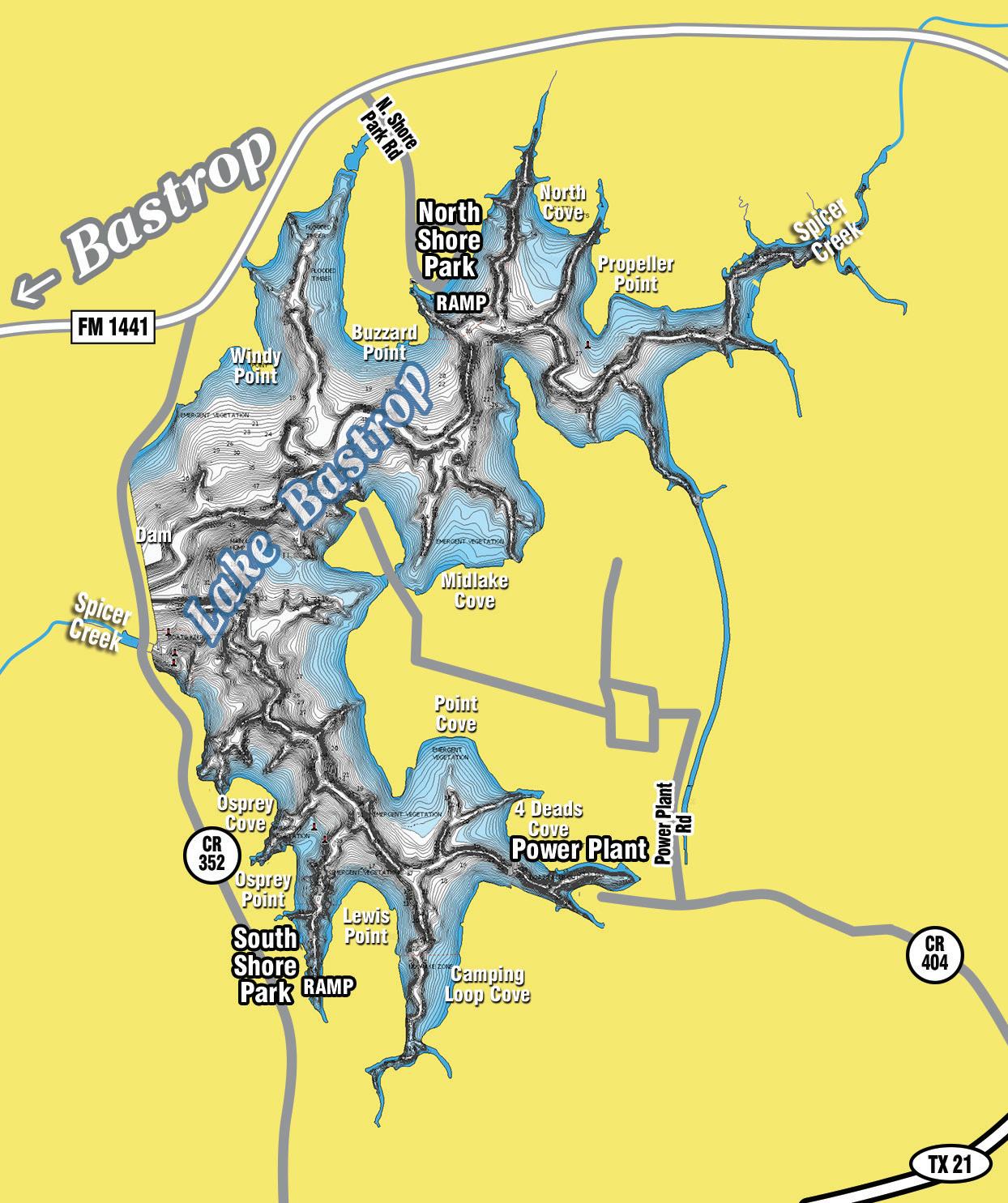
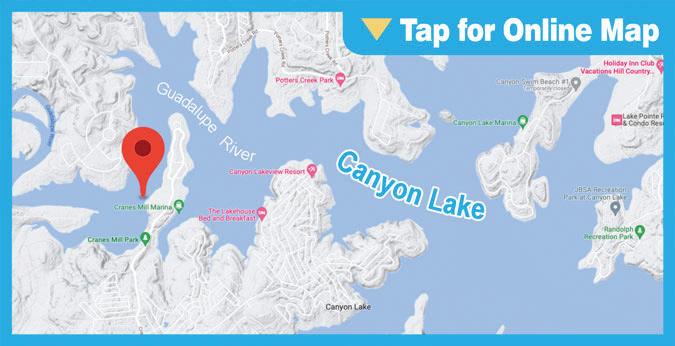

GPS: N 30 45.7619, W 98 25.638 (30.7627, -98.4273)

LOCATION: 4 miles northwest of Bastrop on Spicer Creek SURFACE AREA: 906 acres MAXIMUM DEPTH: 60 feet IMPOUNDED: 1964
LAKE BASTROP PACKS A POWERFUL punch for its size in terms of largemouth bass numbers. The fish may be less than lunker size on average, but they make up for it in quantity. The well-defined creek and tribu-
tary channels provide good structure, along with numerous humps, drop-offs and points. Submerged vegetation and standing timber in the upper lake provide excellent cover.
This is a power plant cooling reservoir, so the water temperatures run warm (and hot in summer months).
Channel catfishing is also good on Bastrop, especially before it gets hot.
SPECIES: Striped Bass and White Bass
BEST BAITS: White 1/2 oz. jigs with either white or chartreuse flirts or worms, Long A 15’s or 16’s in black or blue back gold or silver flash, both of the above on downriggers, live shad, live bluegills
SOURCE: Texas Lakes & Bays Fishing Atlas Fishgame.com/fishgamegear
TIPS: Stripers will be in the main lake looking for cooler water! Trolling white 1/2 oz. jigs with either white or chartreuse flirts or worms is a good tactic. Trolling Long A 15’s or 16’s in black or blue back gold or silver flash is another good bet. Use all of this with your downriggers! Live shad or blue gills will be the best baits overall. White bass will be in mid lake area around Garret Island or Shaw Island. Fish tree tops along the old river bed as well.
LOCATION: Canyon Lake HOTSPOT: River Channel

uGPS: N 29 53.4479, W 98 17.778 (29.8908, -98.2963)
SPECIES: Striped Bass BEST BAITS: 1 oz. KT jigging spoon in white and sliver

SOURCE: Capt. Steve Nixon, Fishhooks Adventures 210-573-1230 http://www.sanantoniofishingguides.com
TIPS: Fish from the point back to the river channel casting out the spoon and try to maintain a depth of 20 to 40 feet, the Striped Bass and White Bass like to school in this area this time of year, preparing for the spawn run.
LOCATION: Cedar Creek Lake
HOTSPOT: Mid to South Main Lake
GPS: N 32 17.07, W 96 9.4919 (32.2845, -96.1582)
back to feel weight then set the hook. Do the same with 7-inch Zoom watermelon lizards, dipped slightly in chartreuse. Don’t discount small Colorado blade spinnerbaits . Slow roll them along shallow water stumps lay downs or shallow grass edges.
LOCATION: Lake Corpus Christi
HOTSPOT: Dam
GPS: N 28 2.389, W 97 52.438 (28.0398, -97.8740)
and blue cats will follow. I like to anchor the front and the back of the boat to eliminate sway. I use a Carolina rig with circle hooks. If you don’t get a bite in a short time, move until you find them. In this area they tend to stack up in one spot.
LOCATION: Fayette County
HOTSPOT: Pond at End of Discharge GPS: N 29 55.662, W 96 45.054 (29.9277, -96.7509)
SPECIES: Hybrid Stripers and White Bass
BEST BAITS: Soft plastics on jigheads

SOURCE: Jason Barber (903) 603-2047 www.kingscreekadventures.com
TIPS: This is the time of year for deadsticking. Fish random deep-water areas in the mid to south regions of the lake. Mark bait and fish in water 30 plus feet deep and fish vertical for suspended fish.
LOCATION: Coleto Creek Lake
HOTSPOT: Main Lake Points


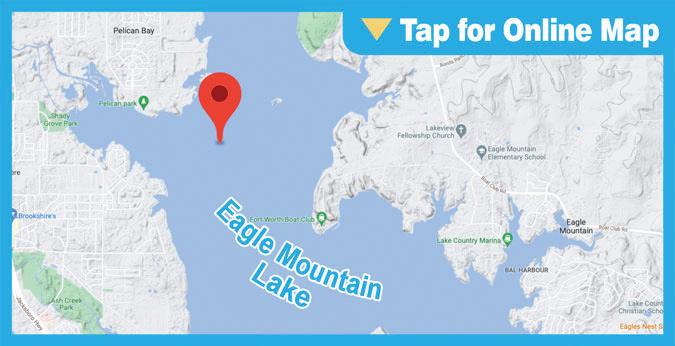


GPS: N 28 43.4879, W 97 11.328 (28.7248, -97.1888)
SPECIES: Catfish
BEST BAITS: Live, cut bait


SOURCE: Texas Lakes & Bays Fishing Atlas Fishgame.com/fishgamegear

TIPS: Fish dam area from 10-20’ of water on jug lines; all day; All Year, all day



LOCATION: Eagle Mountain Lake
HOTSPOT: South of Pelican Island GPS: N 32 54.302, W 97 30.237 (32.9050, -97.5040)
SPECIES: Catfish
BEST BAITS: CJ’s Punch Bait
SOURCE: Weldon Kirk 979-229-3103 www.fishtales-guideservice.com
TIPS: This pond is just right of discharge. Water is cooling here now. Rocks are close by and there is a sand bottom near rocks. Fish tight line here. Fish shallow at night and 10’ deep in daytime.
LOCATION: Lake Joe Pool
HOTSPOT: Windy Cove
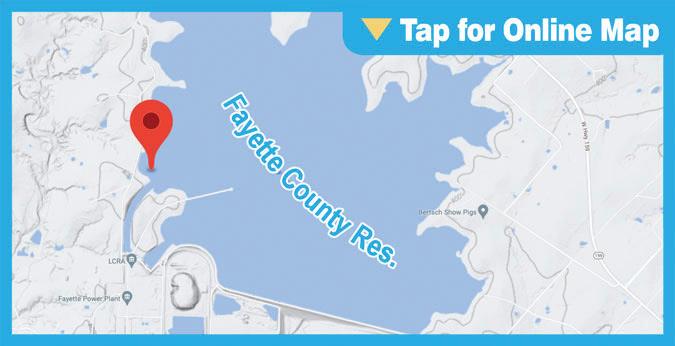
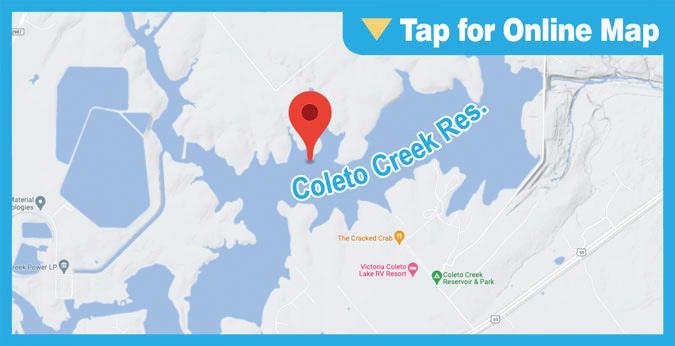
GPS: N 32 36.032, W 97 00.462 (32.6005, -97.0077)


BEST BAITS: Zoom pearl white or watermellon fluke using a 4/0 worm hook rigged weedless and weightless, 7” Zoom watermelon lizards, small Colorado blade spinnerbaits
SOURCE: Texas Lakes & Bays Fishing Atlas Fishgame.com/fishandgamegear
TIPS: Coleto being a power plant lake means water temperatures are warmer in winter months. This means fish are having to feed more through the cold season. On bright sunny days, try a weightless fluke around grass ( hydrilla) in 4-8 foot of water. Let it sink real slow. Now wait for line to start moving. Pull
SPECIES: Blue cats
BEST BAITS: Cut or whole shad Source: Johnny Stevens 817-597-6598 johnnysguideservice.com
TIPS: This area is surrounded by two channels; Walnut Creek on the west and the Trinity River on the east. Depth is from 4 to 10 ft. The water warms up during the day. The shad will go to the warm water
SPECIES: Catfish


BEST BAITS: Stinkbaits, prepared baits SOURCE: Carey Thorn 469-528-0210 whitebassfishingtexas.com TIPS: Fish stinkbaits or prepared baits on Carolina rig. All day



LOCATION: Lake Lavon
HOTSPOT: Dam Area Ledges
GPS: N 33 1.9379, W 96 28.7639 (33.0323, -96.4794)

LAKE CAPACITY CURRENT %
As of 12/12/2022 AC. FT. AC. FT. FULL
Aquilla 43,243 28,143 65%
Arlington 40,157 40,157 100%
Athens 29,503 27,898 95%
Austin 23,972 22,957 96%
Bardwell 43,856 42,517 97%
Belton 432,631 289,411 67%
Benbrook 85,648 66,353 78%
Buchanan 866,694 527,578 61%
Canyon 378,781 305,108 81%
Cedar Creek 644,686 543,985 84%
Choke Canyon 662,820 213,718 32%

Coleto Creek 31,040 25,794 83%
Corpus Christi 256,062 197,698 77%
Eagle Mountain 179,880 145,076 81%
Georgetown 38,005 20,192 53%
Gibbons Creek 25,721 20,462 80%
Granger 51,822 49,081 95%
Grapevine 163,064 163,064 100%
Halbert 6,033 5,528 92%
Hubert H Moss 24,058 21,302 89%
Inks 13,729 13,060 95%


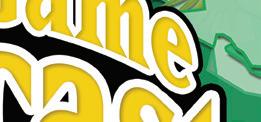

Joe Pool 175,800 175,800 100%
Lavon 409,757 367,898 90%
Lewisville 563,228 491,626 87%
Limestone 203,780 141,878 70%

Lyndon B Johnson 112,778 111,429 99%
Marble Falls 7,597 4,468 59%
Martin 75,726 58,770 78%
Medina 254,823 16,764 7%
Mountain Creek 22,850 22,850 100%
Navarro Mills 49,827 37,017 74%
New Terrell City 8,583 8,583 100%

Ray Hubbard 439,559 437,679 100%
Ray Roberts 788,167 746,614 95%
Richland-Chamb. 1,087,839 904,578 83%
Somerville 150,293 93,901 63%
Stillhouse Hollow 229,796 168,499 73%
Tawakoni 871,685 824,852 95%
Texana 158,975 146,351 92%
Texoma 1,243,801 1,202,980 97%
Travis 1,098,044 508,379 46%
Tyler 72,073 59,878 83%
Waco 189,418 108,666 57%
Waxahachie 11,060 9,549 86%

Weatherford 17,812 10,981 62%
Whitney 564,808 423,835 75%
Worth 24,419 16,696 68%

•
could be 25 foot. You just have to find their pattern. It could be freezing cold outside and they could be tucked up in some boulders in 4 foot of water.
LOCATION: Lake Lewisville
HOTSPOT: 720 Bridge
GPS: N 33 9.4, W 96 57.405 (33.1567, -96.9568)
GPS: N 32 16.926, W 95 27.9006 (32.2821, -95.4650)
SPECIES: Largemouth Bass
BEST BAITS: Creature baits Texas rigged or Carolina rigged and DD 22s crankbaits

SOURCE: Carey Thorn 469-528-0210 whitebassfishingtexas.com
TIPS: Is February going to be cold, warm or hot? I think it’s going to be freezing. In February I would probably be bass fishing the dam using DD 22’s and creature baits along the ledges that run parallel along the dam. These fish could be 3 foot deep or they
SPECIES: Catfish
BEST BAITS: Cut or live shad, stink bait, bottom rigs
SOURCE: Texas Lakes & Bays Fishing Atlas Fishgame.com/fishandgamegear
TIPS: Cut or live shad, stink bait, bottom rigs; all day
LOCATION: Lake Limestone
HOTSPOT: 3371 Bridge
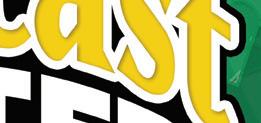
GPS: N 31 26.35, W 96 22.95 (31.4392, -96.3825)
SPECIES: Largemouth Bass
BEST BAITS: Texas Spinnerbait Company spinnerbaits in chartreuse and white, the famous Shimmy Shakers in Skeeter color, Big Eye Jig 3/8 oz. in black/ blue
SOURCE: Ricky Vandergriff 903-561-7299 or 903-530-2201 www.rickysguideservice.com
TIPS: Fish the river itself and in the Cades Lake area up near Indian Creek. Fish in 3-5 feet, concentrating on river and creek channels. Fish slow and cover your water very good coming back and working the same places over again.

LOCATION: Lake Ray Hubbard
HOTSPOT: Old Wooden Bridge
GPS: N 32 48.687, W 96 29.389 (32.8115, -96.4898)
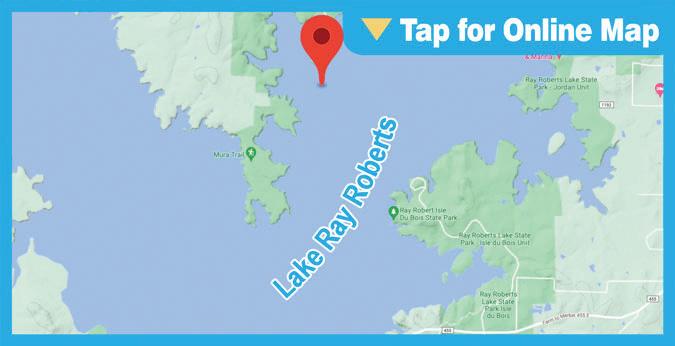
SPECIES: White Bass
BEST BAITS: Live minnows, jigs, fish pilings day, use lights at night
SOURCE: Texas Lakes & Bays Fishing Atlas Fishgame.com/fishgamegear
TIPS: Live minnows, jigs, fish pilings day, use lights at night; all day
LOCATION: Lake Palestine
HOTSPOT: Up River and Cades Lake Area



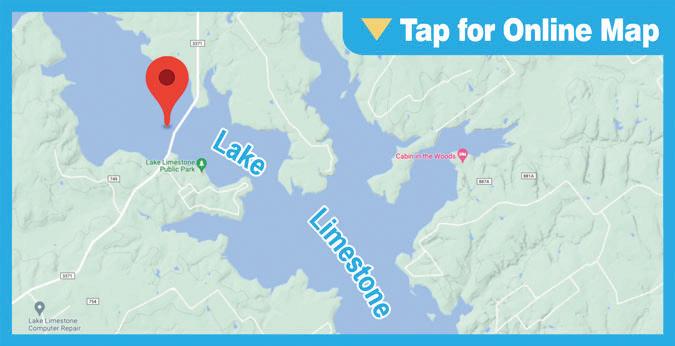

SPECIES: Catfish
BEST BAITS: Cut shad or breem, drift north of the dam’s spillway
SOURCE: Texas Lakes & Bays Fishing Atlas Fishgame.com/fishgamegear

TIPS: Cut shad or breem, drift north of the dam’s spillway; dusk-morning
LOCATION: Ray Roberts Lake
HOTSPOT: Johnson Branch
GPS: N 33 24.084, W 97 2.812 (33.4014, -97.0469)
SPECIES: Crappie/ White Bass
BEST BAITS: Minnows, 3/4-1oz slabs
SOURCE: Justin Wilson 214-538-2780
TIPS: Winter weather is here but if you can bare the weather it can make for some excellent fishing. White bass bite has been consistent. Look for big schools of fish stacking up on points and flats close to creek channels in 20-30 foot of water. Slabs off the bottom have been the best with bucktail teasers tied on as well. With little boat traffic it’s been easier to stay on fish once you find them. The crappie bite has been better than the past months and more keeper fish are being caught. Look for these fish holding close to brush piles in 20-30 foot of water. Jigs are working well but the quality of fish seem to be better on minnows. Bridge pylons and other concrete/rock structure has been good as well. Pro tip: Tie a bucktail teaser hook with a palomar knot with a long enough tag end to tie your slab on to catch multiple white bass. I try to keep the teaser 12-18” above the slab.
LOCATION: Richland Chambers Lake
HOTSPOT: 309 Flats and Windsock Point
GPS: N 31 59.3039, W 96 8.4659 (31.9884, -96.1411)
LOCATION: Lake Somerville
HOTSPOT: Rocky Creek Road Bed
GPS: N 30 18.522, W 96 33.39 (30.3087, -96.5565)
LOCATION: Lake Texana
HOTSPOT: River Bend
GPS: N 29 1.245, W 96 34.833 (29.0208, -96.5806)
SPECIES: White Bass and Hybrid Striper
BEST BAITS: Sassy Shad jigs, 1oz. Silver Slabs



SOURCE: Royce Simmons 903-389-4117 www.gonefishin.biz
TIPS: February can be a really tough month on RC or it can be a month when you catch the trophy fish you’ve always fished for! It all depends on what’s happening with the weather and water temperatures. If we don’t have much of a winter or have an early spring warm up period, the water temps will begin to move into the low 50’s and the fish will turn on! Sassy Shads and 1oz. Silver Slabs fished in 20’-30’ water off the 309 Flats will result in lots of white bass action and the occasional LARGE hybrid striper. Don’t forget the really deep water (40’ plus) off the end of the Windsock Point. Look for the gulls to help locate the baitfish that the whites are feeding on. Not many fishermen will brave the cold temperatures you usually experience in February, but those that do are often rewarded with the BIGGEST fish of the year!
SPECIES: Catfish
BEST BAITS: Cut shad SOURCE: Weldon Kirk 979-229-3103 www.fishtales-guideservice.com
TIPS: Fish Carolina rig with shad using a 3/4 ounce egg sinker and tight line. Water is 18’ deep here.
LOCATION: Lake Tawakoni
HOTSPOT: Black Point GPS: N 32 52.085, W 96 2.359 (32.8681, -96.0393)






SPECIES: Catfish
BEST BAITS: Cut shad, shrimp or cheesebait on bottom rig
SOURCE: Texas Lakes & Bays Fishing Atlas Fishgame.com/fishgamegear
TIPS: Cut shad, shrimp or cheesebait on bottom rig; all day
LOCATION: Lake Texoma
HOTSPOT: Slickem Slough




GPS: N 33 51.5339, W 96 52.686 (33.8589, -96.8781)
SPECIES: Catfish

BEST BAITS: Chum the area then drift with Live or Cut shad, shrimp
SOURCE: Texas Lakes & Bays Fishing Atlas Fishgame.com/fishgamegear

TIPS: Chum the area then drift with Live or Cut shad, shrimp; January-May, dawn-morning

SPECIES: Striped Bass
BEST BAITS: Road Runner jigs, Sassy Shad jigs



SOURCE: Bill Carey 903-786-4477 www.striperexpress.com

TIPS: Winter fishing on Lake Texoma is legendary. Chances of landing trophy striper in February are in your favor. Road Runner 1-ounce white buck tail jigs with a 7-inch soft plastic worm are deadly on the big fish holding structure. Always keep your eyes on the seagulls. Cast your 1-inch white-glo Sassy Shad jigs under the birds where large schools of stripers can be feeding. Multiple hook-ups are common with lots of action in the open water. Bank Access: Sand Point (N 33 51.545, W 96 51.823).
LOCATION: Lake Waco
HOTSPOT: Airport Cove
GPS: N 31 36.045, W 97 14.534 (31.6008, -97.2422)

SPECIES: Crappie
BEST BAITS: Minnows, jigs


SOURCE: Texas Lakes & Bays Fishing Atlas Fishgame.com/fishgamegear

TIPS: Wait a few minutes, if no bite, move slowly; morning, afternoon
LOCATION: Lake Whitney
HOTSPOT: Big Rocky Creek






GPS: N 31 52.794, W 97 23.682 (31.8799, -97.3947)


SPECIES: Striped Bass & White Bass

BEST BAITS: 3/4 oz. Lead Heads and 4” chartruese swim baits and jerk baits from www.rsrlures. com, 1/2 oz. Bucktail jigs

SOURCE: Randy Routh 817-822-5539 www.teamredneck.net
TIPS: Stripers are moving back into the creeks trapping the bait from the mouth and escaping to


the open water. We are using the Lead Head jigs and swim baits and are making long casts behind the boat while using the trolling motor on a slow to med slow speed, dragging the baits through the fish. When marking a big school of fish, stop the boat and switch to a Lead Head with a Bass Assassin swim bait and dropping the baits down and doing nothing. This is called dead sticking. Wait for the small tap on the line and set the hook. Keep in mind the water is cold and when you think you’re fishing slow enough, slow down some more. On mornings when the bite in the creeks slows down we are heading out to the main lake and using our binoculars, looking for diving birds or flocks of gulls flying low over the water.
Using swim baits or 1/2 oz. white Bucktail jigs with 7” snake worm trailers from www.stripersnipertackle. com. Cast toward the birds and let the bait fall below the baitfish and smaller fish on the surface. Then slow roll along the bottom catching larger fish laying in wait for the injured bait falling from ths feeding frenzy on top. If no bird action, make long casts and slow troll (with a trolling motor, and drag the baits behind the boat. Wait for that THUMP and set the hook! It’s a great time to be on Lake Whitney.




LOCATION: Lake Alan Henry
HOTSPOT: Main Lake Creeks

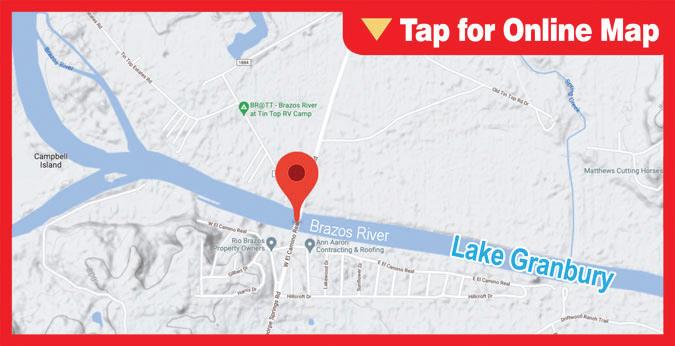
GPS: N 33 2.7, W 101 4.758 (33.0450, -101.0793)

LOCATION: Lake Amistad
HOTSPOT: Dam Area

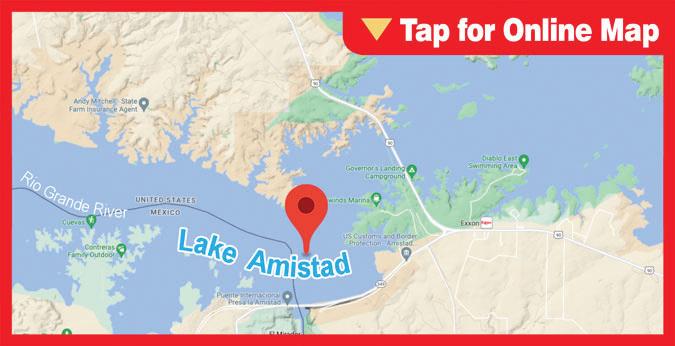
GPS: N 29 27.690 , W 101 03.377 (29.4615, -101.0563)
also be great for targeting suspended crappie with live bait or jigs.
LOCATION: Lake Granbury
HOTSPOT: Lower End Deep Ledge




GPS: N 32 23.014, W 97 42.550 (32 23.014, -97 42.550)
SPECIES: Largemouth Bass
BEST BAITS: Shaky head jigs, jerk baits, crankbaits.
SOURCE: Texas Lakes & Bays Fishing Atlas Fishgame.com/fishgamegear
TIPS: In January, look for bass on the steep banks or use your electronics to find the deep schools of shad. There are lots of steep banks on Alan Henry but especially fish the ones that the sun is hitting directly. Also, time your trip to hit the lake just before a new front is coming and you have had a few days of warming sunshine. If you don’t catch bass on one steep bank, move to another until you get a hit. To search for the schooling shad, look at the mouths of the creeks. Drive around until you see the balls of shad on your electronics and then drop a spoon, little George, or crank bait into the ball of shad. Any creek on the lake can hold schooling fish in January.
SPECIES: White Bass
BEST BAITS: Slabs, spoons


SOURCE: Texas Lakes & Bays Fishing Atlas Fishgame.com/fishgamegear

TIPS: Slow troll silver slabs. Work chrome spoons vertically. Dawn through dusk.
LOCATION: Lake Daniel
HOTSPOT: Goat Island Point
GPS: N 32 38.478, W 98 51.927 (32.641292, -98.865456)
SPECIES: Striped bass

BEST BAITS: 3/4 to 1oz jig heads with 5 inch swimbaits/jerkbaits in blue/chartreuse
SOURCE: Michael Acosta 254-396-4855
TIPS: Work over structure slowly and work deeper until you locate the best depth. Very little movement is required to get bit. Granbury water temperatures will continue to be in the upper 40s and low 50’s. Winter patterns will be in full force with an early spring just around the corner. Striped bass are active and are moving back and forth from the river to deeper water on the main lake. The warmest water on the really cold days is near the bottom of the channel. Find the bait, find the fish. Wintering Birds are in place and are pointing anglers to active feeding fish from the dam to the river above Granbury.
LOCATION: Lake Granbury
HOTSPOT: Tin Top GPS: N 32 34.559, W 97 49.295 (32 34.559, -97 49.295)


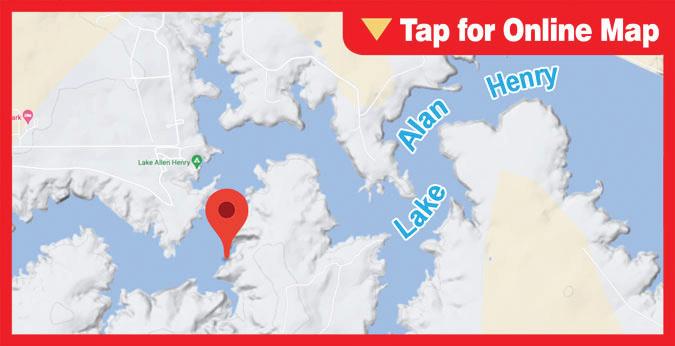
SPECIES: Largemouth bass
BEST BAITS: Umbrella rigs

SOURCE: Jacob Wright, TPWD Abilene 325-692-0921
TIPS: Lake Daniel is a 950-acre impoundment located in Stephens County near the City of Breckenridge. Be warned that the roads to access this hidden gem are not great at times, but if you’re willing to make the trek it can certainly be worth it as two largemouth bass over 13 pounds were caught in this reservoir in 2022. February can be a great time to target trophy largemouth bass on a submerged rock pile located on the south side of Goat Island. Anglers have had success at this location using umbrella rigs in combination with forward facing sonar. This location can
SPECIES: White bass
BEST BAITS: ¼-oz. jig heads with spinners (roadrunners) with 3 inch swimbaits/jerkbaits in white/ chartreuse
SOURCE: Michael Acosta 254-396-4855
TIPS: Swim or bounce your jigs across the bottom. Work the bends in the river and look for fish either in the deeper holes and when active on top of flats adjacent to the deeper water. Granbury water temperatures are in the 50’s. Winter patterns are shifting towards spring as spring is just around the corner. Stripers are active and are moving back and forth from the river to deeper water on the main lake. Wintering Birds
Located in the city of Mineral Wells
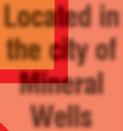
LOCATION: On the east side of Mineral Wells, off US 180
SURFACE AREA: 440 acres


MAXIMUM DEPTH: 30 feet IMPOUNDED: 1920
LAKE MINERAL WELLS HAS GOOD bass and catfish action, but the real star of this lake is its crappie.
Texas Parks & Wildlife Department installed “Crappie Condos” around the lake in 2015 (See this symbol... ...on the map).

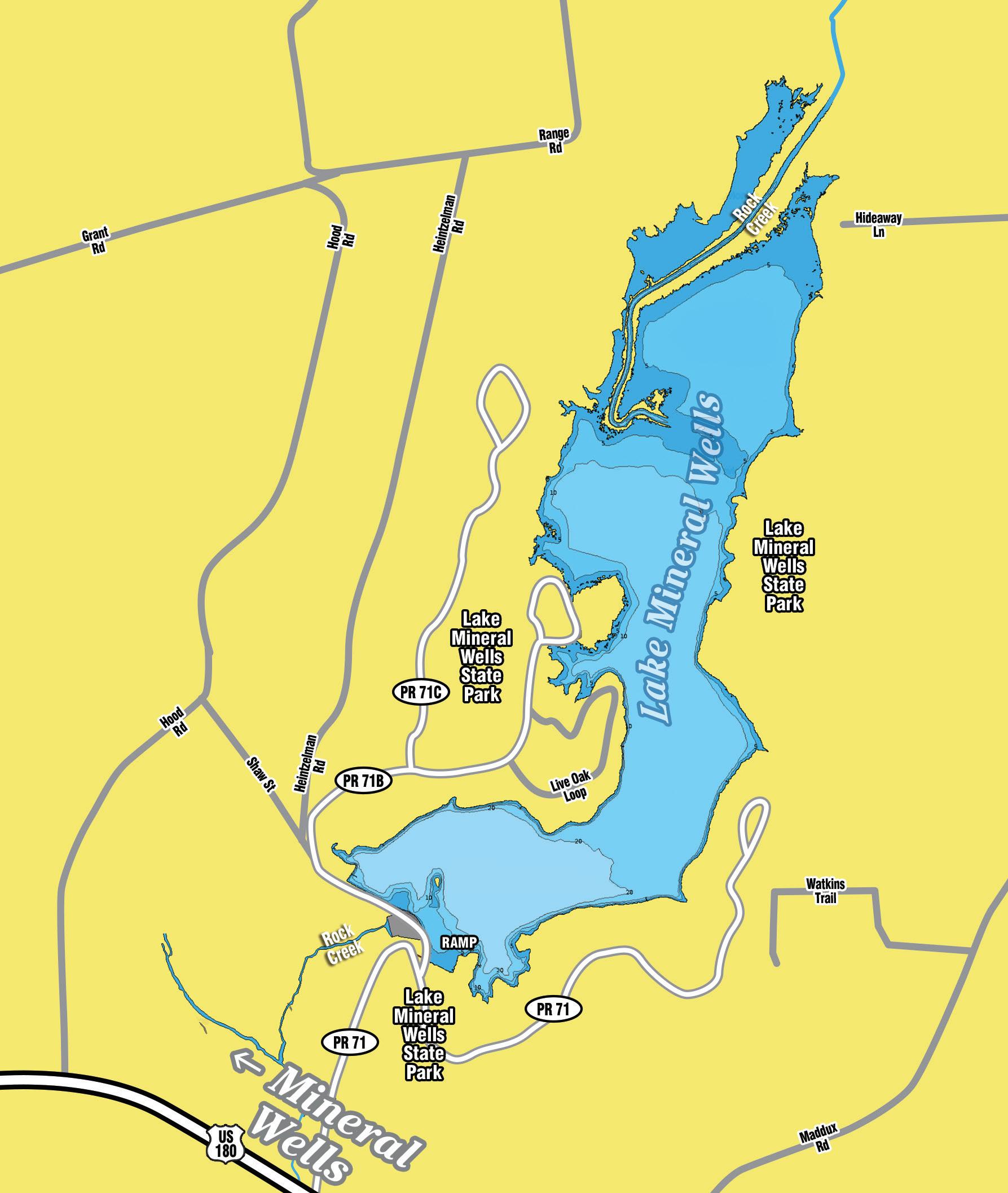
The shoreline also holds isolated brush piles and submerged boulders. And there is standing timber in the upper end.
Anglers can find largemouth bass
and catfish hanging out in deep holes along Rippy Branch in the upper lake.
are still in place and are pointing anglers to active feeding fish from the dam to the river above Granbury. Passing cool fronts will dominate the weather pattern.
LOCATION: Hubbard Creek Res.
HOTSPOT: Big Sandy Creek


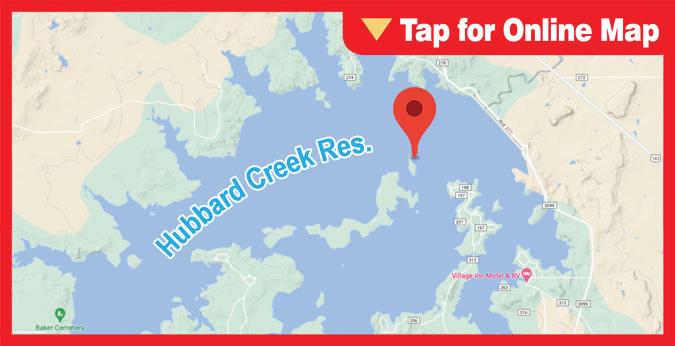
GPS: N 32 49.116, W 98 58.902 (32.8186, -98.9817)
LOCATION: Lake Possum Kingdom
HOTSPOT: Carter Island


GPS: N 32 57.848, W 98 24.097 (32.964133, -98.401617)
LAKE CAPACITY CURRENT %
As of 12/12/2022 AC. FT. AC. FT. FULL

Abilene 7,900 2,866 36%
Alan Henry 96,207 72,384 75%
Amistad 1,840,849 863,672 47%
Amon G Carter 19,266 16,582 86%
Arrowhead 230,359 154,785 67%
Brady Creek 28,808 13,084 45%
Bridgeport 372,183 274,045 74%
Brownwood 130,868 81,906 63%
Champion Creek 41,580 25,136 61%
Cherokee 40,094 37,424 93%
Cisco 29,003 21,042 73%

Coleman 38,075 29,189 77%
Colorado City 30,758 17,367 57%
E V Spence 517,272 96,564 19%
Elephant Butte 1,985,900 201,330 10%


Falcon 1,551,007 227,042 15%
Fort Phantom Hill 70,030 47,943 69%
SPECIES: Crappie

BEST BAITS: Jigs, live bait

SOURCE: Lance Benson, TPWD Abilene 325-692-0921
TIPS: Work chartreuse or black jigs in the stumpy areas, or fish with live minnows. Mid-morning and lated evening.
LOCATION: Lake Kirby
HOTSPOT: Main Lake

GPS: N 32 22.524, W 99 44.041 (32.375396, -99.734020)

SPECIES: Blue & Chann
SPECIES: Striped bass
BEST BAITS: Slabs, jigs

SOURCE: Dean Heffner 940-329-0036 Fav7734@gmail.com
SPECIES: Blue & Channel catfish
BEST BAITS: Prepared baits
SOURCE: Lance Benson, TPWD Abilene 325-692-0921
TIPS: Kirby Lake is small 740 acre reservoir within the city limits of Abilene in Taylor County. Lake Kirby has an incredible Blue and Channel catfish population. January is a great month to fish for catfish with cut carp in shallow water, fishing from the bank. There is plenty of bank access on the east and west side of the reservoir. There is also a fishing pier on the east side that is wheelchair accessible.
TIPS: Watch for active feeding birds as they will put you on active fish but be sure to get off the big motor a thousand yards out and come in on your trolling motor—so you don’t run the fish off, or end up having angry fishermen throwing slabs at you! Slabs and jigs are the ticket, but also try some dead-sticking— which means to put a rod in a holder and fish a few feet off the bottom, not touching it until it gets a bite. Use a trailer like a Mister Twister tail.
LOCATION: Lake Possum Kingdom
HOTSPOT: Oil Well Slough

GPS: N 32 55.322, W 98 27.857 (32.922033, -98.464283)
Graham 45,288 35,588 79%
Granbury 132,949 117,037 88%
Greenbelt 59,968 7,214 12%

Hords Creek 8,109 2,518 31%
Hubbard Creek 313,298 213,821 68%
J B Thomas 199,931 49,643 25%
Kemp 245,307 135,043 55%
Kickapoo 86,345 51,682 60%
Leon 27,762 17,012 61%
Lost Creek 11,950 10,494 88%
Mackenzie 46,450 2,913 6%
Meredith 500,000 154,452 31%
Millers Creek 26,768 16,811 63%
Mineral Wells 5,273 4,202 80%
Nasworthy 9,615 8,368 87%
Natural Dam 9,615 8,368 87%
Nocona 21,444 16,221 76%
N. Fork Buffalo Cr. 15,400 6,849 45%
O C Fisher 115,742 3,751 3%
O H Ivie 554,340 222,292 40%
Oak Creek 39,210 19,371 49%
Palo Duro 61,066 275 1%

Palo Pinto 26,766 15,274 57%
Pat Cleburne 26,008 15,053 58%
Possum Kingdom 538,139 443,205 82%
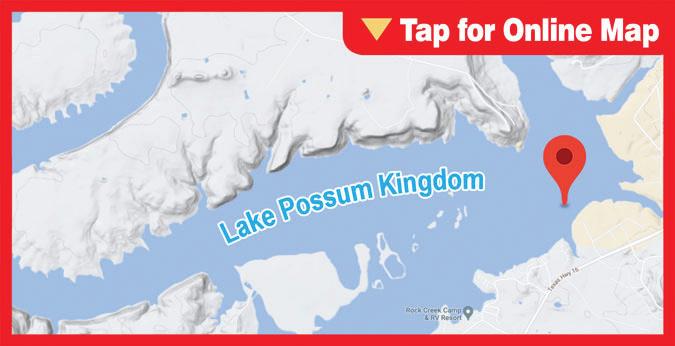
Proctor 54,762 23,894 44%
Red Bluff 151,110 94,891 63%
Squaw Creek 151,250 151,250 100%
Stamford 51,570 33,102 64%
Sweetwater 12,267 7,471 61%
Twin Buttes 182,454 53,350 29%
White River 29,880 4,314 14%
Fav7734@gmail.com
SPECIES: Blue & Chann
SPECIES: Striped bass
BEST BAITS: Slabs, jigs, RatLTraps, crankbaits, umbrella rigs

SOURCE: Dean Heffner 940-329-0036
TIPS: Watch the birds and run the 20-foot breakline, looking for fish on your graph. You can slab, jig, dead-stick, or troll RatLTraps, white crankbaits or umbrella rigs this time of year. The weather determines which tactic will work best. If all else fails, buy some live bait. If it’s unseasonably warm, you can go deep and actually get some live shad. • • • • •

The following pages contain TIDE and SOLUNAR predictions for our Base Point, Galveston Channel (N 29.317, W 94.88)







































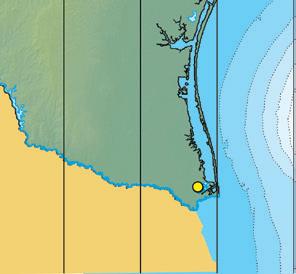



Tidal movement and daily phases of the moon have varying degrees of influence on many fish and game species.
AM & PM MINOR phases occur when the moon rises and sets. These phases last 1 to 2 hours.



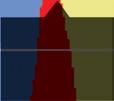




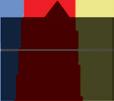




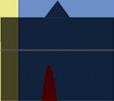
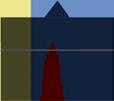



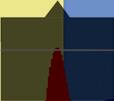
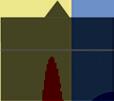
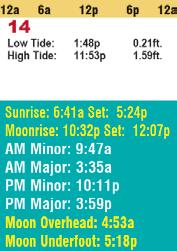




AM & PM MAJOR phases occur when the moon reaches its highest point overhead as well as when it is “underfoot” or at its highest point on the exact opposite side of the earth from your positoin (or literally under your feet). Most days have two Major Feeding Phases, each lasting about 2 hours.


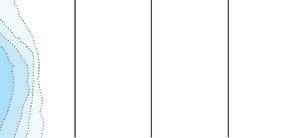
PEAK TIMES: Our Forecast Calendar uses both Tide and SoLunar projections to predict the best fishing times and days. Generally, if a SoLunar Period (Major/Minor) falls within an hour of sunrise or sunset, fishing conditions should be better. On certain days where Tidal Activity is stronger, the best fishing times may fall ouside the normal SoLunar range. While tides are not a direct factor in FRESHWATER FISHING, SoLunar Activity still accounts for increased feeding activity in freshwater species. It is also a prime factor in the movement and feeding habits of game species.














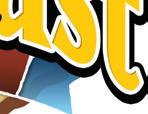
TIDE PREDICTIONS are located in the White Area at the top of the Calendar Pages. You can use the CONVERSION TABLE below to make adjustments. It is keyed to 23 other tide stations along the Texas Coast (see these map icons: T1 ). Adjust low and high tide times, plus or minus in minutes, from the times given for the Base Point at Galveston Channel.



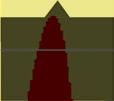
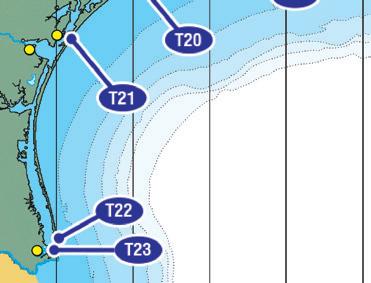





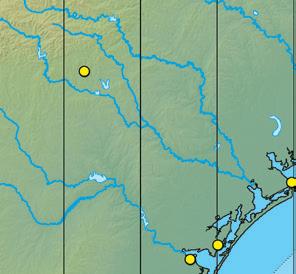

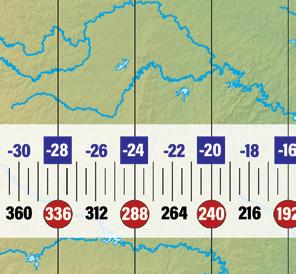


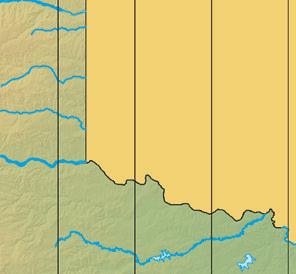
SOLUNAR ACTIVITY is shown in the Green Boxes on the Calendar pages. Moon Overhead and Underfoot times are given in the SoLunar Box and illustrated on the Fishing Graph.


Use the SOLUNAR ADJUSTMENT SCALE on the map below to adjust times for points East and West of our Base Point at Galveston Channel.
Moon Overhead: 1:32a





Moon Underfoot: 1:56p


AM Major: 6:17a
PM Minor: 8:54p


PM Major: 2:43p


Moon Overhead: 3:47a
Moon Underfoot: 4:07p
Sunrise: 7:13a Set: 5:38p
Moonrise: 10:53p Set: 9:19a
AM Minor: 3:09a
AM Major: 6:56a
PM Minor: 9:39p







PM Major: 3:29p




Moon Overhead: 4:28a
Moon Underfoot: 4:48p
Sunrise: 7:13a Set: 5:39p
Moonrise: 11:48p Set: 10:04a
AM Minor: 3:53a
AM Major: 7:37a PM Minor: 10:24p PM Major: 4:14p Moon Overhead: 5:08a Moon Underfoot: 5:29p












Sunrise: 7:13a Set: 5:43p
Moonrise: 4:02a Set: 1:29a
AM Minor: 7:44a
AM Major: 11:30a
PM Minor: 2:00p










PM Major: 8:15p
Moon Overhead: 9:14a
Moon Underfoot: 9:45p
Sunrise: 7:13a Set: 5:44p
Moonrise: 5:12a Set: 2:24a
AM Minor: 8:40a
AM Major: -----


PM Minor: 2:56p





PM Major: 9:13p
Moon Overhead: 10:17a

Moon Underfoot: 10:50p
Sunrise: 7:11a Set: 5:49p
Moonrise: 10:08a Set: 8:33a
AM Minor: 2:21a


AM Major: 4:58a
PM Minor: 8:57p
PM Major: 2:45p




























Moon Overhead: 4:11p
Moon Underfoot: 3:47a
Sunrise: 7:10a Set: 5:50p
Moonrise: 10:40a Set: 9:27a
AM Minor: 3:15a
AM Major: 5:48a
PM Minor: 9:50p
PM Major: 3:38p










Moon Overhead: 4:58p
Moon Underfoot: 4:35a
Sunrise: 7:10a Set: 5:51p Moonrise: 11:11a Set: 10:17a AM Minor: 4:05a AM Major: 6:39a PM Minor: 10:40p
Sunrise: 7:07a Set: 5:56p
Moonrise: 2:25p Set: 1:42a
AM Minor: 7:54a
AM Major: 10:53a
PM Minor: 2:07p


PM Major: 8:20p
Moon Overhead: 9:48p
Moon Underfoot: 9:23a
Sunrise: 7:07a Set: 5:56p
Moonrise: 3:16p Set: 2:27a
AM Minor: 8:40a
AM Major: 11:53a
PM Minor: 2:53p

PM Major: 9:05p
Moon Overhead: 10:39p Moon Underfoot: 10:14a
Sunrise: 7:13a Set: 5:41p Moonrise: 12:45a Set: 11:32a AM Minor: 5:20a AM Major: 9:04a PM Minor: 11:55p PM Major: 5:43p Moon Overhead: 6:34a Moon Underfoot: 6:57p Sunrise: 7:09a Set: 5:53p
1:32p Moon Underfoot: 1:01a
PRIME TIME PRIME TIME
PRIME TIME
Sunrise: 6:57a Set: 6:07p
Moonrise: 2:53a Set: 12:23a
AM Minor: 6:38a
AM Major: 10:16a
PM Minor: 12:54p


PM Major: 7:09p
Moon Overhead: 8:00a
Moon Underfoot: 8:31p
2:23a
Sunrise: 6:44a Set: 6:18p
Moonrise: 1:11p Set: 12:36a
AM Minor: 6:49a
AM Major: 10:10a

PM Minor: 1:02p

PM Major: 7:15p
Moon Overhead: 8:34p
Moon Underfoot: 8:09a
Sunrise: 7:02a Set: 6:02p
Moonrise: 9:43p Set: 7:50a
AM Minor: 1:40a

AM Major: 5:43a
PM Minor: 8:11p
PM Major: 2:01p




















Moon Overhead: 3:08a
Moon Underfoot: 3:28p
Sunrise: 6:57a Set: 6:08p
Moonrise: 4:00a Set: 1:19a
AM Minor: 7:35a
AM Major: 11:03a
PM Minor: 1:51p
PM Major: 8:07p
Moon Overhead: 9:03a
Moon Underfoot: 9:35p
Sunrise: 6:50a Set: 6:13p
Moonrise: 9:09a Set: 7:54a
AM Minor: 1:42a
Major: 1:06a MONDAY TUESDAY WEDNESDAY THURSDAY FRIDAY SATURDAY SUNDAY MONDAY TUESDAY WEDNESDAY THURSDAY FRIDAY SATURDAY SUNDAY MONDAY TUESDAY WEDNESDAY THURSDAY FRIDAY SATURDAY SUNDAY MONDAY TUESDAY WEDNESDAY THURSDAY FRIDAY SATURDAY SUNDAY PRIME TIME



AM Major: 4:37a PM Minor: 8:18p PM Major: 2:06p


Moon Overhead: 3:35p Moon Underfoot: 3:12a
Minor: 4:42p PRIME TIME PRIME TIME PRIME TIME PRIME TIME
Sunrise: 6:43a Set: 6:18p
Moonrise: 2:04p Set: 1:23a
AM Minor: 7:35a
AM Major: 11:00a
PM Minor: 1:48p
PM Major: 8:00p Moon Overhead: 9:25p Moon Underfoot: 9:00a
Minor: 3:56p PRIME TIME PRIME TIME PRIME TIME PRIME TIME
Major: 10:07p PRIME TIME PRIME TIME PRIME TIME PRIME TIME
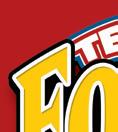
Sunrise: 7:02a Set: 6:03p Moonrise: 10:39p Set: 8:37a AM Minor: 2:26a AM Major: 6:27a PM Minor: 8:57p PM Major: 2:47p Moon Overhead: 3:49a Moon Underfoot: 4:10p

Overhead: 11:44p PRIME TIME PRIME TIME PRIME TIME PRIME TIME
Major: 10:57p Moon Overhead: 12:11p Moon Underfoot: None Sunrise: 6:40a Set: 6:20p Moonrise: 4:54p Set: 3:34a AM Minor: 9:45a AM Major: 1:05a PRIME TIME PRIME TIME PRIME TIME PRIME TIME

Major: 4:25p 1 ft. 1 ft.
Minor: 10:36p 0 ft. 0 ft.






















































Overhead: 5:16a Moon Underfoot: 5:40p Sunrise: 6:47a Set: 6:15p Moonrise: 10:54a Set: 10:34a AM Minor: 4:21a AM Major: 7:28a PM Minor: 10:59p PM Major: 4:46p Moon Overhead: 6:02p Moon Underfoot: 5:37a 2 ft. 2 ft.

12a 6a 12p 6p 12a 6a 12p 6p 12a 6a 12p 6p 12a 6a 12p 6p 12a 6a 12p 6p 12a 6a 12p 6p 12a 6a 12p 6p 12a 12a 6a 12p 6p 12a 6a 12p 6p 12a 6a 12p 6p 12a 6a 12p 6p 12a 6a 12p 6p 12a 6a 12p 6p 12a 6a 12p 6p 12a PRIME TIME
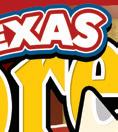

PM -1ft. -1ft.
Moon 1 ft. 1 ft.
Underfoot: 11:22a PRIME TIME PRIME TIME PRIME TIME


Sunrise: 6:54a Set: 6:10p Moonrise: 6:46a Set: 4:13a AM Minor: 10:27a 2 ft. 2 ft.
PM 0 ft. 0 ft.












Sunrise: 7:28a Set: 7:26p
Moonrise: 2:48a Set: 12:18a
AM Minor: 6:33a
AM Major: 10:03a
PM Minor: 12:48p
PM Major: 7:04p
Moon Overhead: 7:51a
Moon Underfoot: 8:22p
Sunrise: 6:35a Set: 6:23p
Moonrise: 8:34p Set: 6:23a
AM Minor: 12:13a

AM Major: 4:23a

PM Minor: 6:44p


PM Major: 12:33p
Moon Overhead: 1:49a
Moon Underfoot: 2:09p
Sunrise: 6:34a Set: 6:23p
Moonrise: 9:32p Set: 7:10a
AM Minor: 12:59a
AM Major: 5:12a




PM Minor: 7:31p
PM Major: 1:20p

























































Moon Overhead: 2:31a

Moon Underfoot: 2:52p
8:04a Set: 6:30a
AM Minor: 12:17a
AM Major: 3:23a
PM Minor: 6:54p
PM Major: 12:42p

Moon Overhead: 2:23p
Moon Underfoot: 1:59a
Sunrise: 7:27a Set: 7:27p
Moonrise: 3:50a Set: 1:17a
AM Minor: 7:32a
AM Major: 10:47a
PM Minor: 1:48p
PM Major: 8:03p
Moon Overhead: 8:53a
Moon Underfoot: 9:24p
Sunrise: 7:26a Set: 7:28p
Moonrise: 4:46a Set: 2:14a
Sunrise: 7:12a Set: 7:34p
Moonrise: 12:56p Set: 12:25a
AM Minor: 6:38a
AM Major: 10:00a
PM Minor: 12:50p
PM Major: 7:03p
Moon Overhead: 8:18p
Moon Underfoot: 7:53a
Sunrise: 7:19a Set: 7:31p
Moonrise: 8:37a Set: 7:21a
AM Minor: 1:09a




AM Major: 4:25a
PM Minor: 7:46p
PM Major: 1:33p
Moon Overhead: 3:11p
Moon Underfoot: 2:47a
Sunrise: 7:18a Set: 7:31p
Moonrise: 9:11a Set: 8:15a
AM Minor: 2:03a
AM Major: 5:27a
PM Minor: 8:40p
PM Major: 2:28p











Moon Overhead: 4:01p
Moon Underfoot: 3:36a
Sunrise: 7:11a Set: 7:35p
Moonrise: 1:51p Set: 1:14a
AM Minor: 7:26a
AM Major: 10:44a
PM Minor: 1:39p





PM Major: 7:51p
Moon Overhead: 9:08p
Moon Underfoot: 8:43a

KEITH COMBS, A record-se ing three-time winner of the Toyota Texas Bass Classic, loves power shing. In particular, he’s deadly with a deep-diving crankbait such as a Strike King 6XD or 10XD on o shore structure. When the inevitable late fall and winter cold snaps hit the Lone Star State, however, he turns to a more nesse-oriented approach.

It’s a vertical form of jigging, which in Tennessee they might call “Damiki Rigging,” but he adds his own twists to it to make it most e ective at fooling and landing Texas-sized bass.
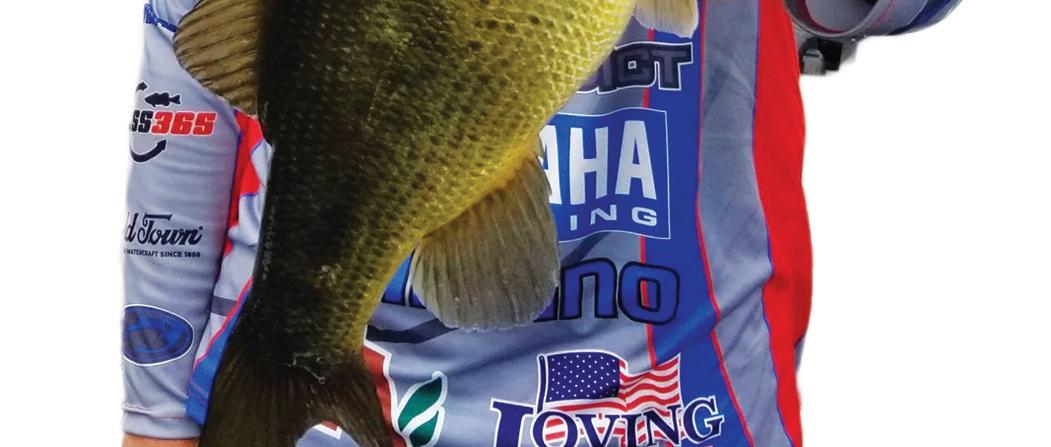
“When we get into the colder months, the shad start to slow down,” he explained. “And when a cold front comes through that’s particularly pronounced. I’m usually talking here about water temperatures in the low 50s. One of my favorite ways to catch them in those circumstances is to sh vertically with a Strike King Baby Z Too so jerkbait.”
always in Pearl) on a handmade 3/8 or ½ ounce jig head.
Why so heavy? “I want to get it down to him as quickly as I can when I see him on the graph.” e key to the proper jig head is that it have a 90 degree eye, which means that the bait will sit perfectly horizontal at rest.
Once the lure is directly above the targeted bass, in its line of sight, he tends to do very li le in terms of manipulation. Remember, the shad at this time of year are generally inactive.

However, if he sees a sh move toward the lure on his Humminbird unit, he’ll impart miniscule shakes to trigger a bite. If the sh doesn’t approach in a ack mode, but rather makes a slow ascent in the general direction of the lure, he’ll raise his rod tip slightly to move it away, again to force some sort of triggering.

Although many of the Tennesseans and northerners may use spinning gear for this kind




of vertical jigging, Combs still relies upon baitcasting tackle, although it’s slightly downsized from what he uses for most other techniques.
It starts with a 6-foot,10-inch medium-heavy Shimano Zodias rod, which he pairs with a Metanium MGL reel. “It’s just a personal preference,” he said of the baitcasting gear. “I know a lot of anglers think that a spinning reel gives them a big advantage here because you need to have an ultra-smooth drag system, but I get that from the MGL.”
He spools the reel with 30-pound test Seaguar Smackdown braid with a 12-foot leader of 10-pound test InvisX a ached to it. Not only does the braid provide him with a direct sense of feel, but it doesn’t su er through the inevitable line twist of straight uoro.


He’ll spend ample time looking for the bait rst, plying creek channels and ditches until he sees the intersection of shad and bass. “If you nd sh around bait,” he said. “I can almost guarantee you this will work.”
He’ll spend ample time looking for the bait

On lakes like Sam Rayburn or Toledo Bend, that usually means drains that drop from 15 to 18 feet at the edge down to 25 or 30 feet. On a steeper, clearer reservoir like Amistad, the key depths are likely to be greater. O en the depth range is pa ernable, but he cautioned anglers not to get too locked in which can result in missing key schools.
He’ll use his Humminbird down-imaging and two-dimensional sonar to nd the sh, and then back o of them and target individual specimens with his Mega Live technology. A er that it’s usually just a short pitch cast to see if the sh is interested.
“You always want to hover it right over the sh’s head,” he explained. “It should look like one shad just si ing there.” He rigs the Baby Z-Too (almost

One key is to make sure that you let the sh eat the bait before you set the hook – in this era of “video game shing” it’s easy to pull the trigger too soon and snatch it away from them. “Once they’re hooked, you’ve usually got them,” Combs added. “ at’s typical of cold water
Combs added. “ at’s typical of cold water shing.” a spinner and a small swimbait – such as a Strike King Rage Swimmer 3.3 – on the deck of his sh show a decided preference for one of he’d rather be hunting those ditch sh and picking out the ones he wants to
Although the vertical jig head is his prime tool under these conditions, he also keeps a tailspinner and a small swimbait – such as a Strike King Rage Swimmer 3.3 – on the deck of his Ranger throughout the winter. Some days the sh show a decided preference for one of the others, but if Combs can’t be cranking, he’d rather be hunting those ditch sh and picking out the ones he wants to catch with his Baby Z Too.
Email Pete Robbins at ContactUs@fishgame.com





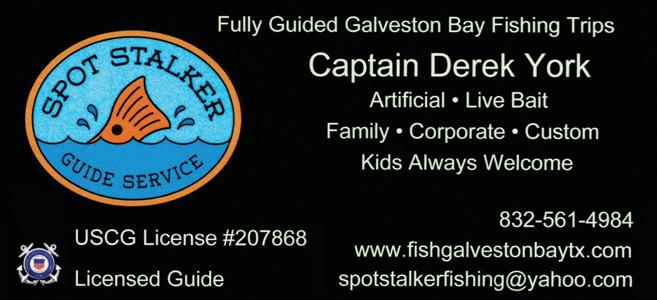



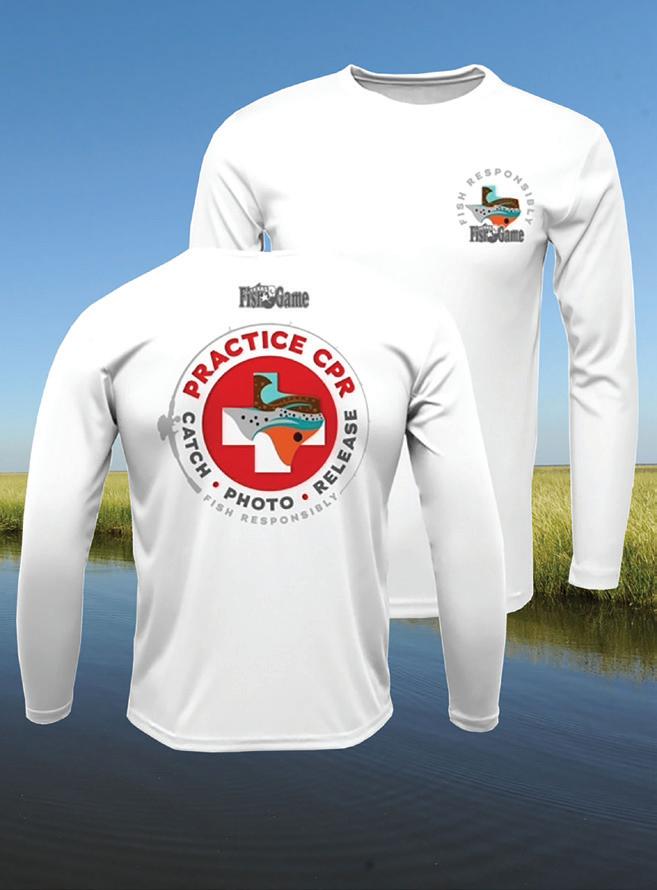
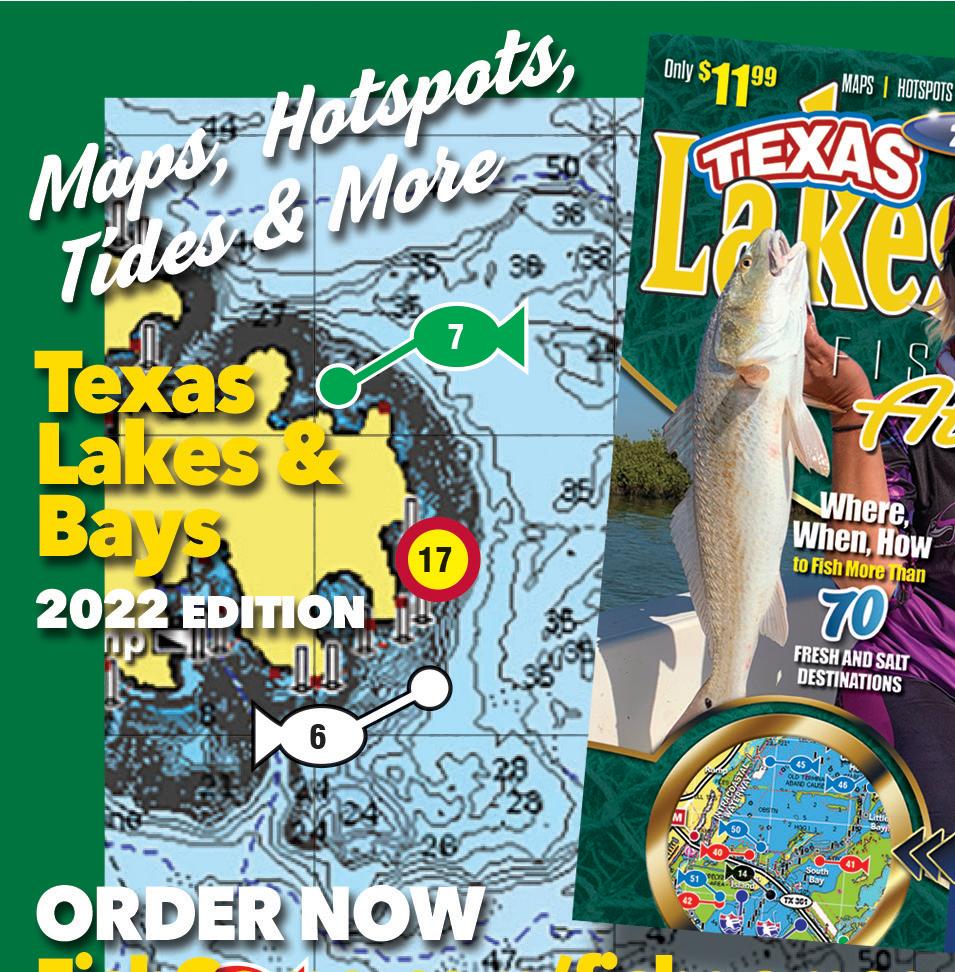
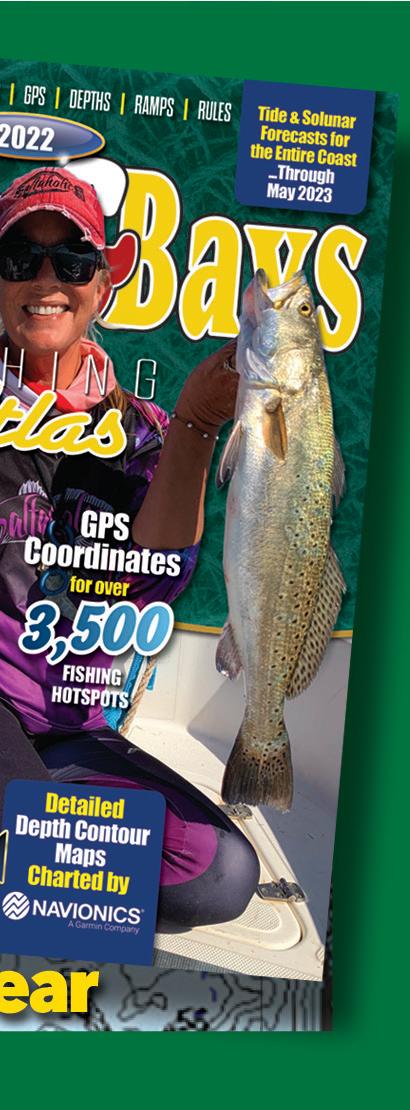







Ethan



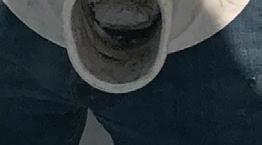





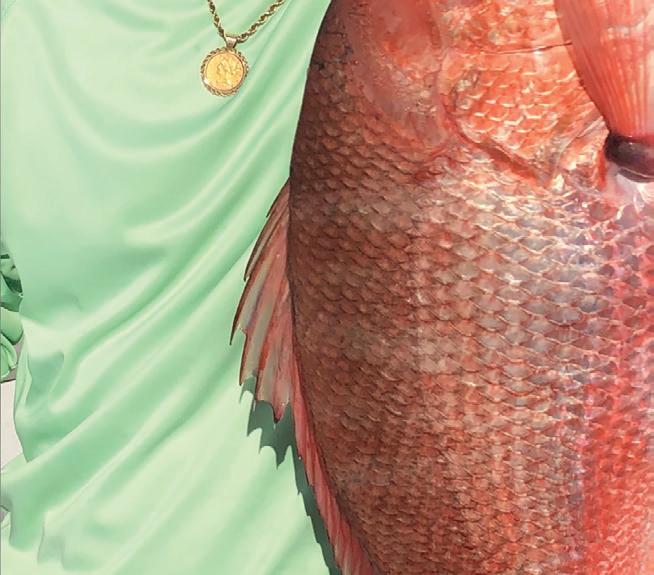

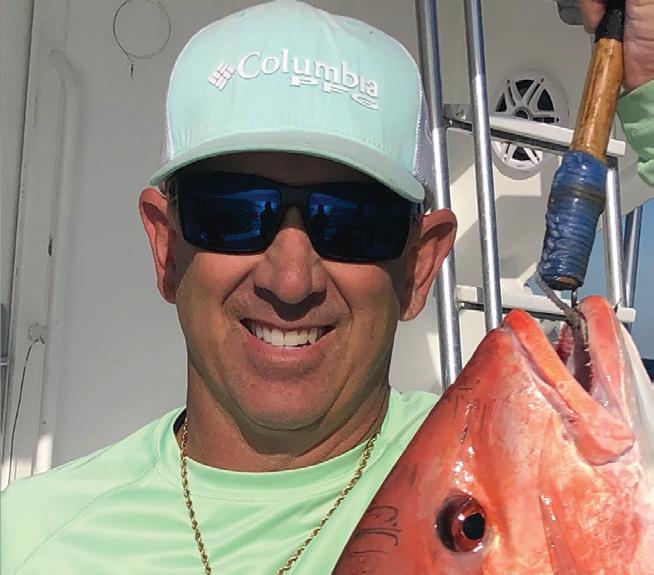
Phil

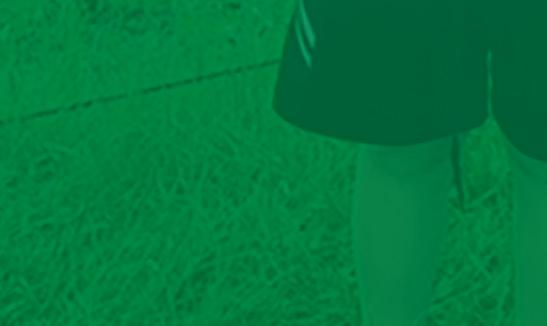

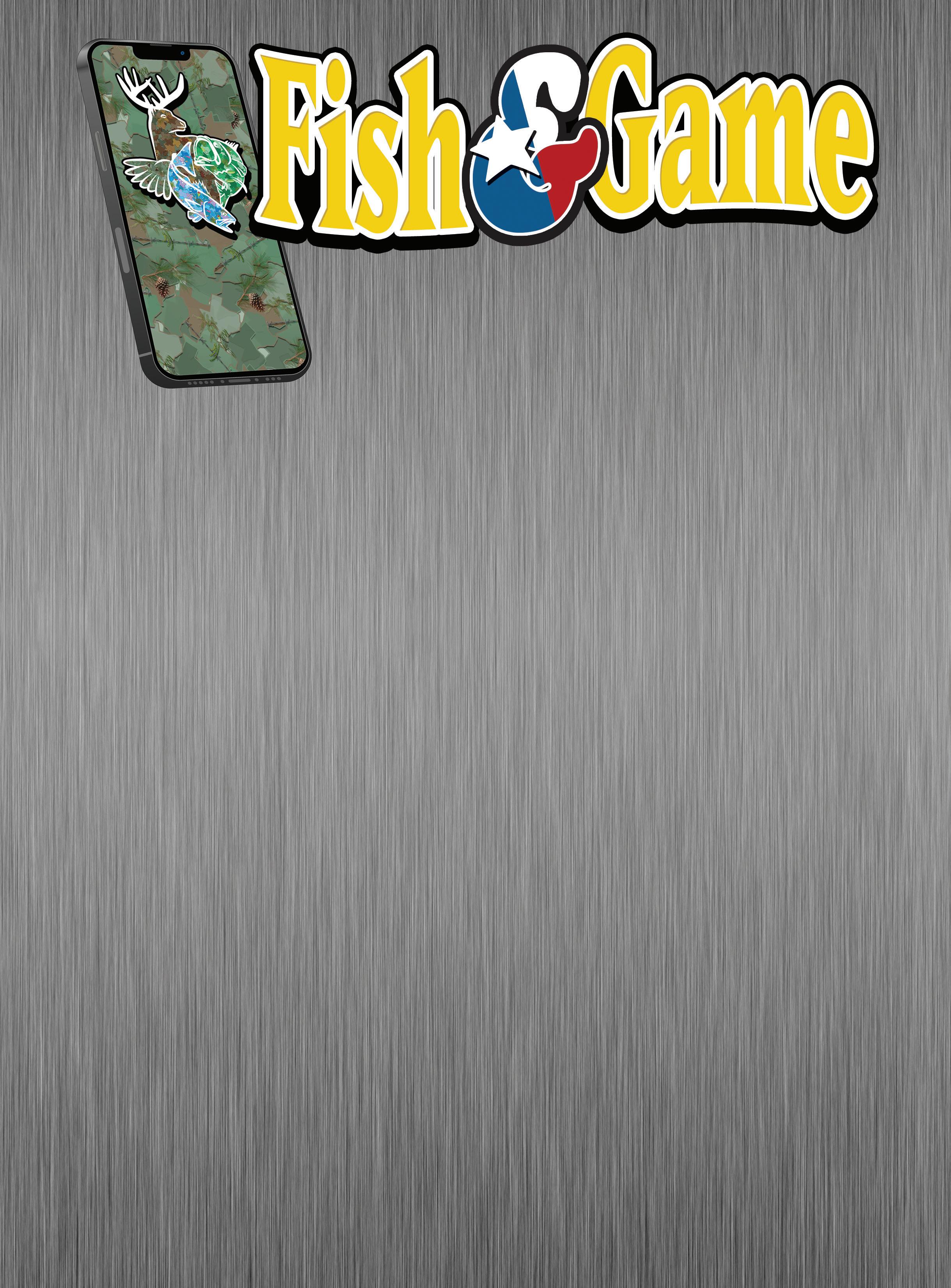

Alaska

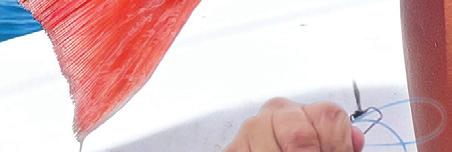
Kenneth
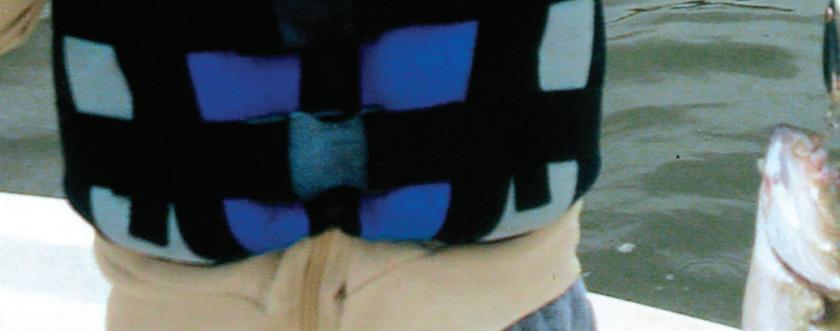
SEND YOUR ACTION PICS TO Photos@FishGame.com For best results, send MED to HIGH quality JPEG digital files only, please.
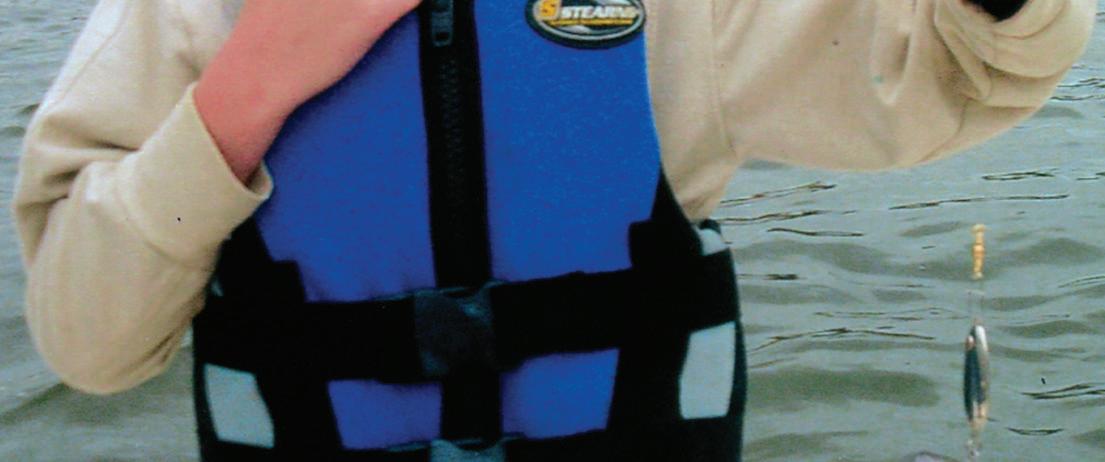
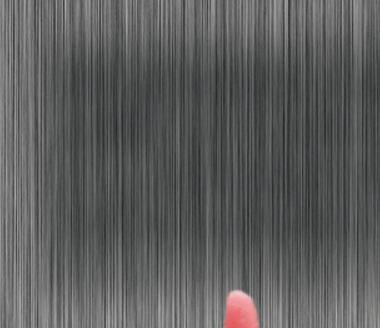


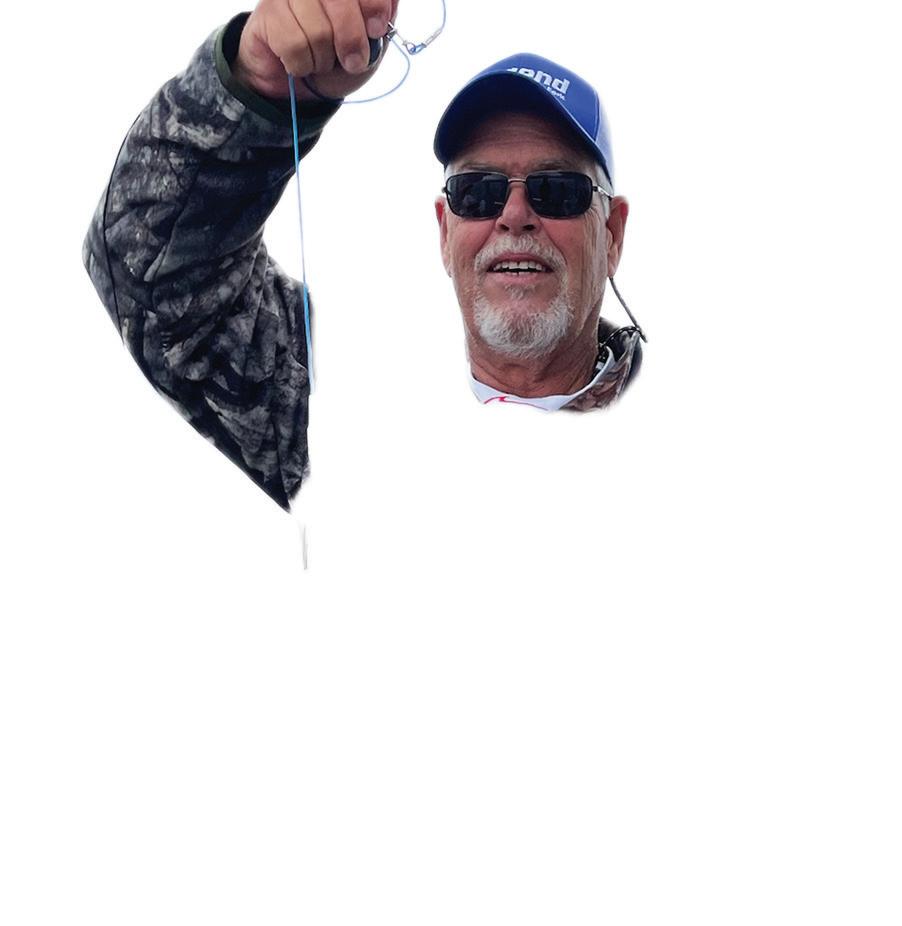
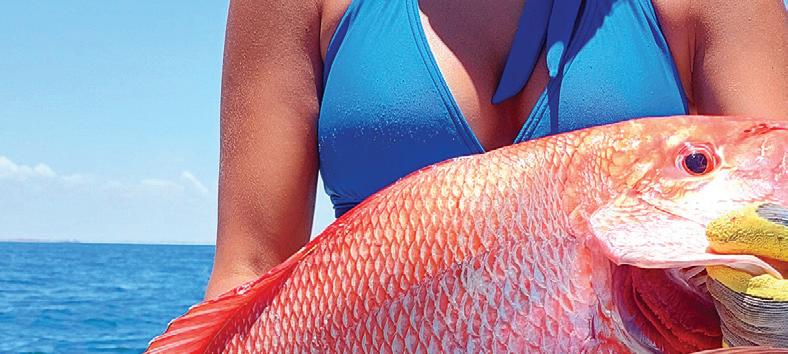

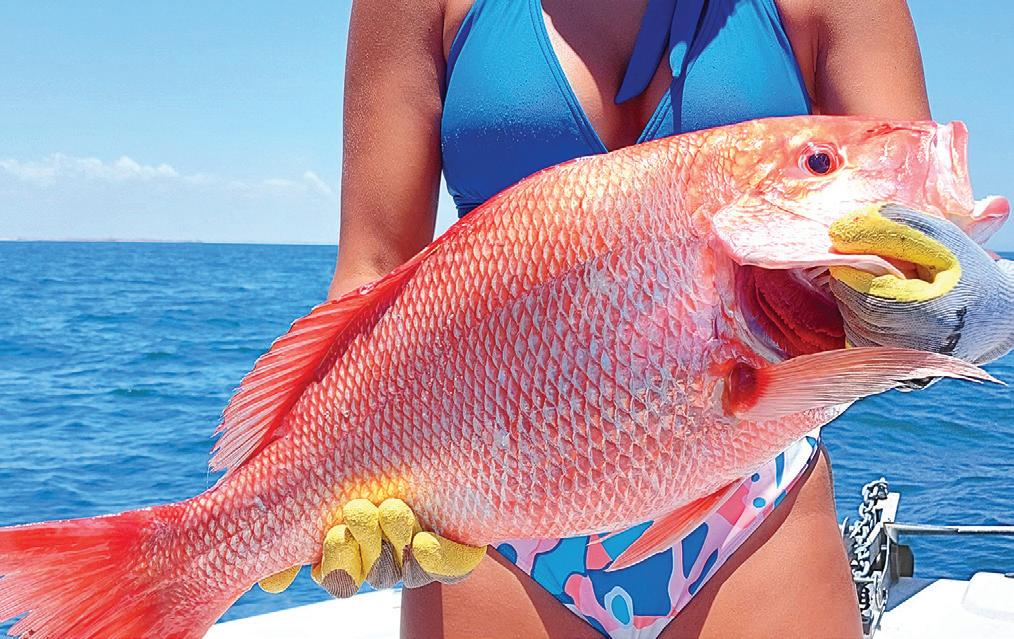

No guarantee can be made as to when, or if, a submitted






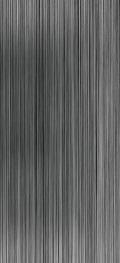
Six-year-old
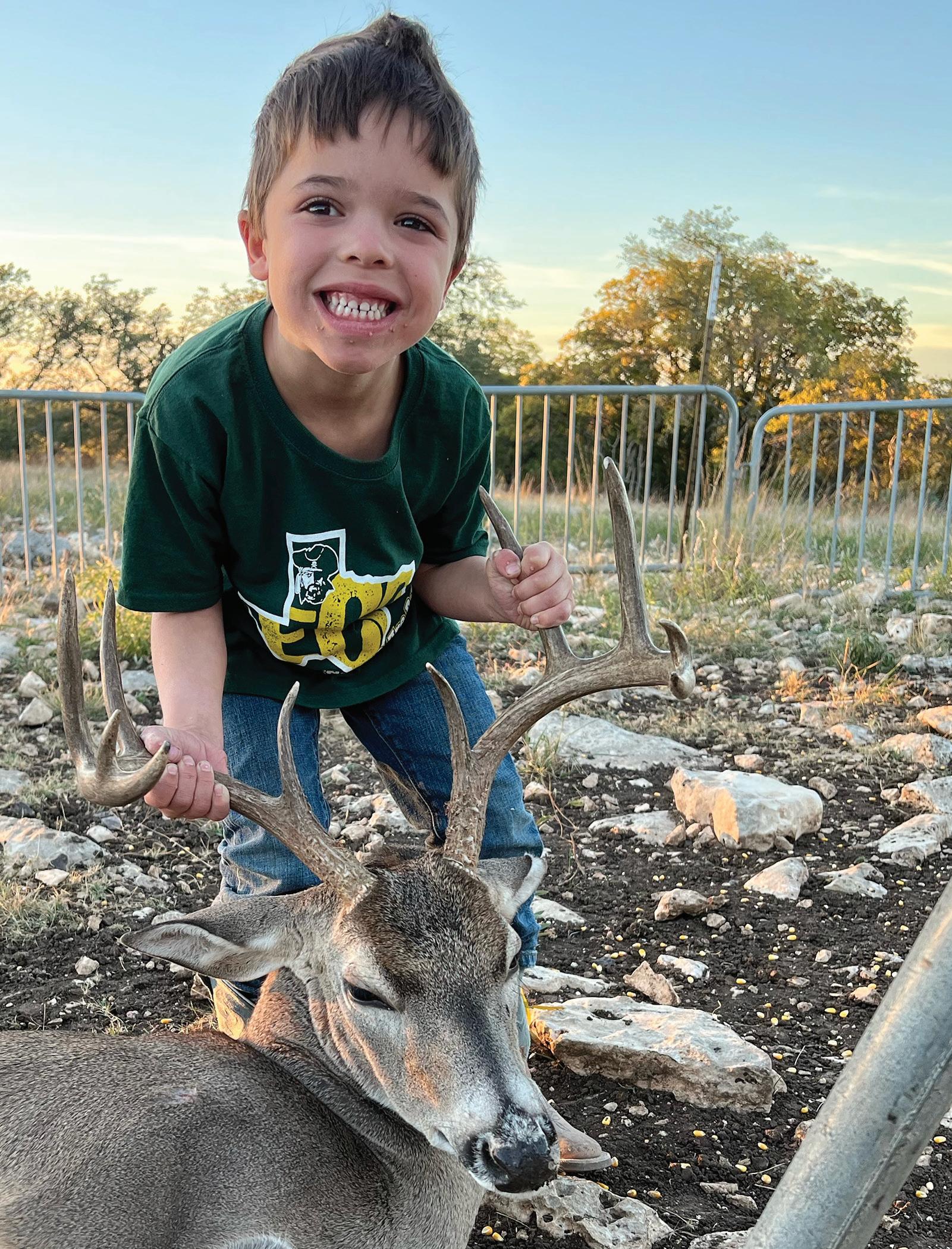
Five-year-old

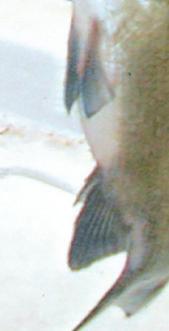 Barnett caught this halibut while fishing in Icy Point Strait, Alaska.
RED SNAPPER
Port Mansfield
Victoria Islas caught her first red snapper while fishing out of Port Mansfield.
photo
Duke Hatcher of Winnie with his first deer, a 10-point he shot while hunting near Harper.
Barnett caught this halibut while fishing in Icy Point Strait, Alaska.
RED SNAPPER
Port Mansfield
Victoria Islas caught her first red snapper while fishing out of Port Mansfield.
photo
Duke Hatcher of Winnie with his first deer, a 10-point he shot while hunting near Harper.
